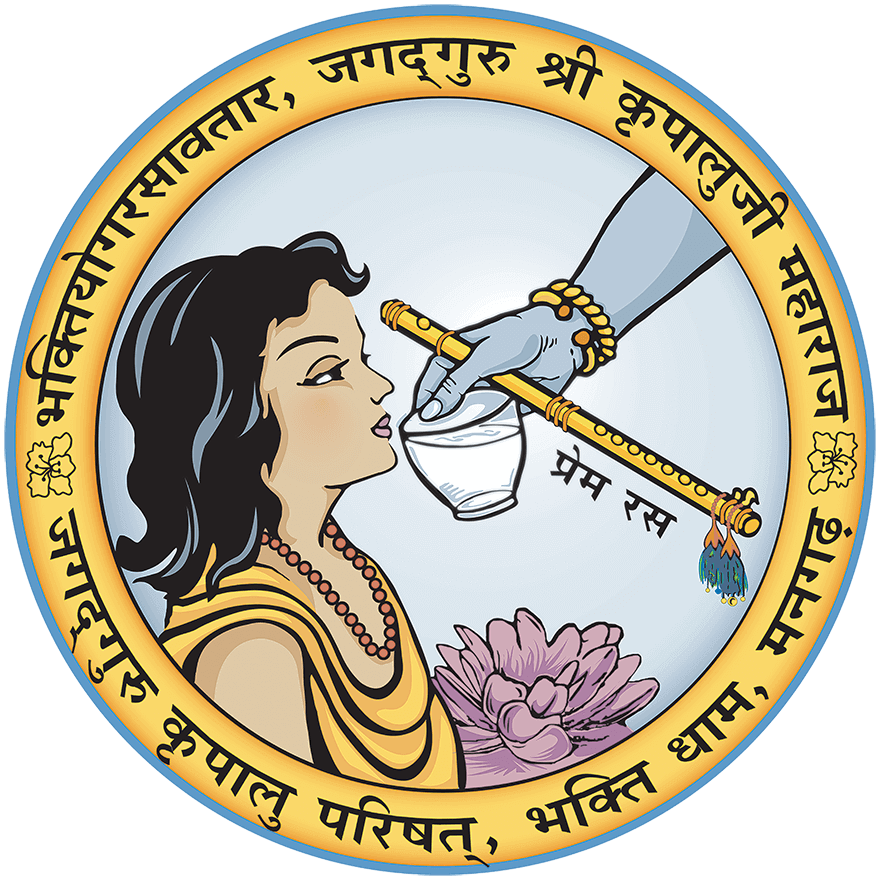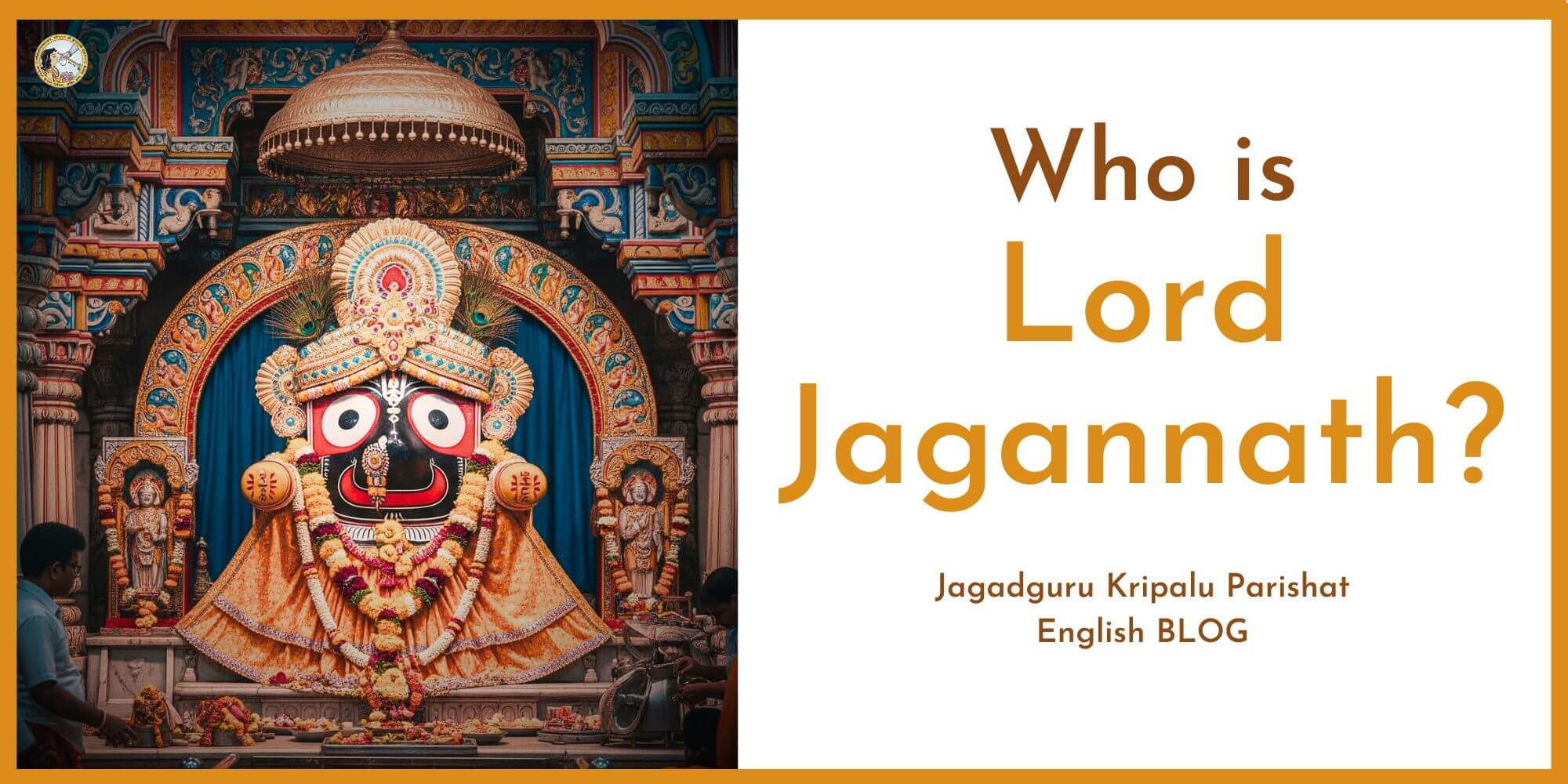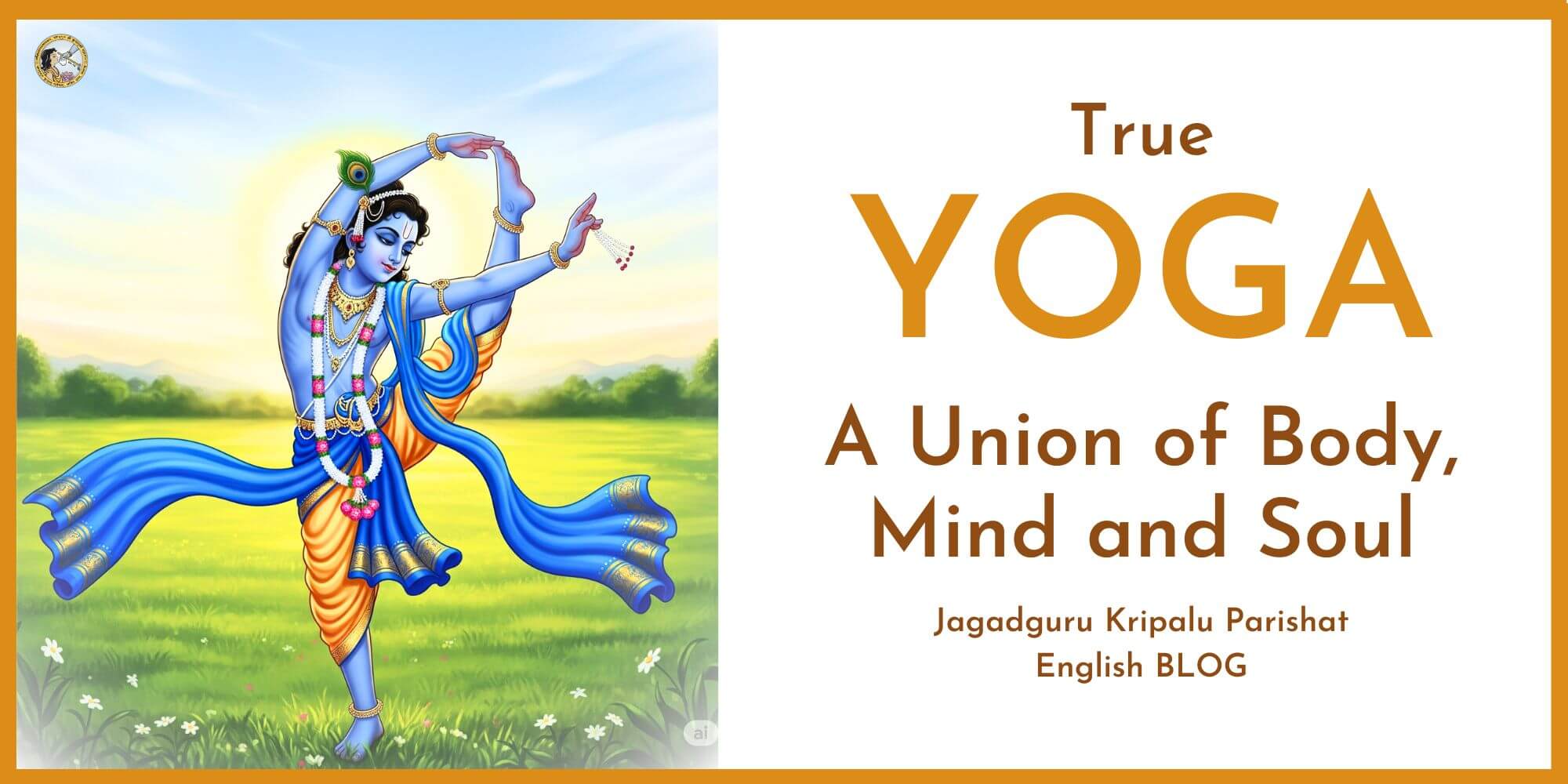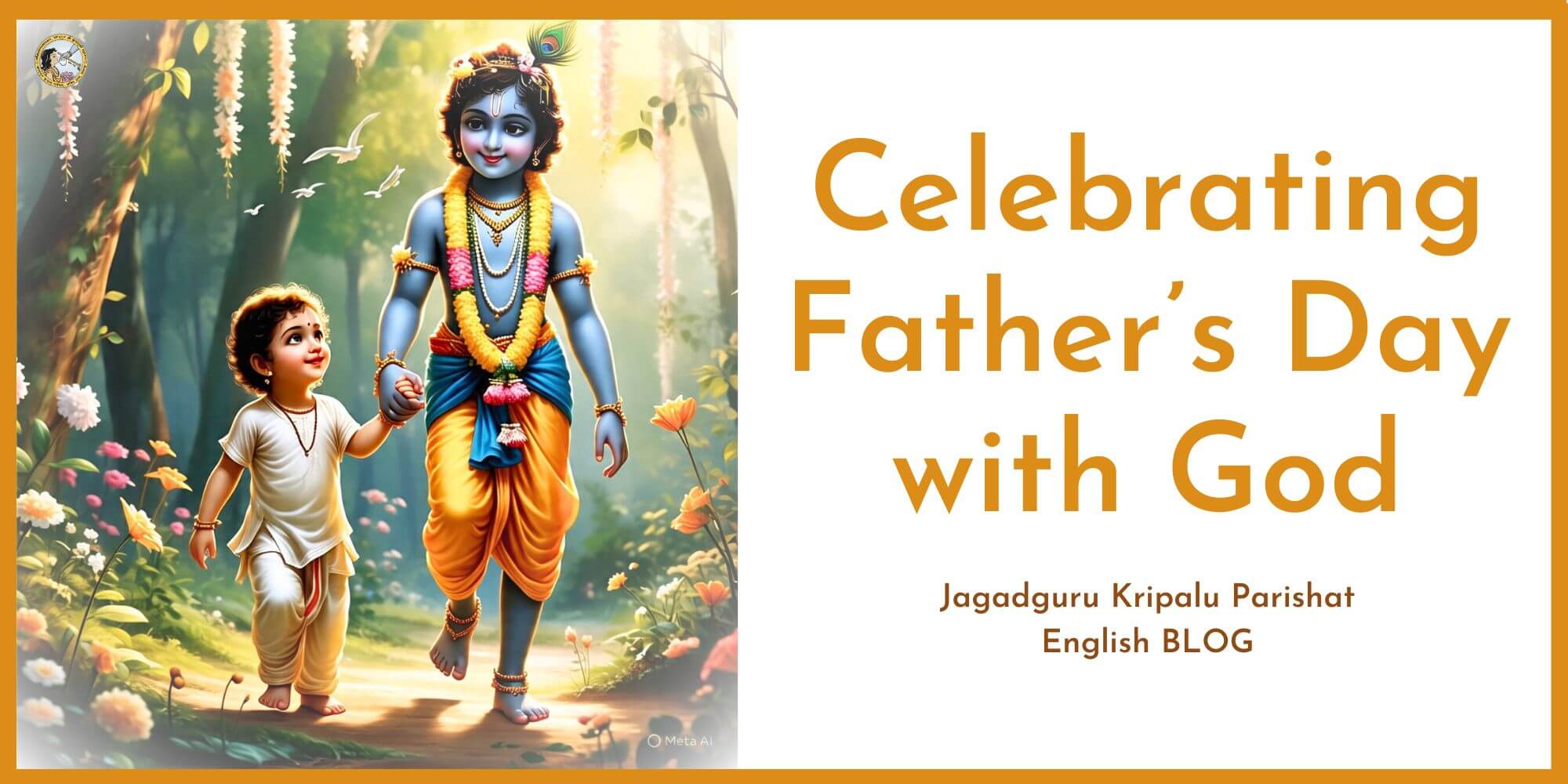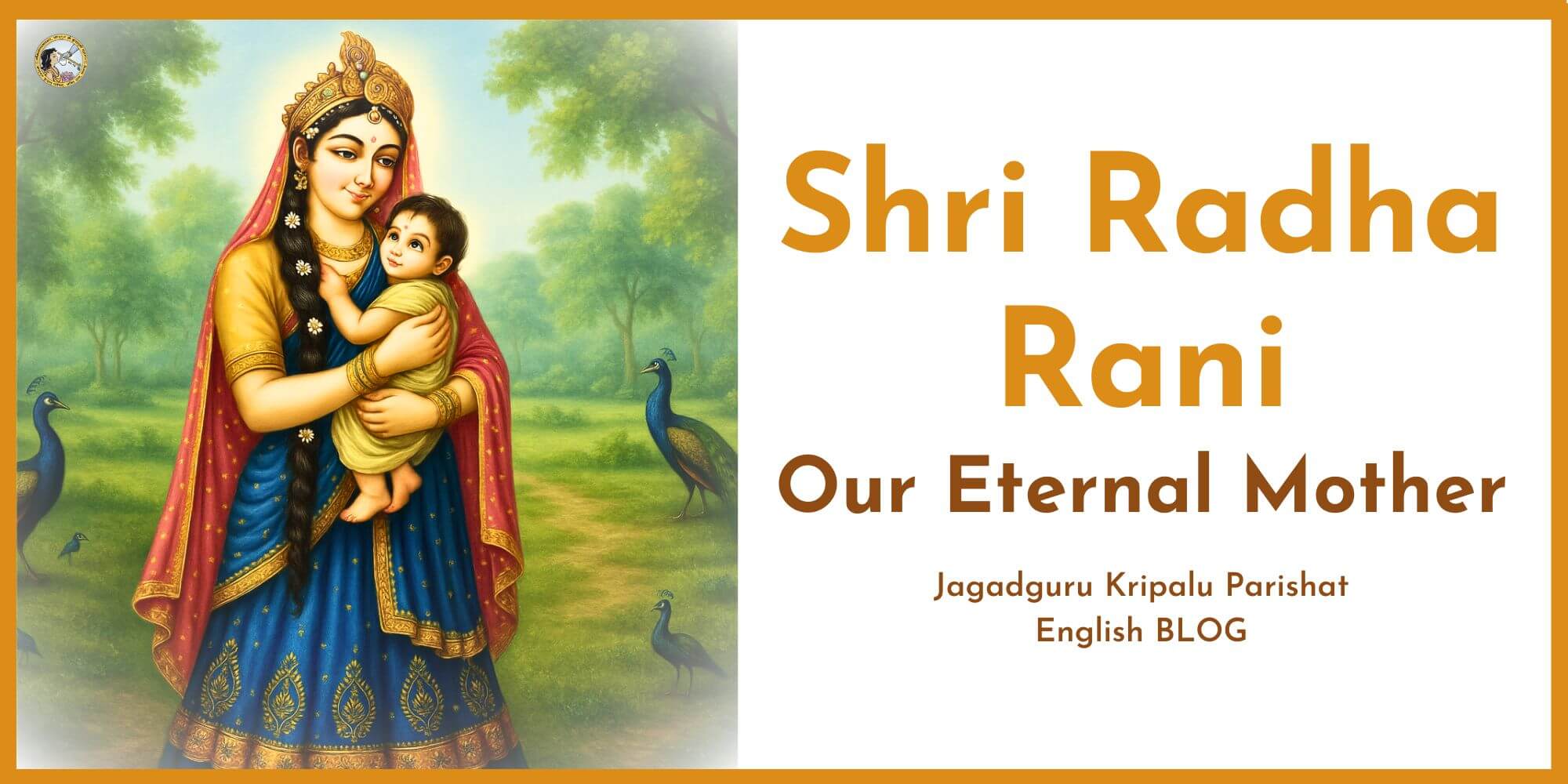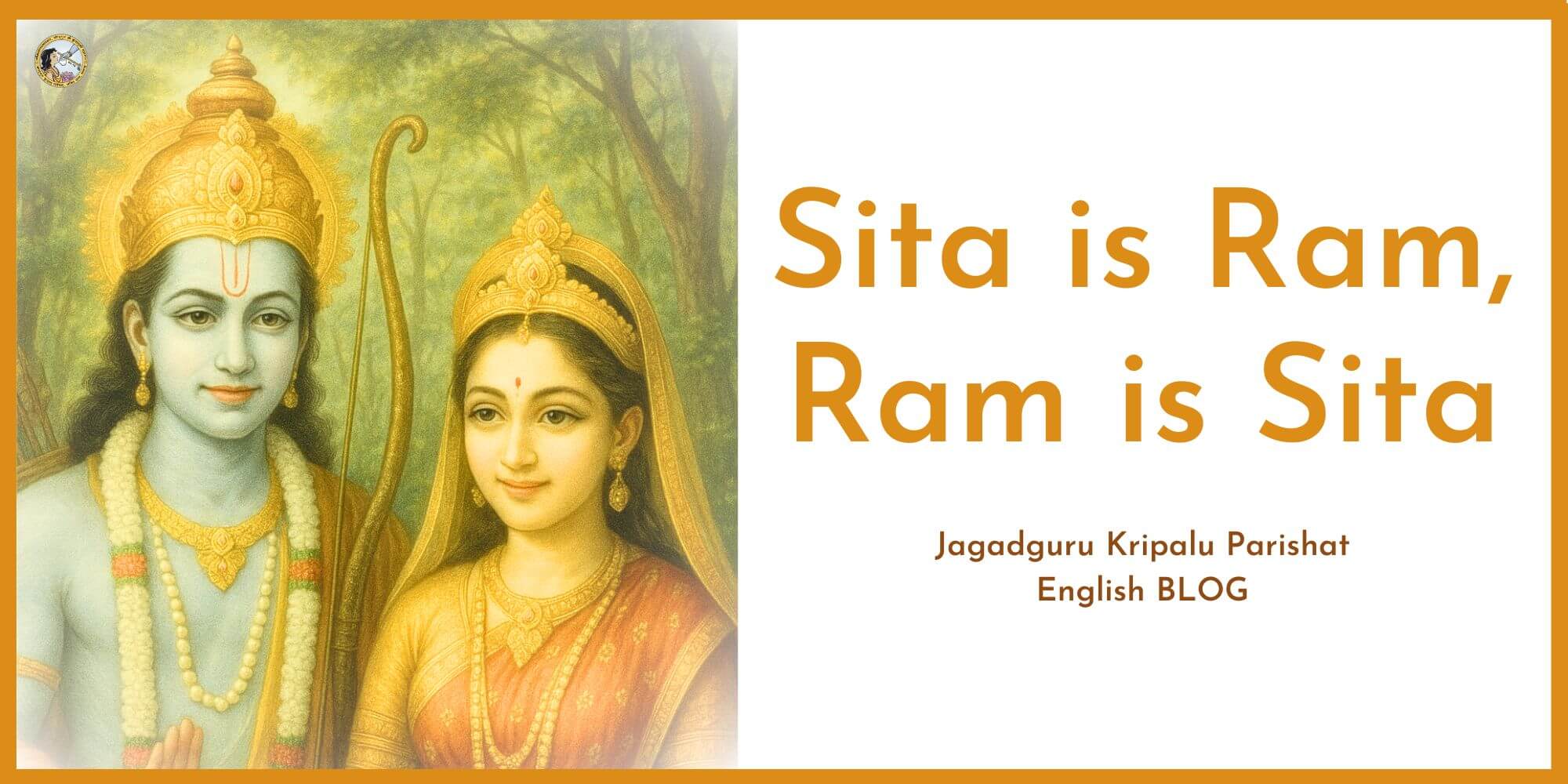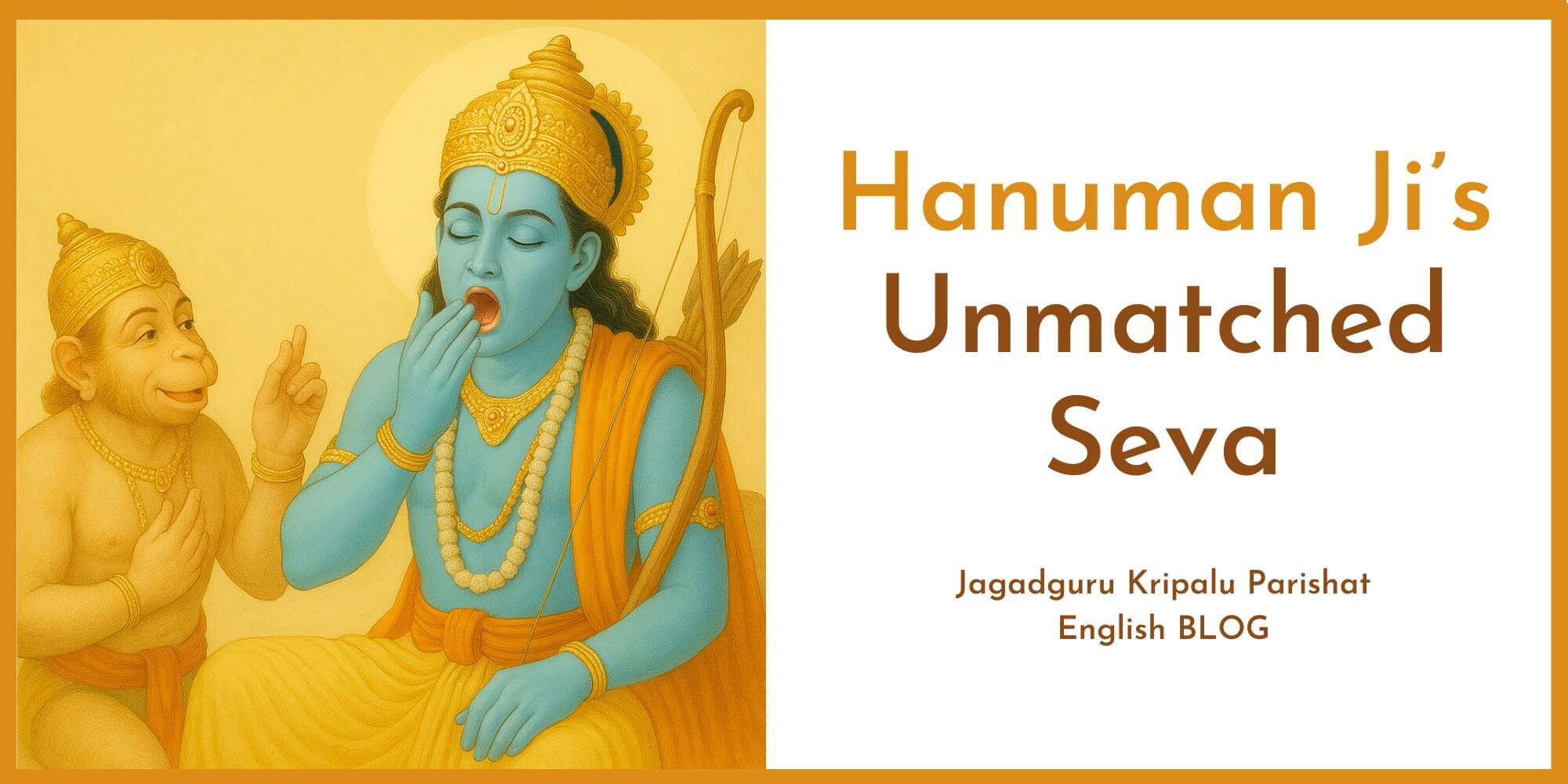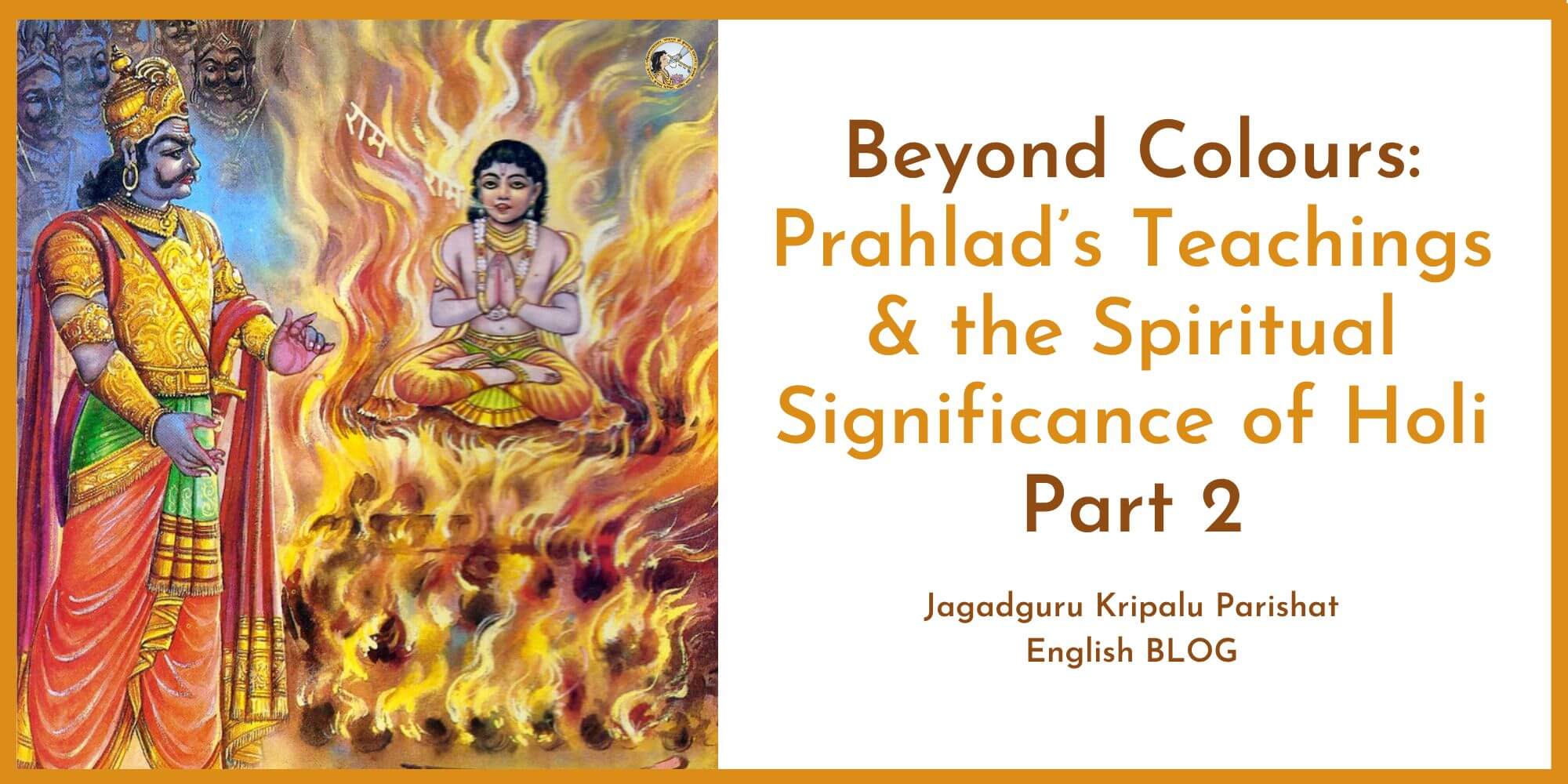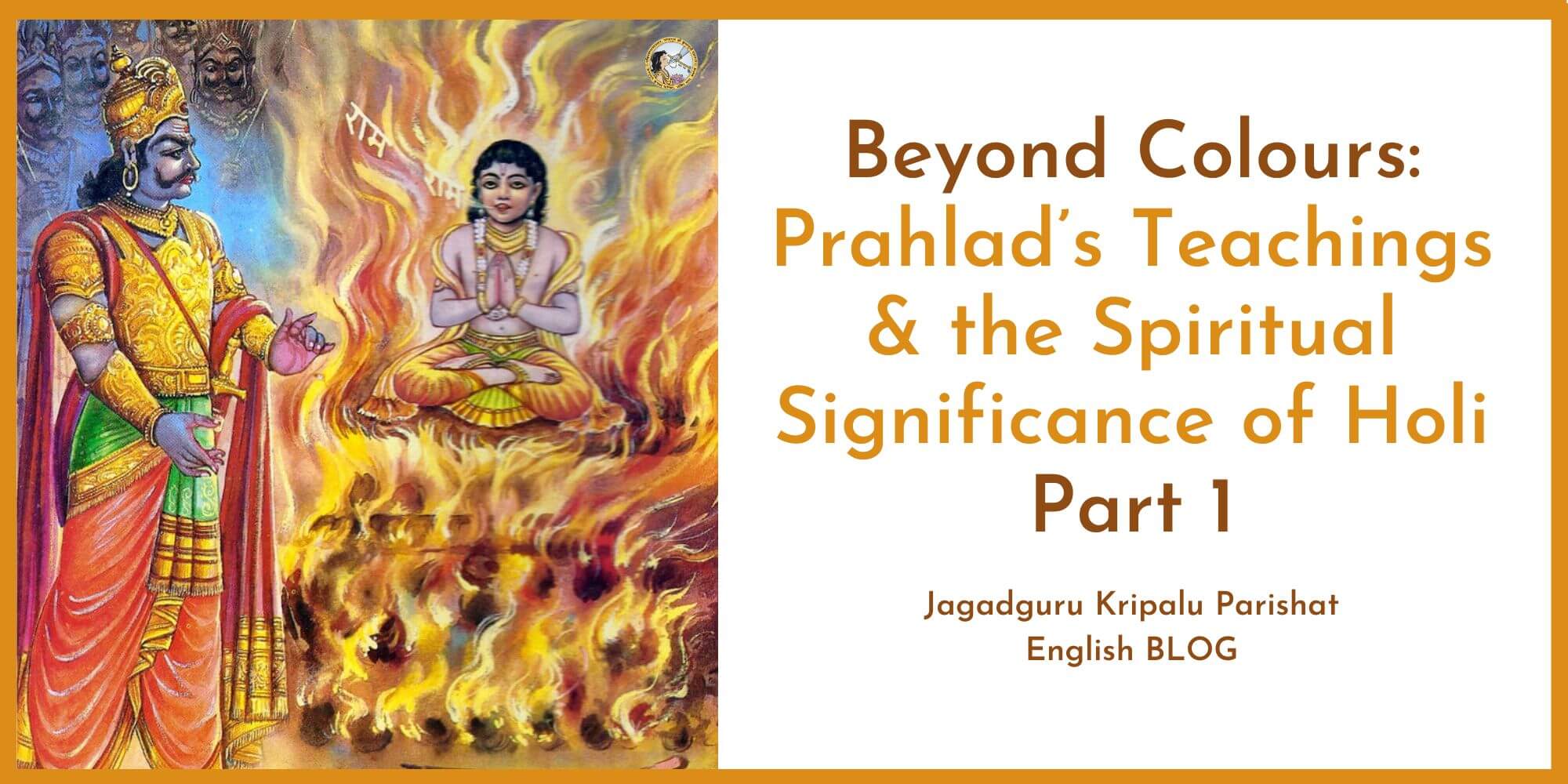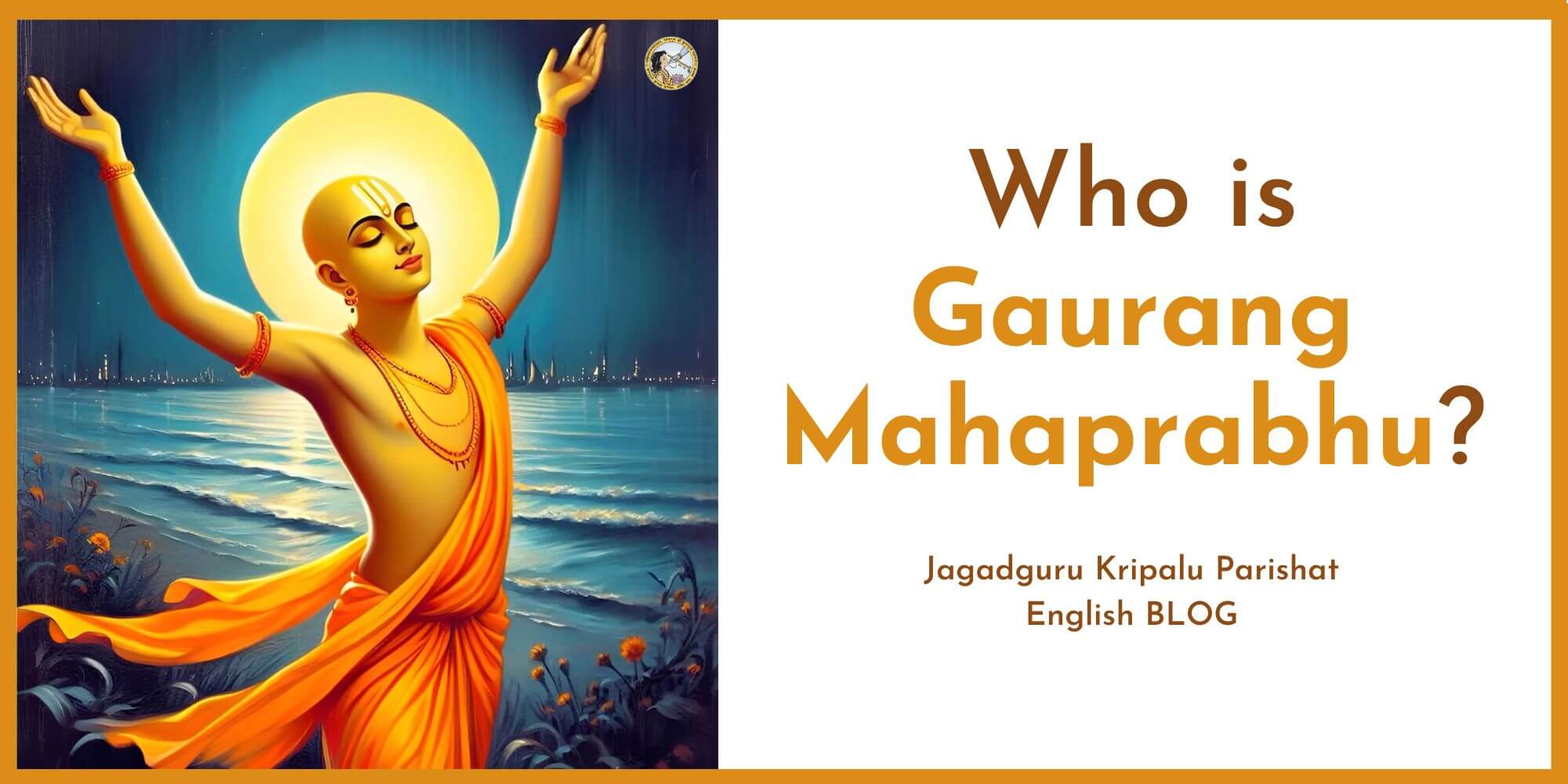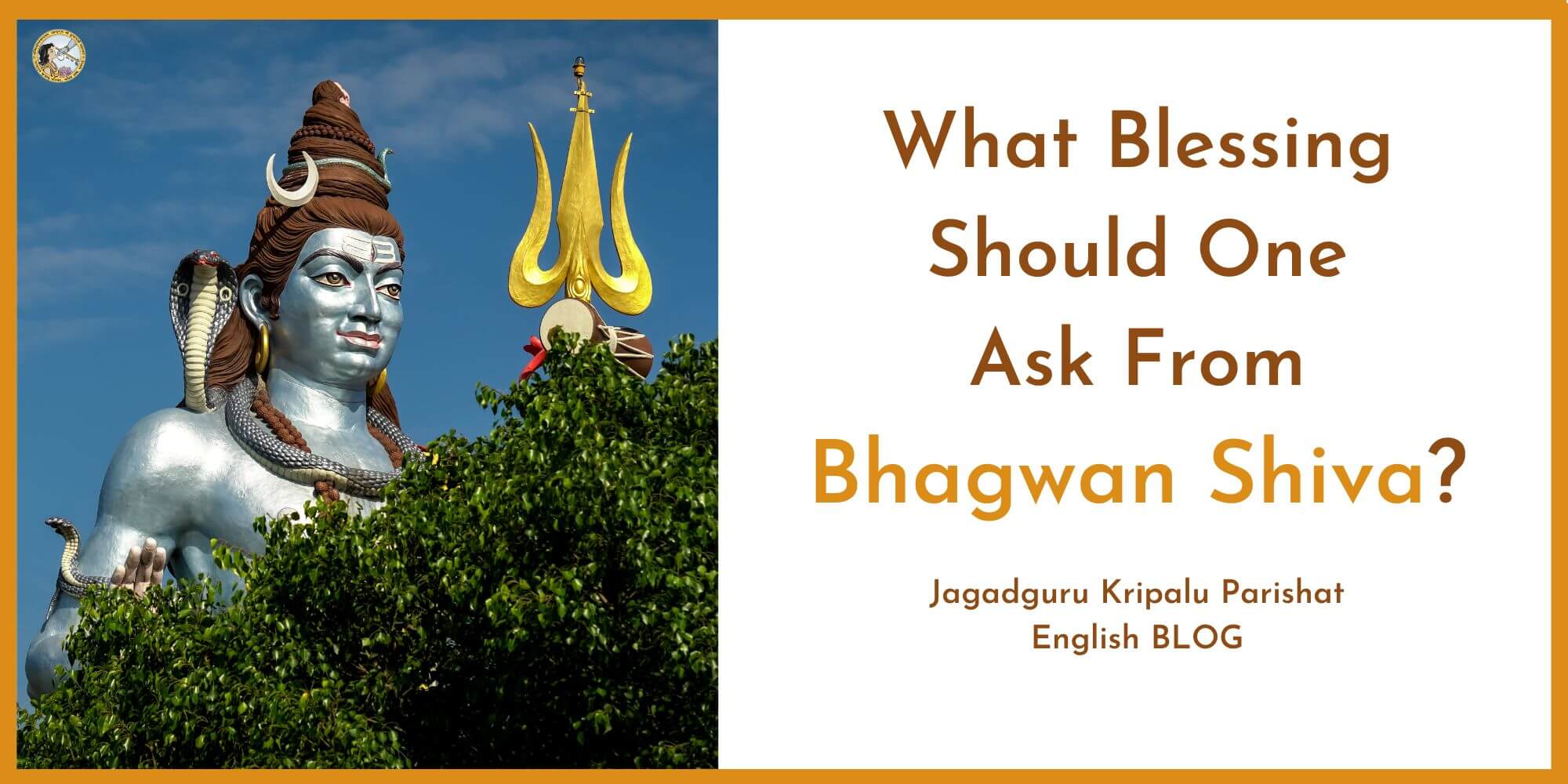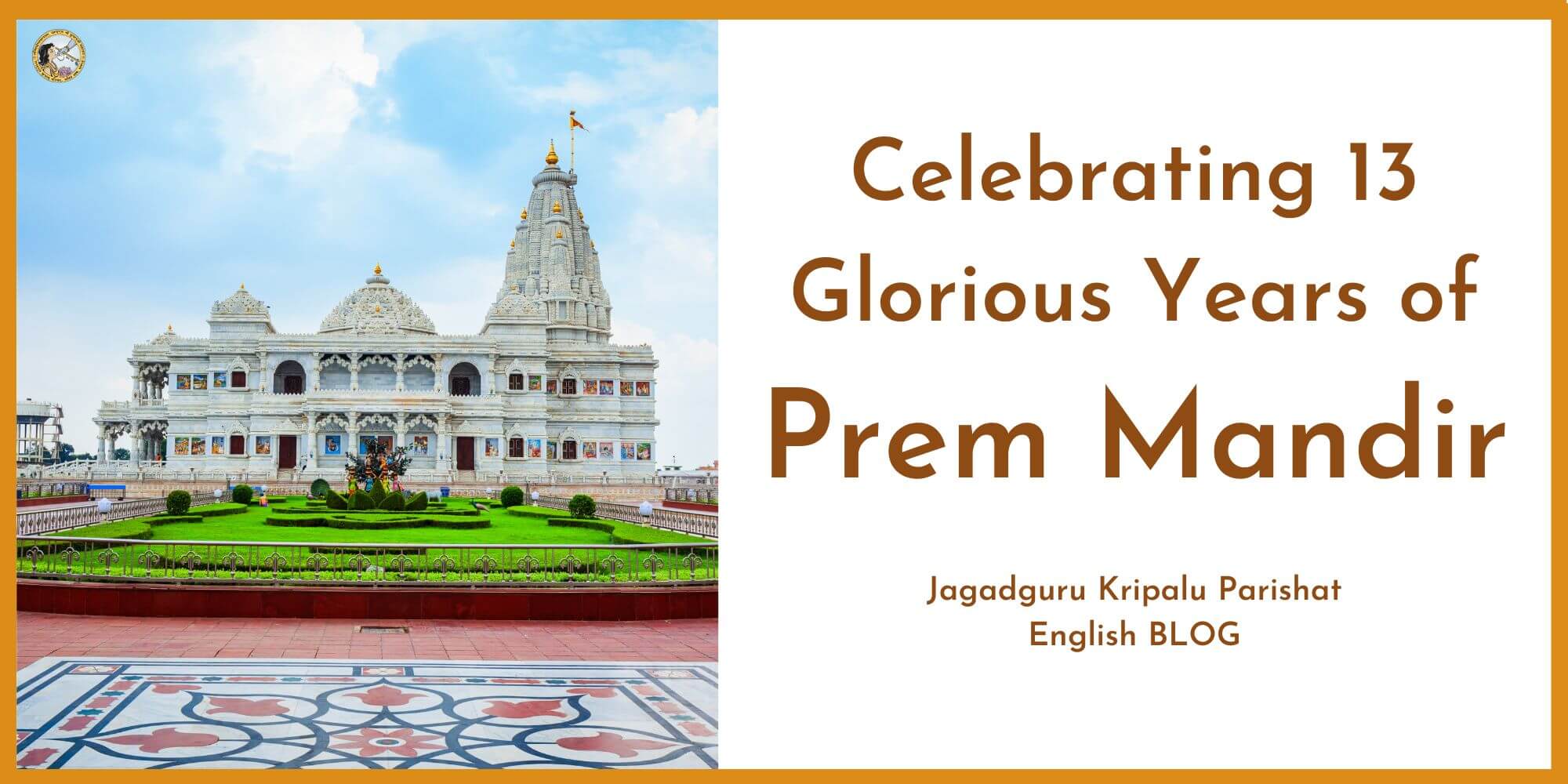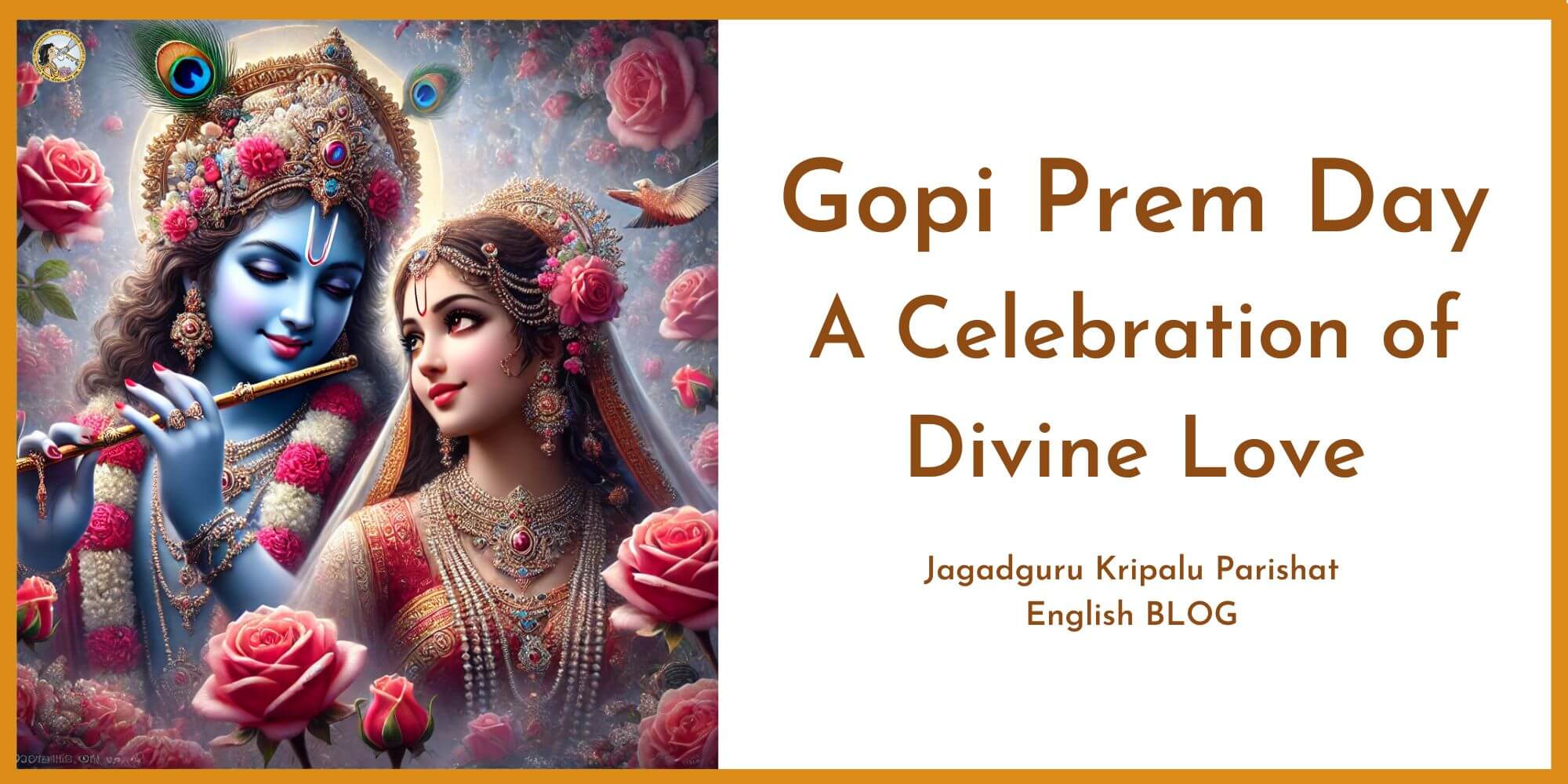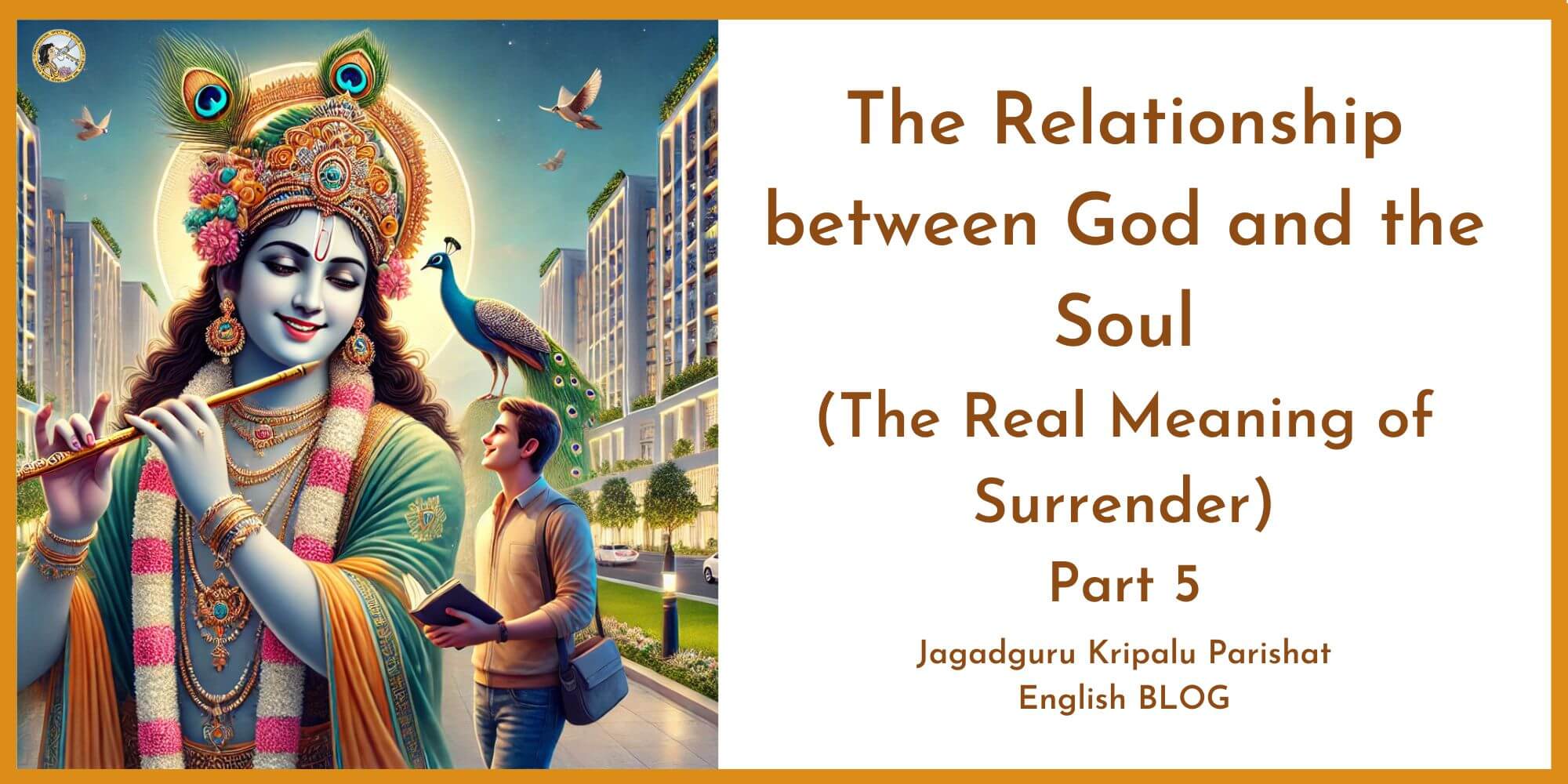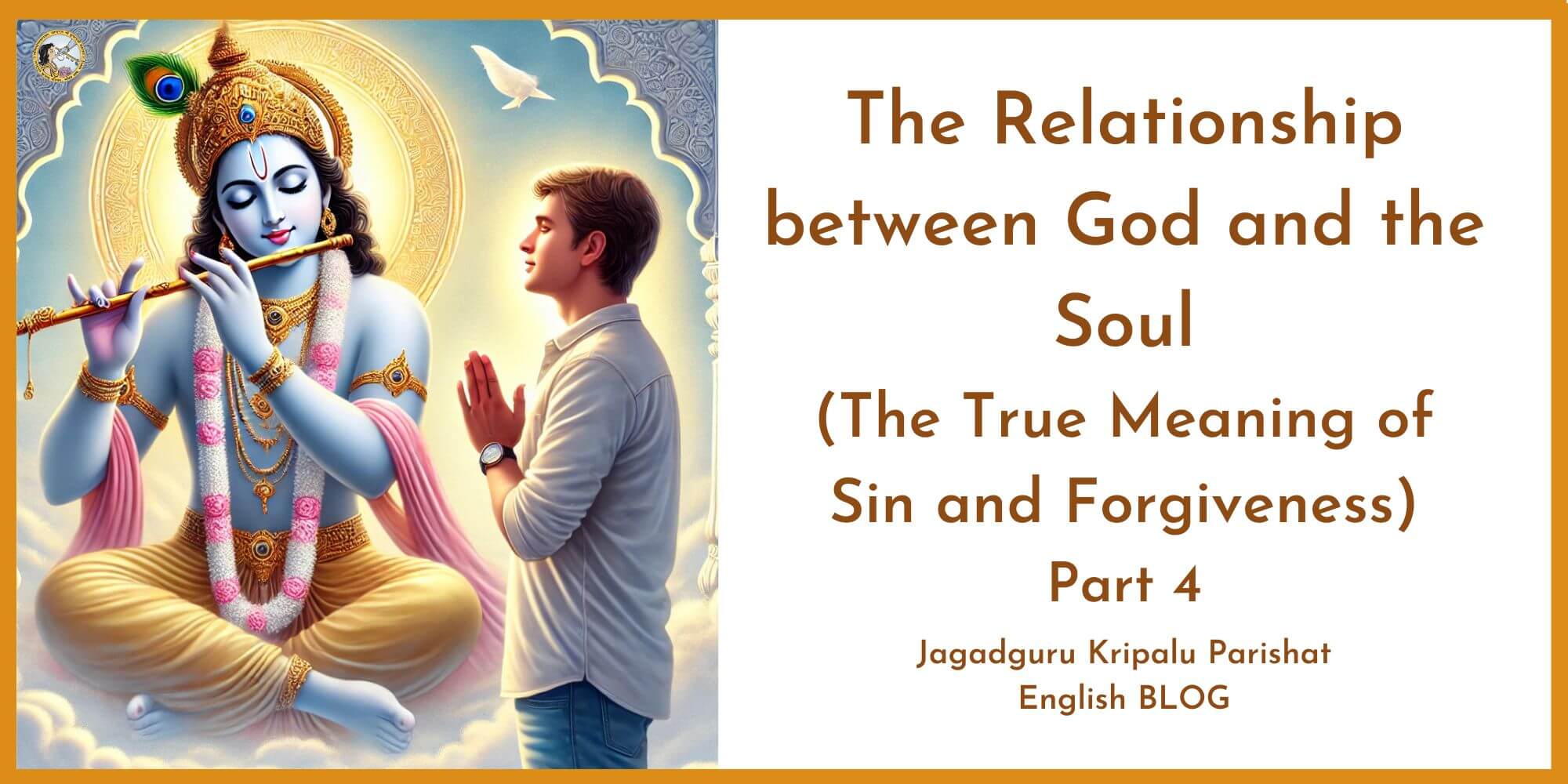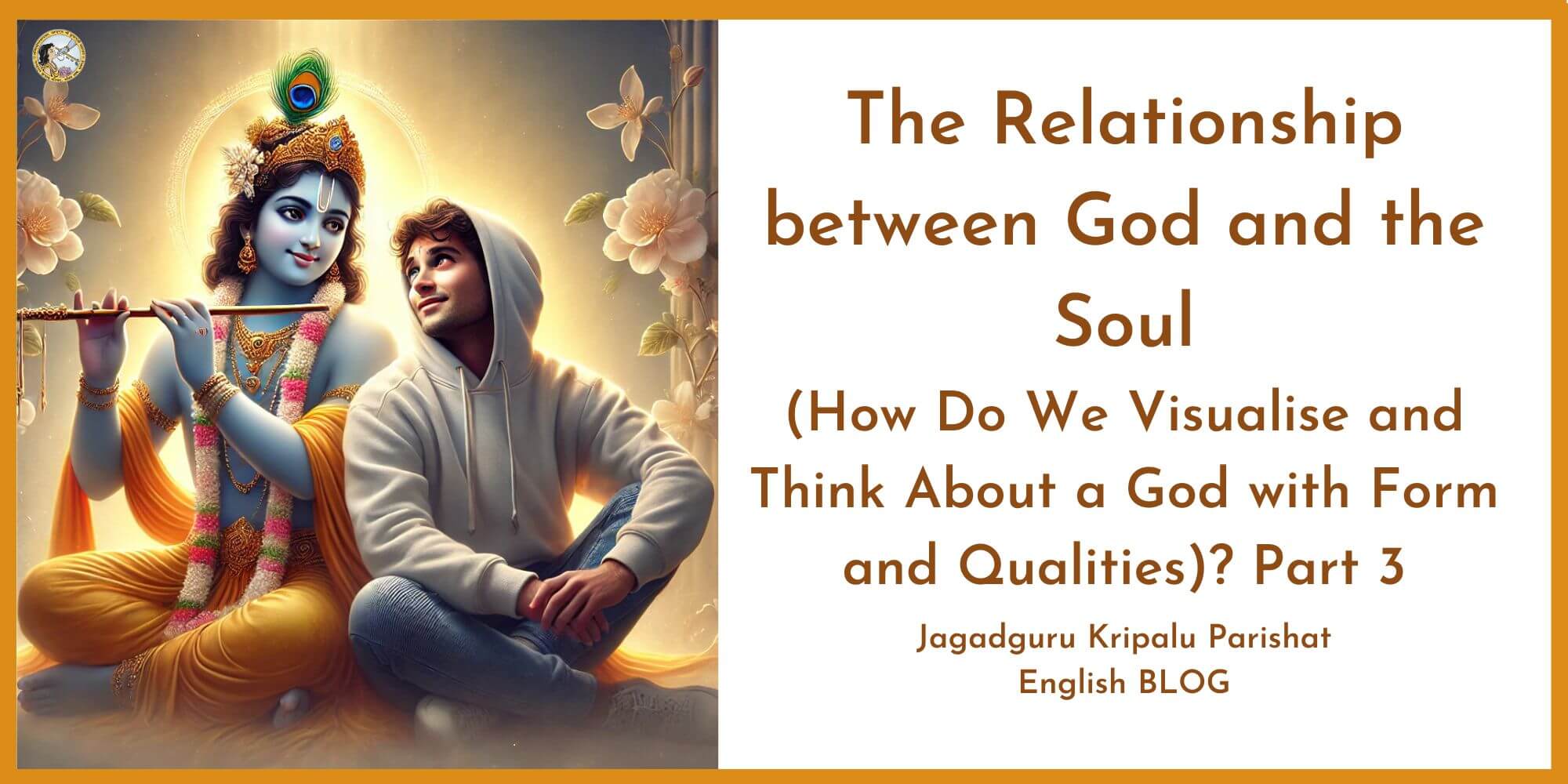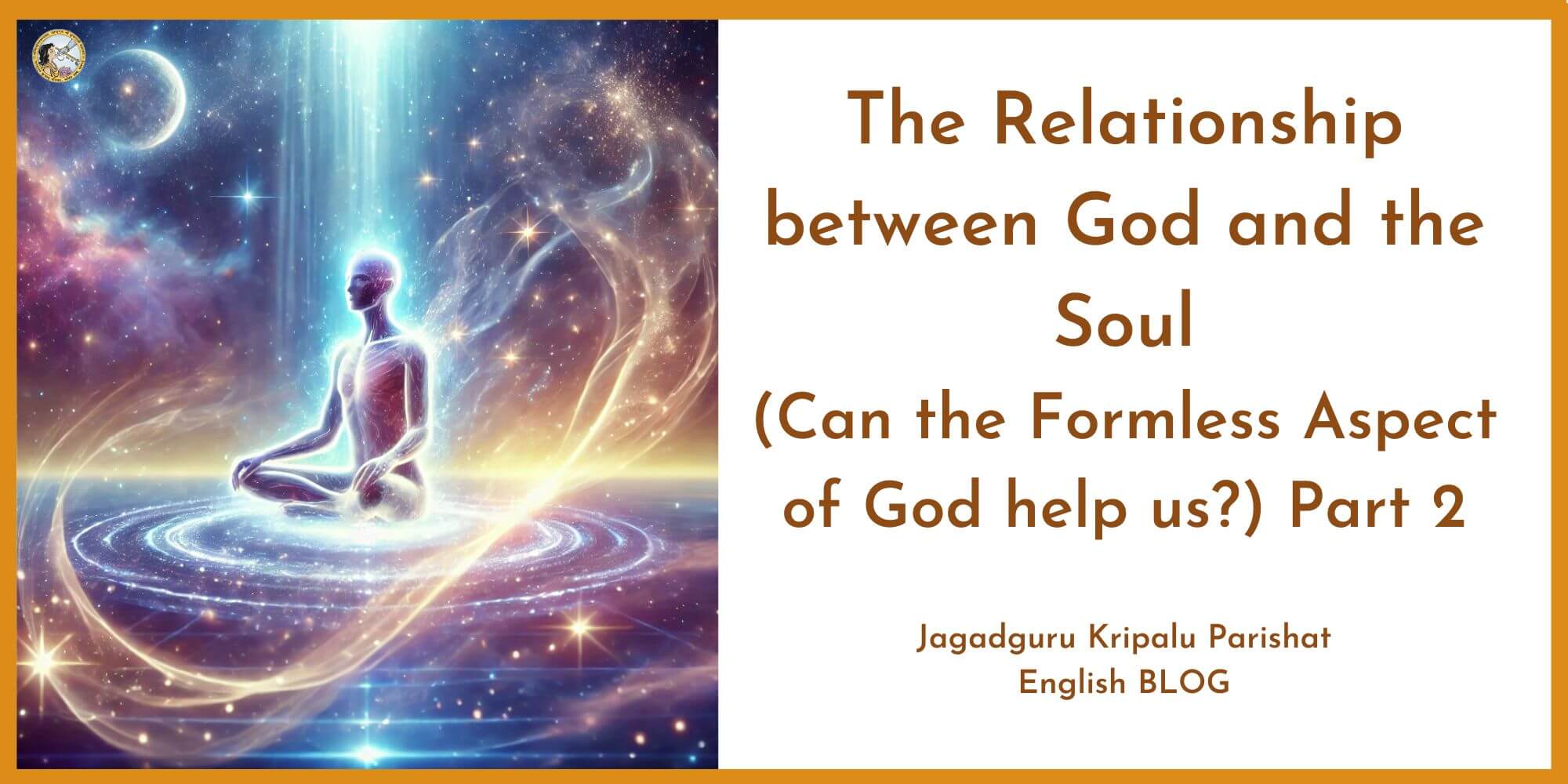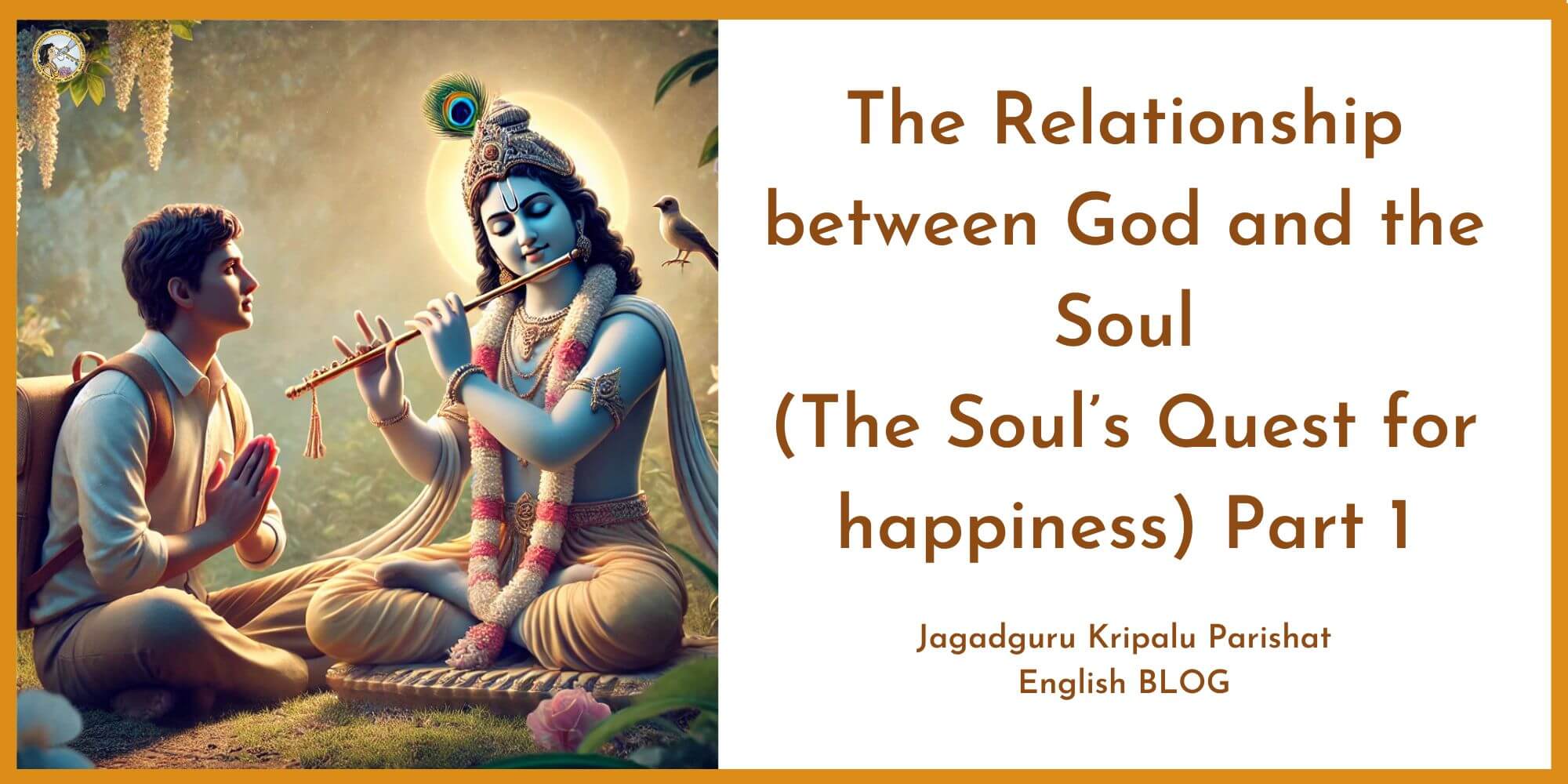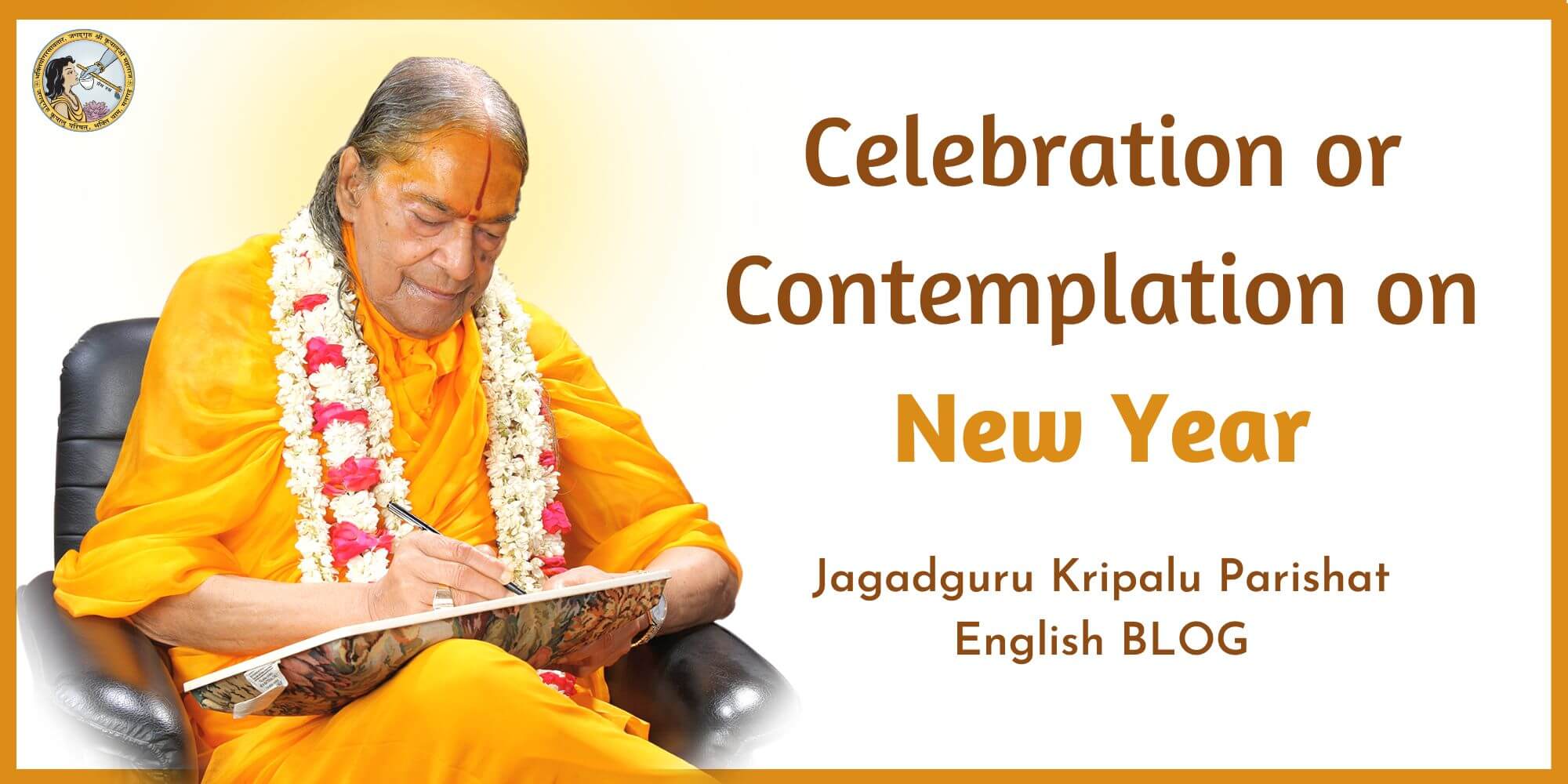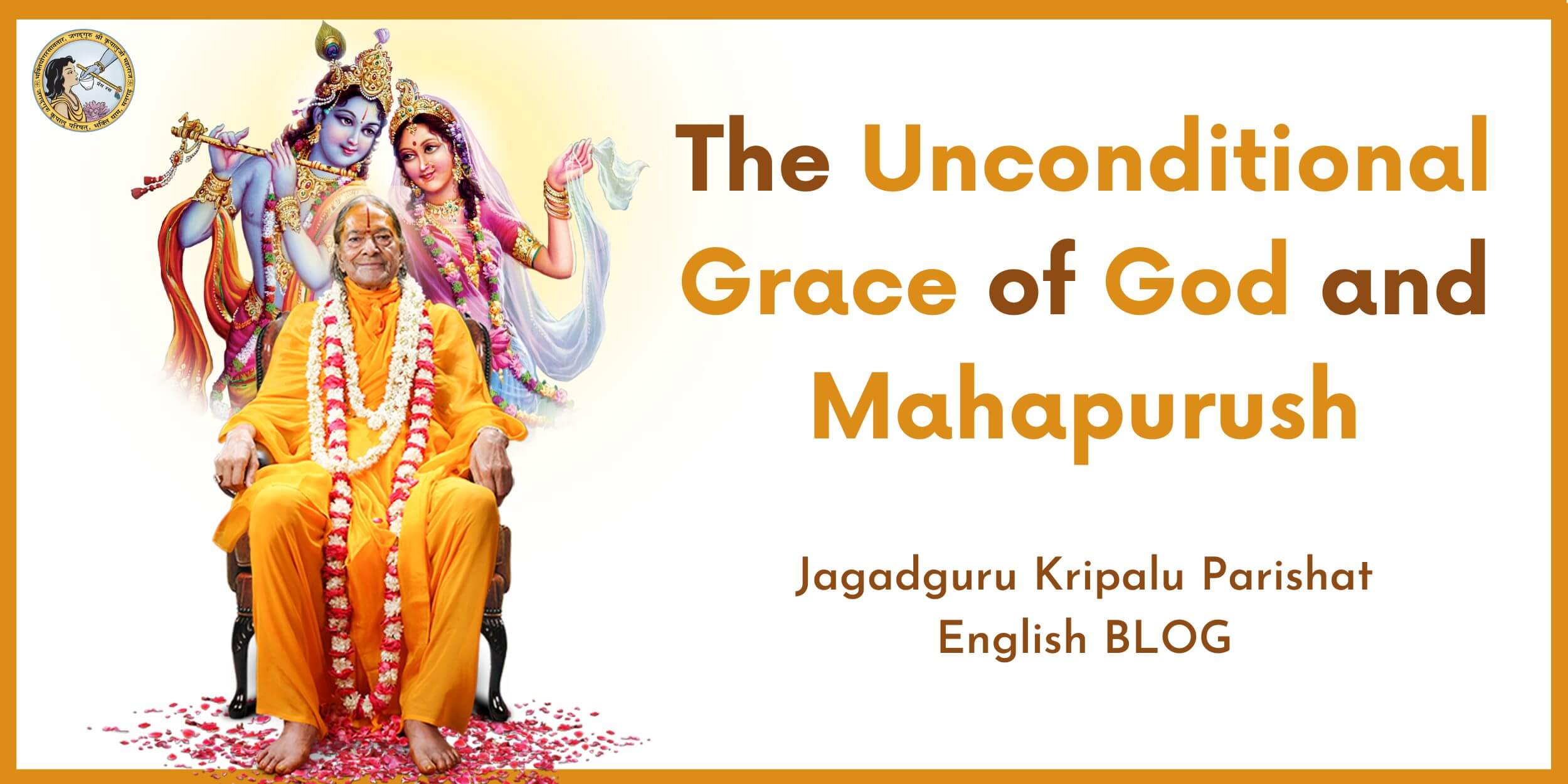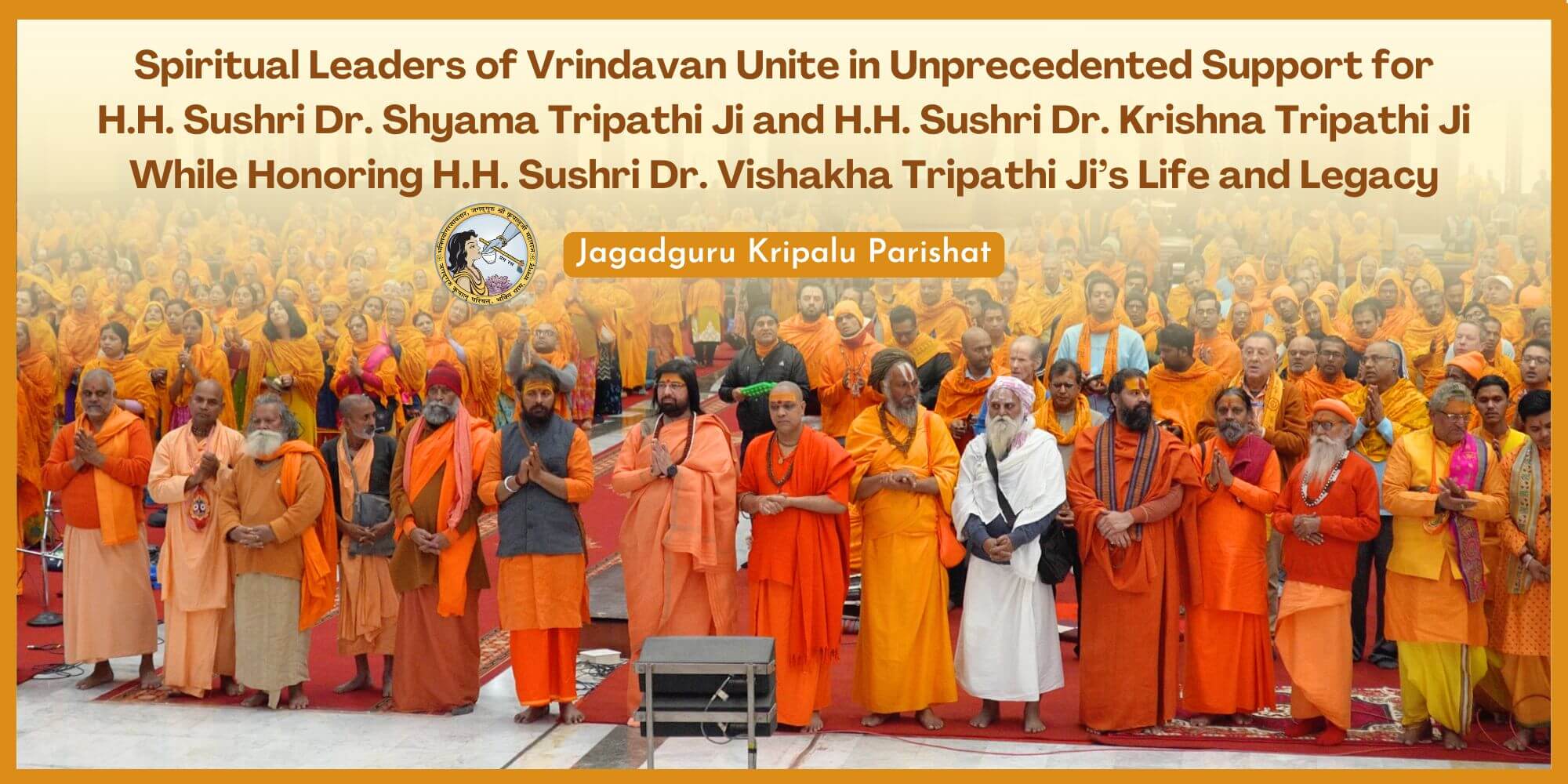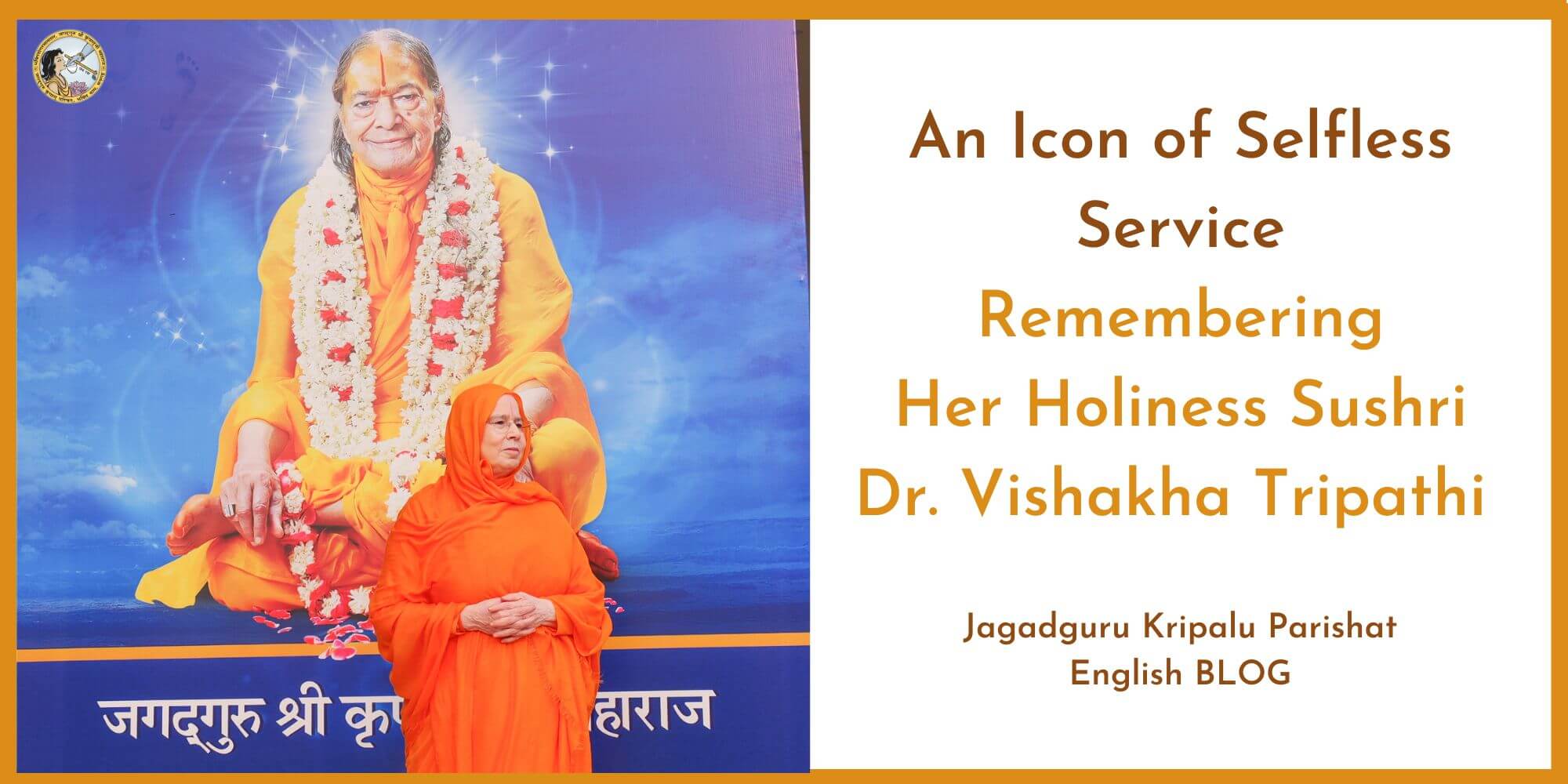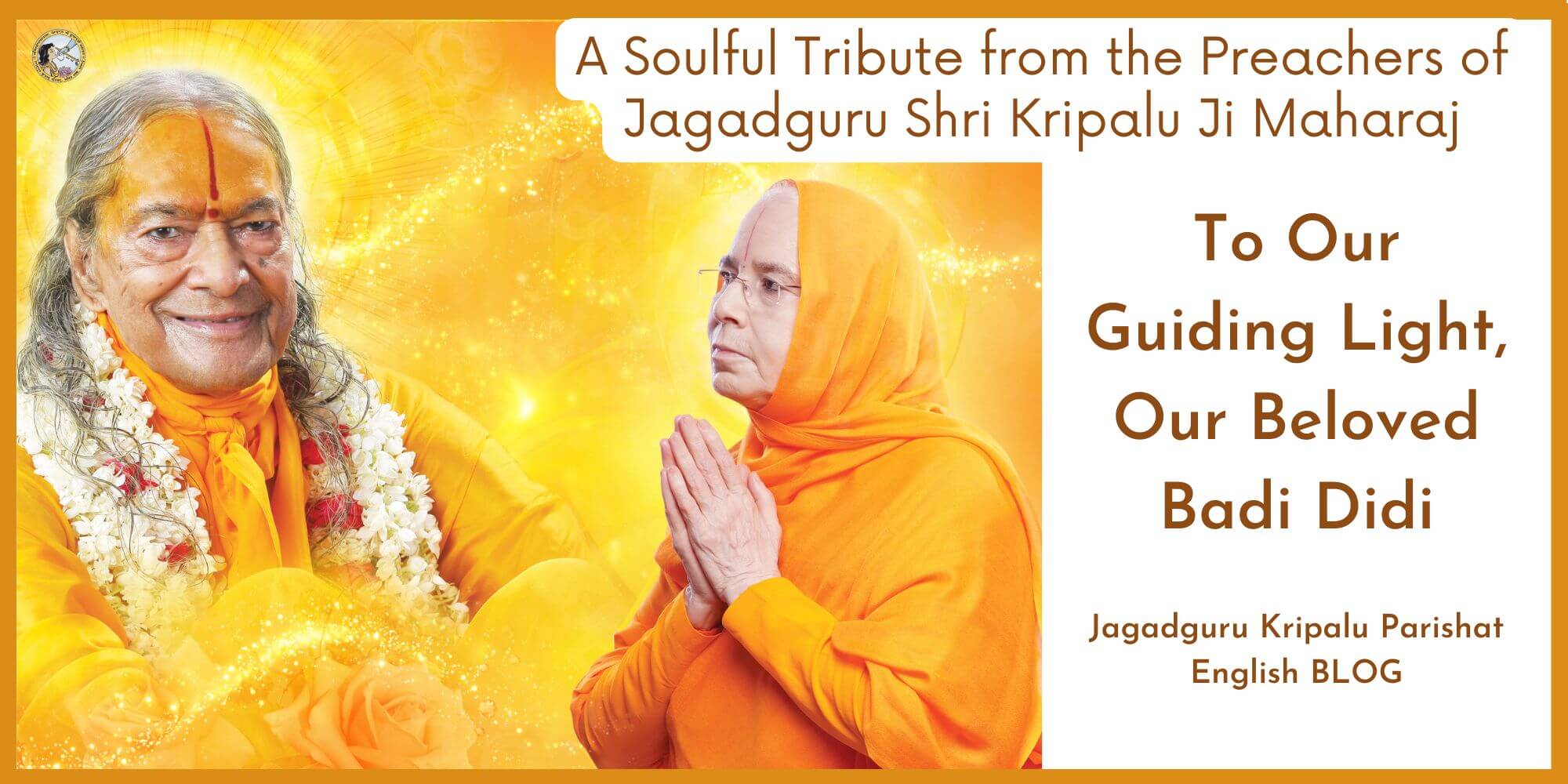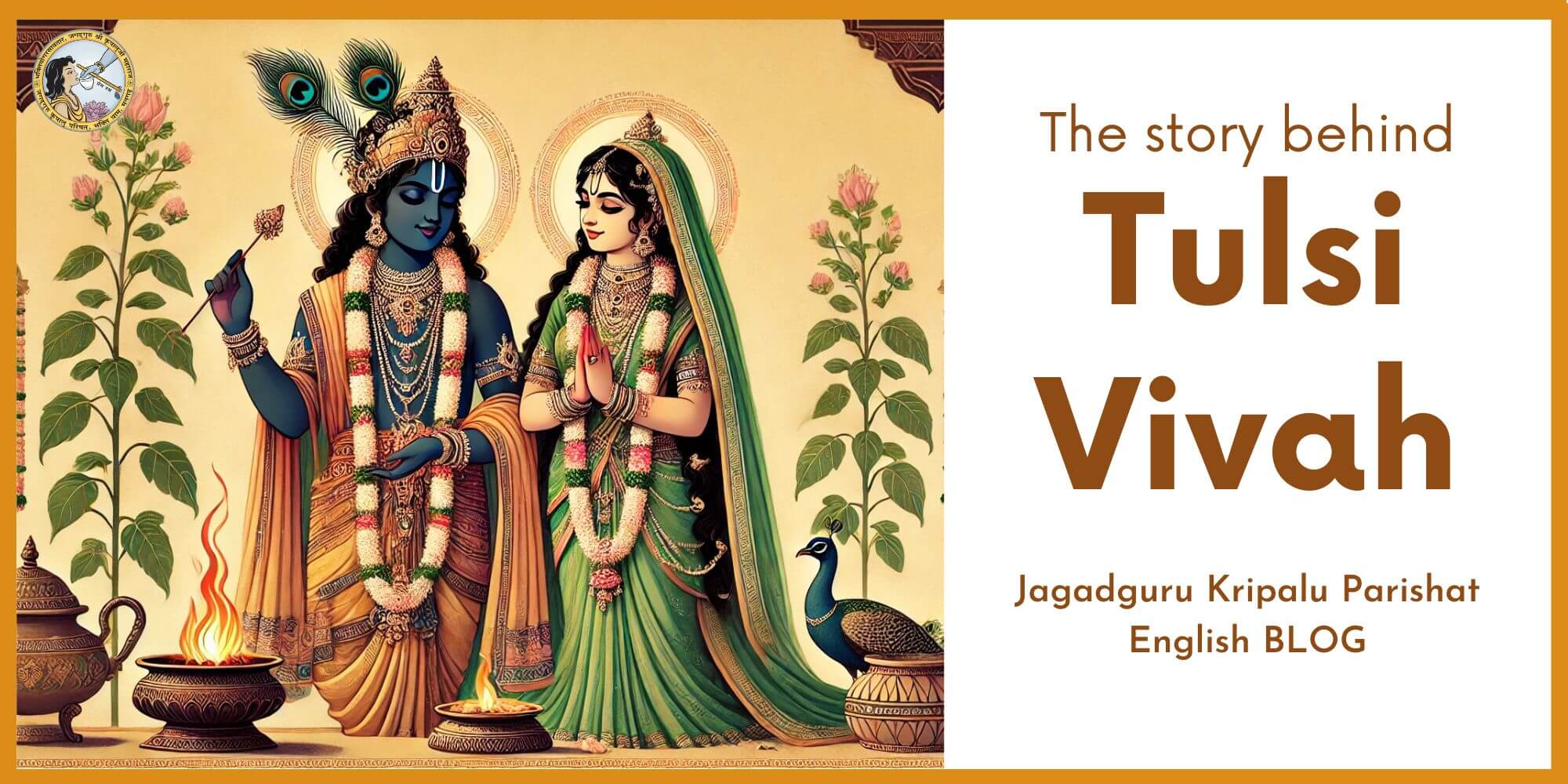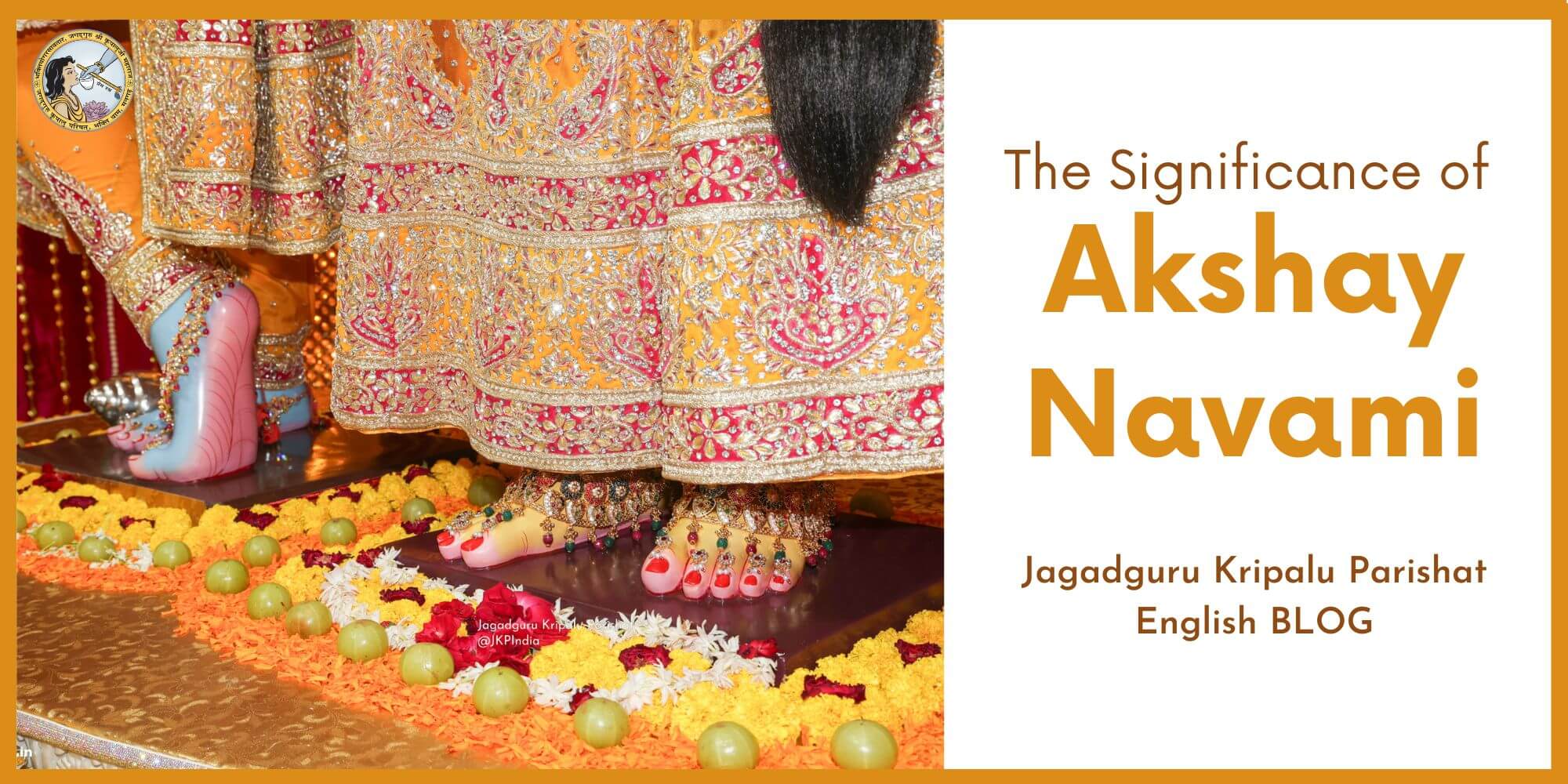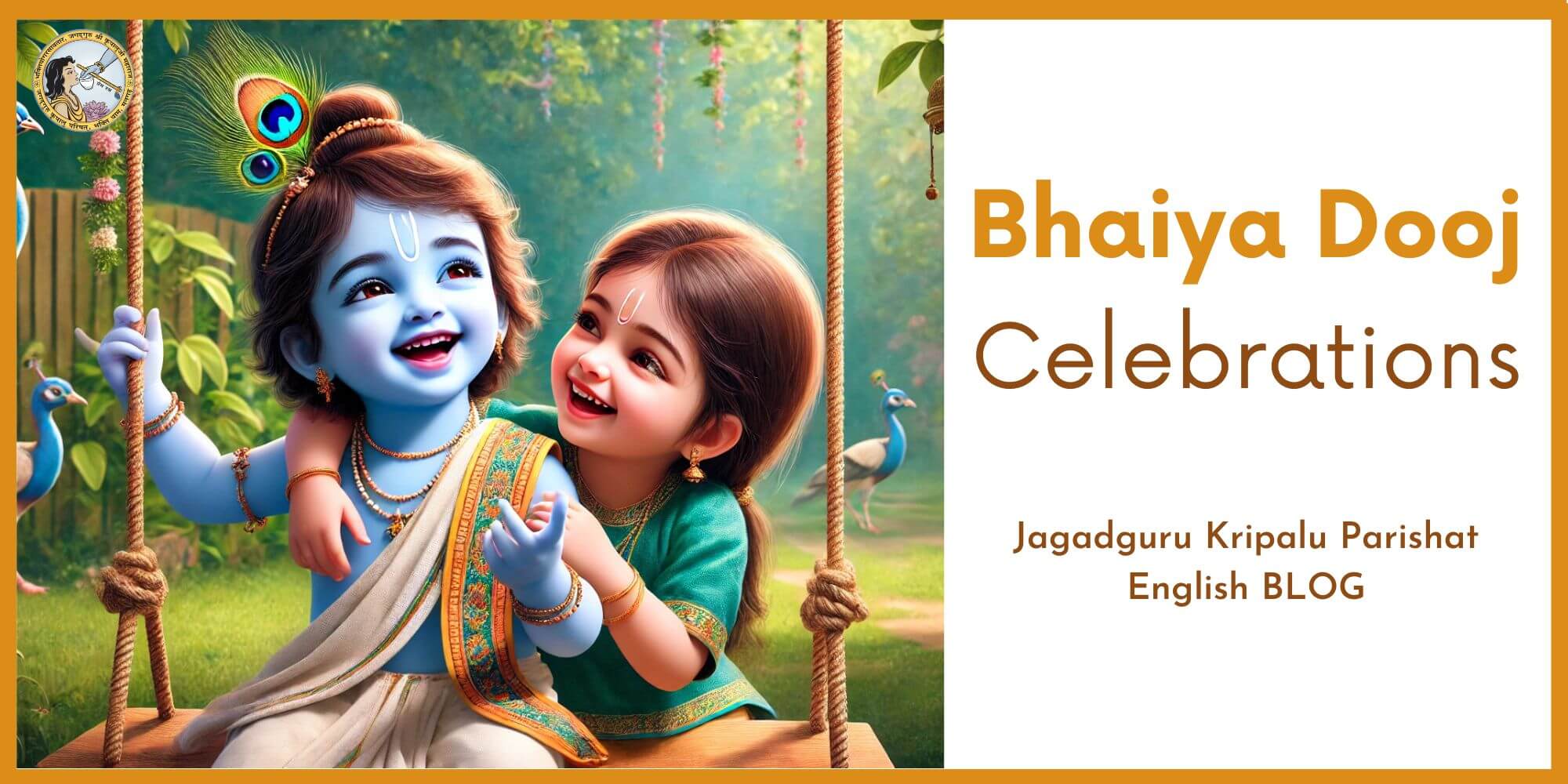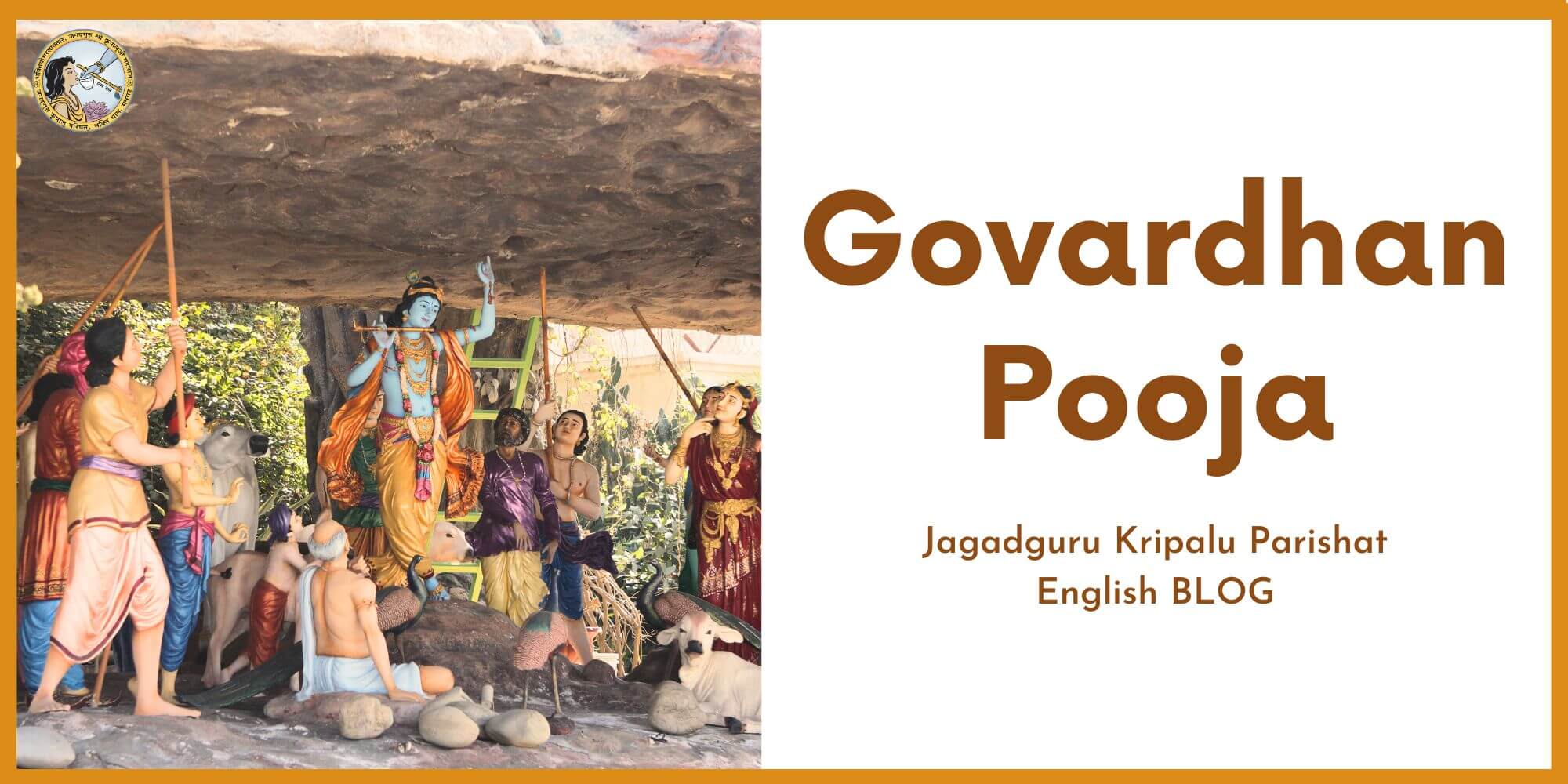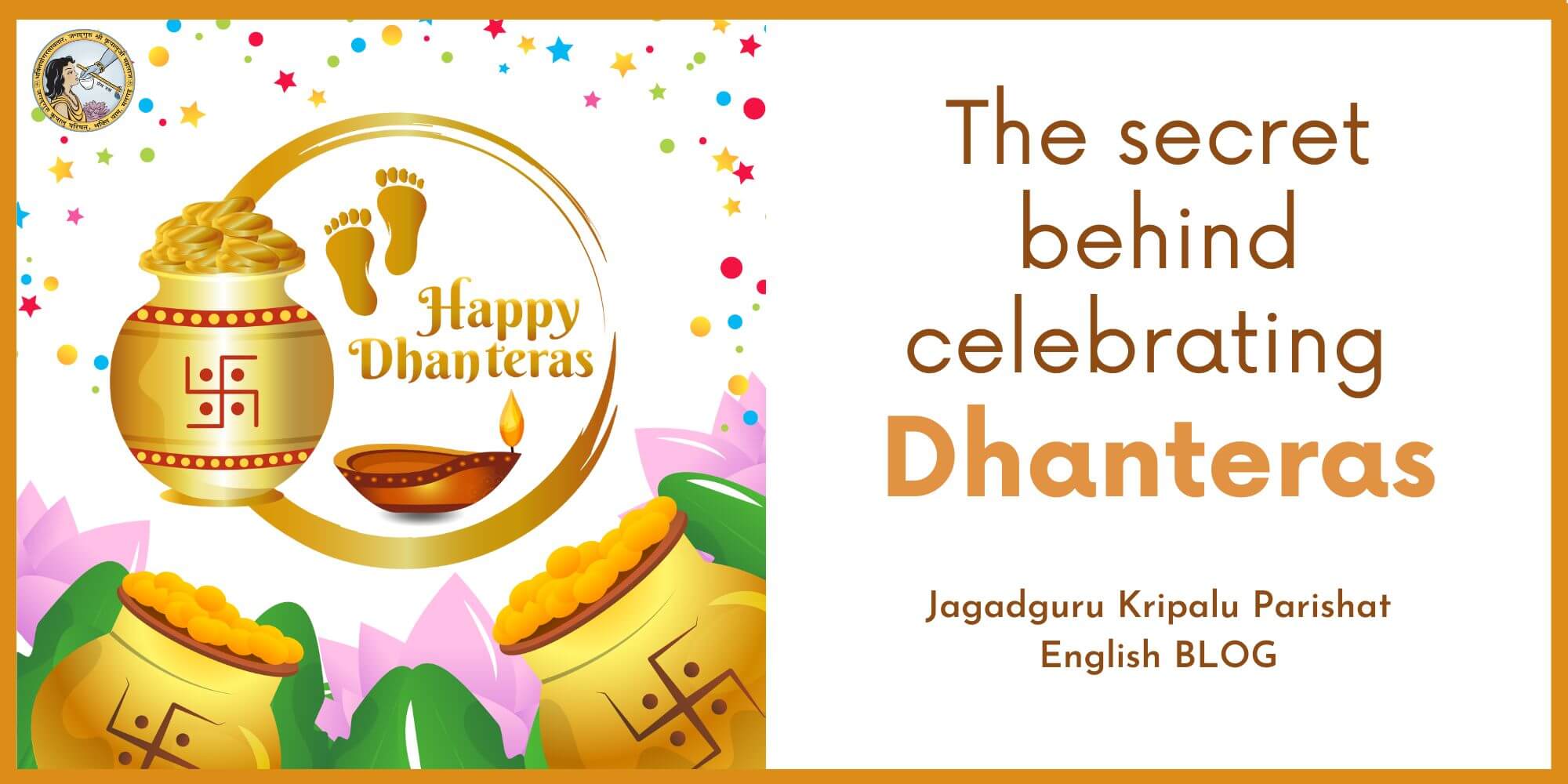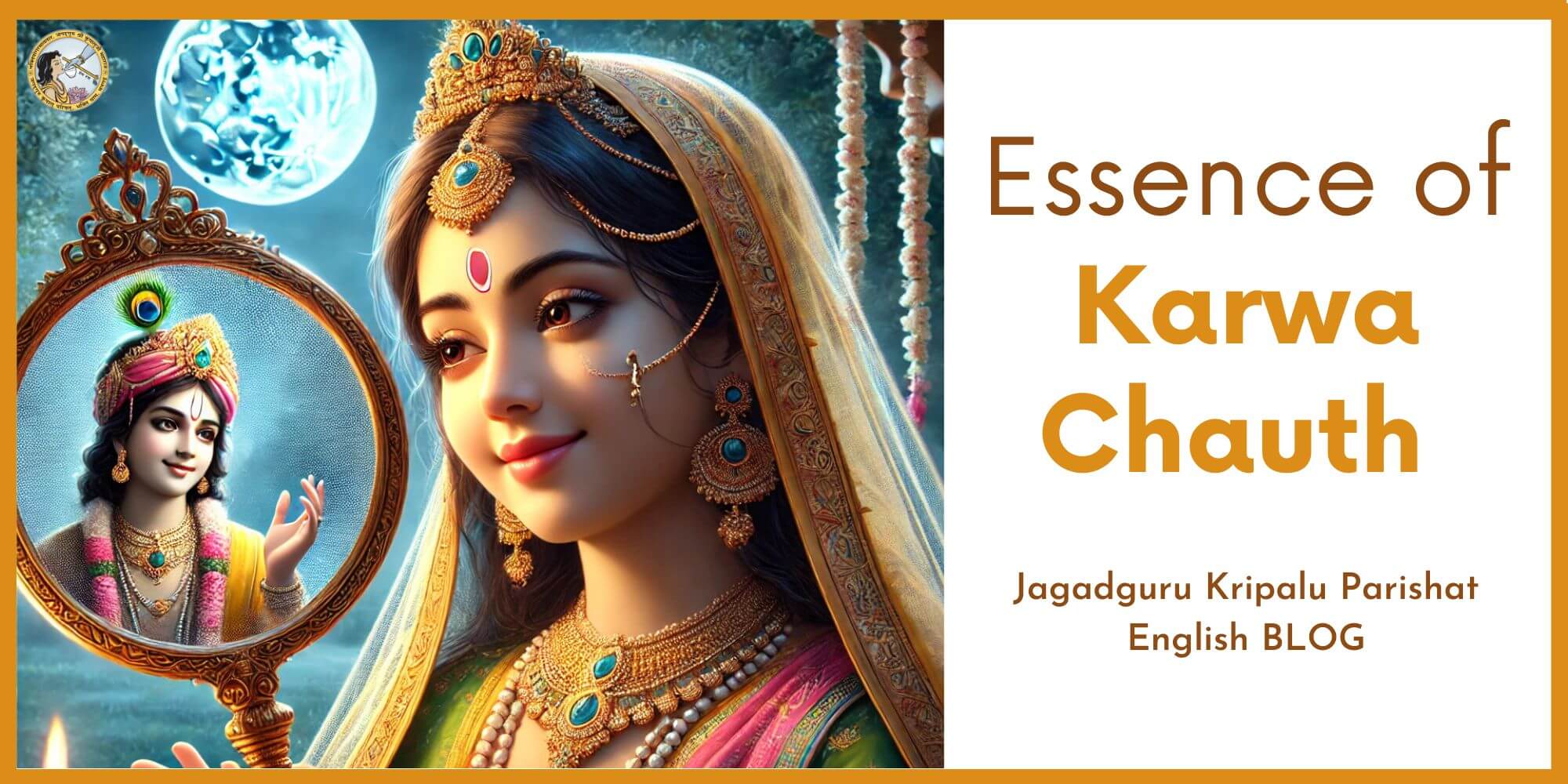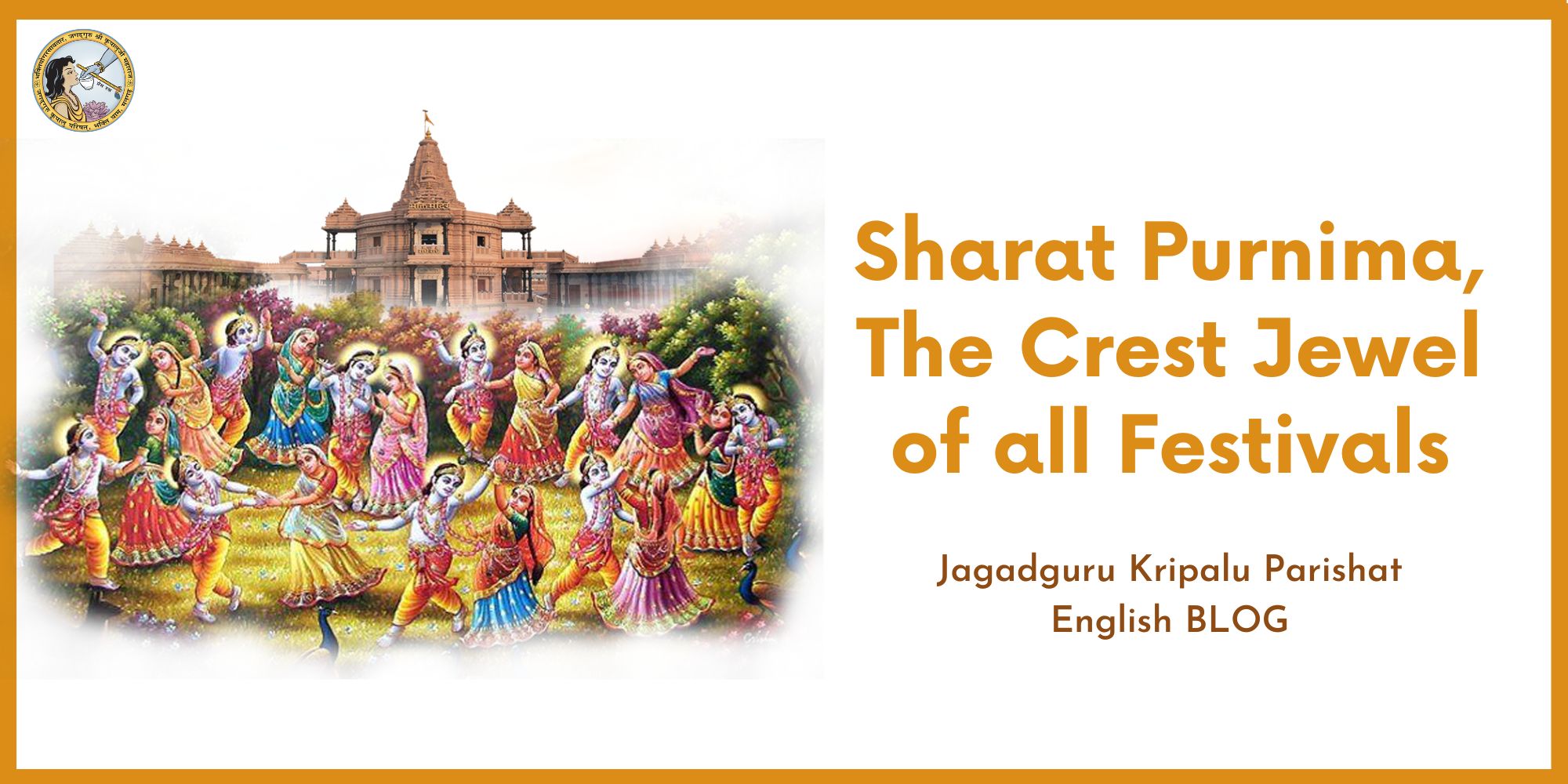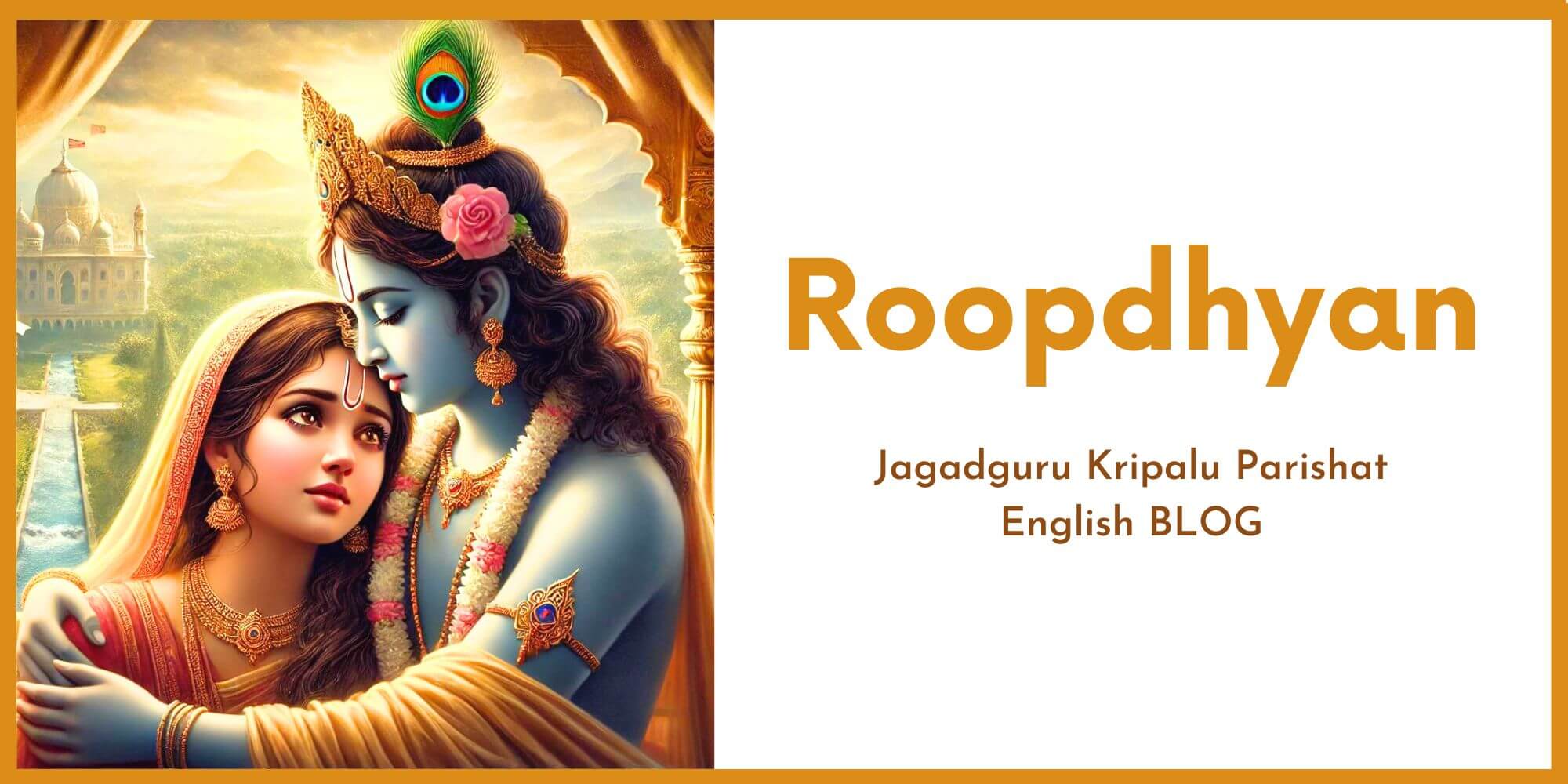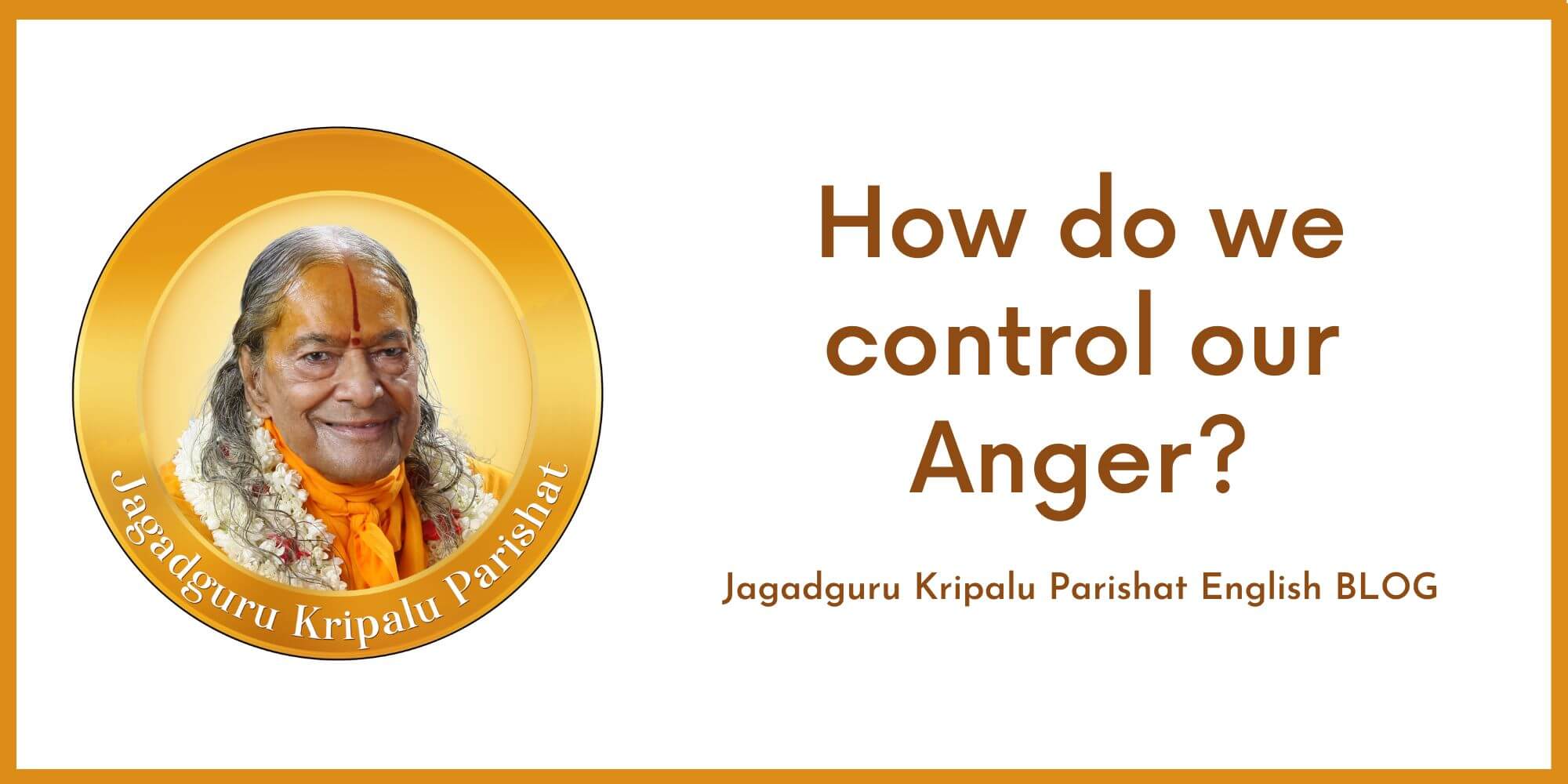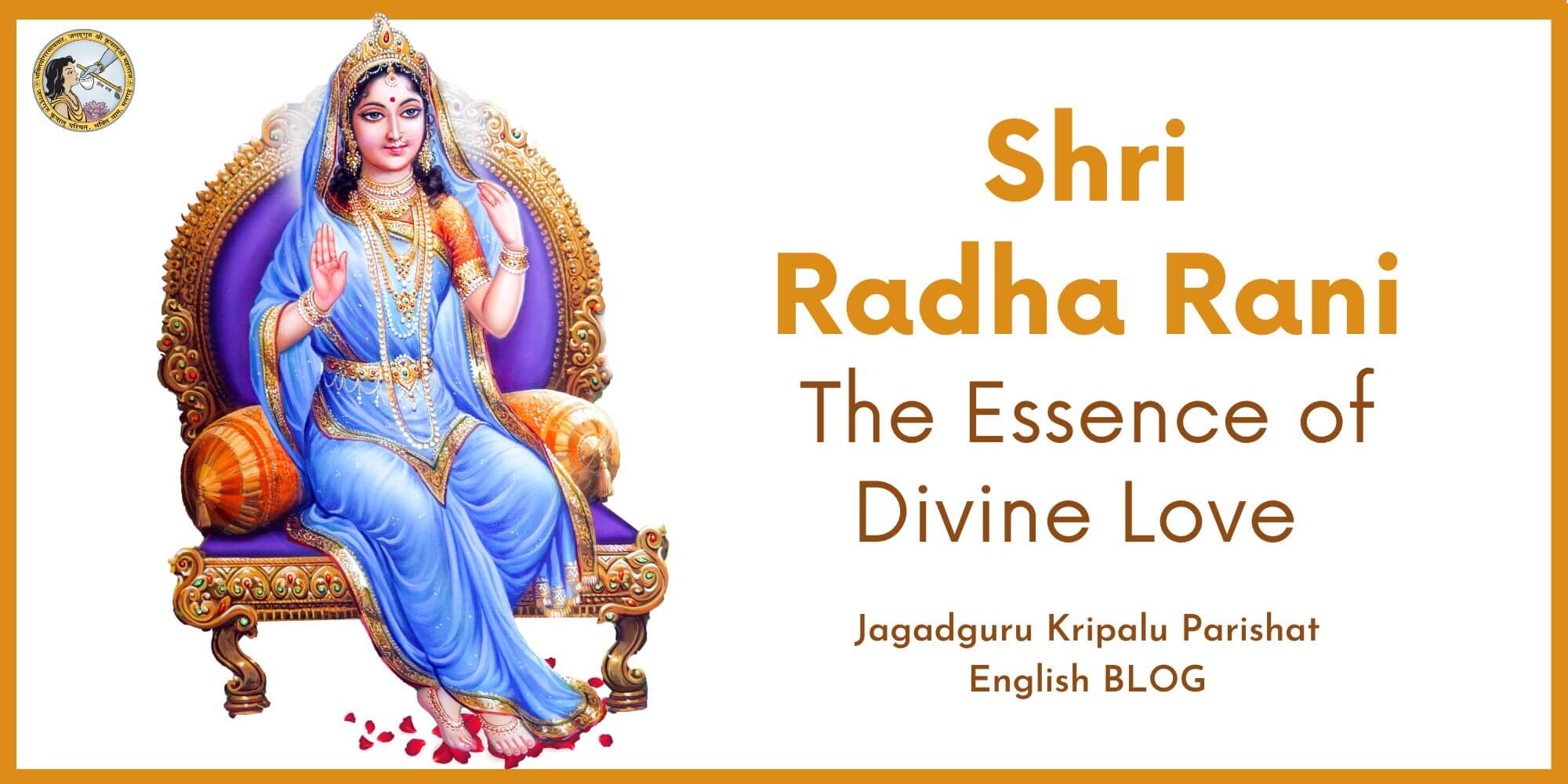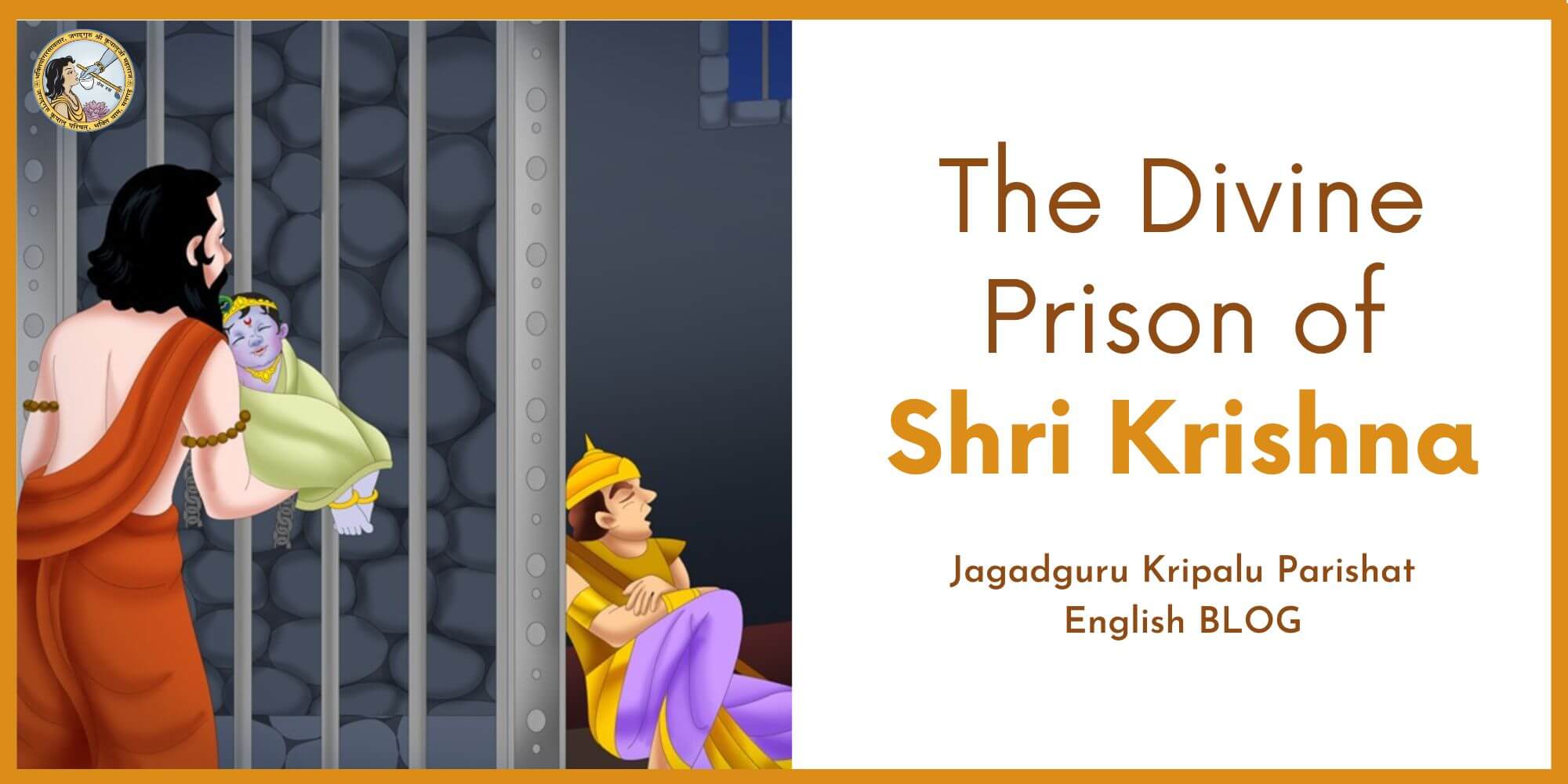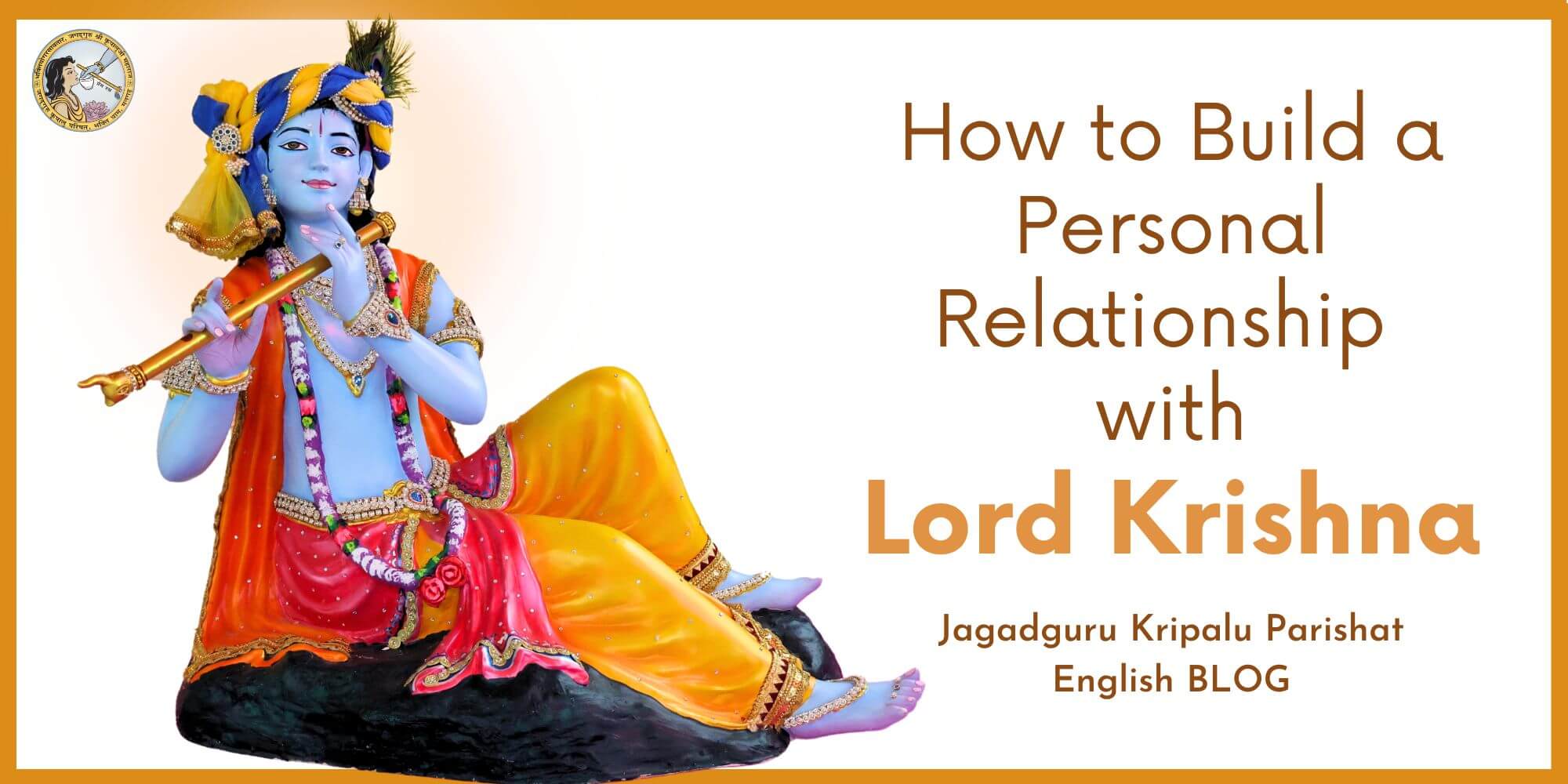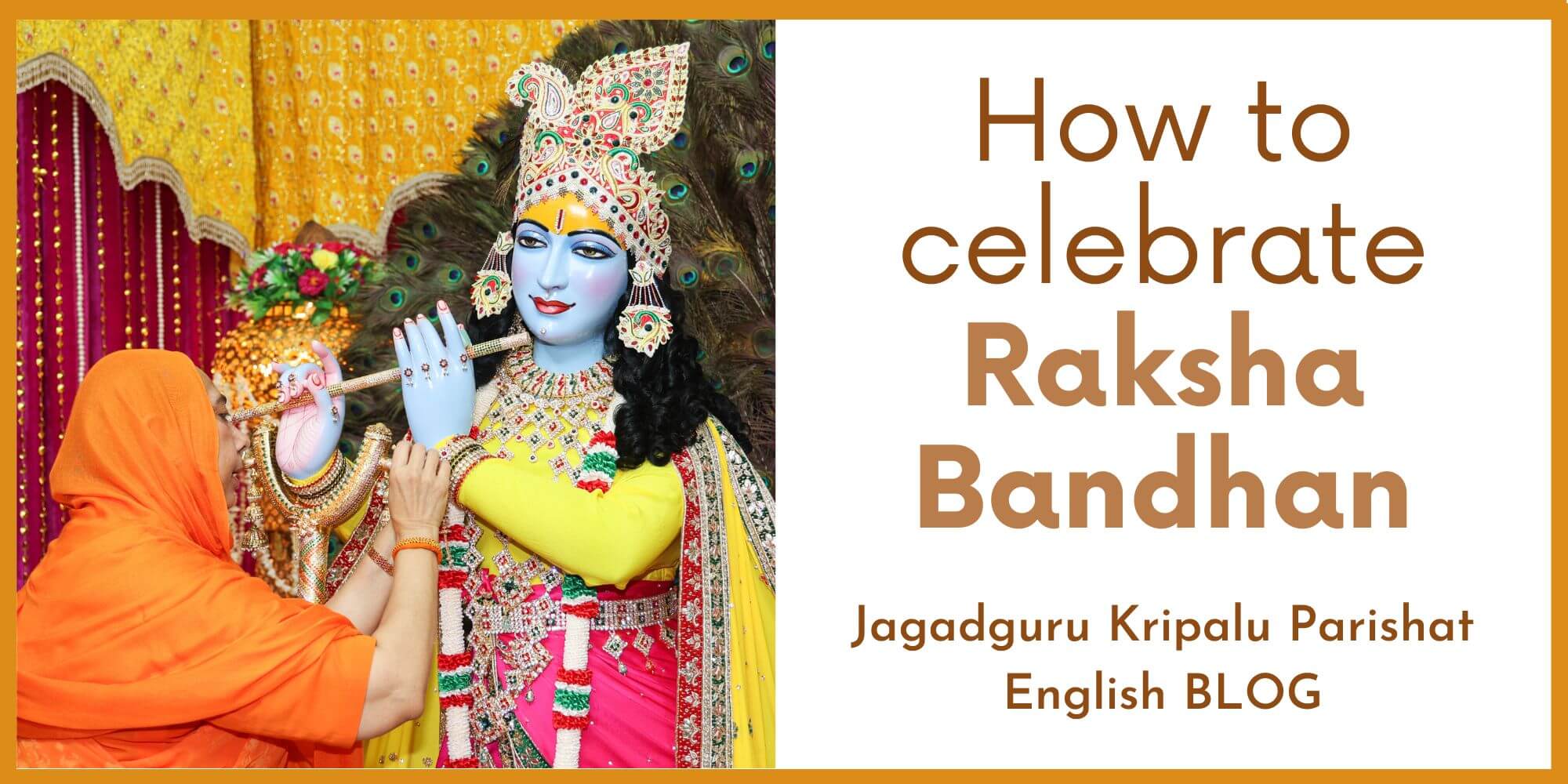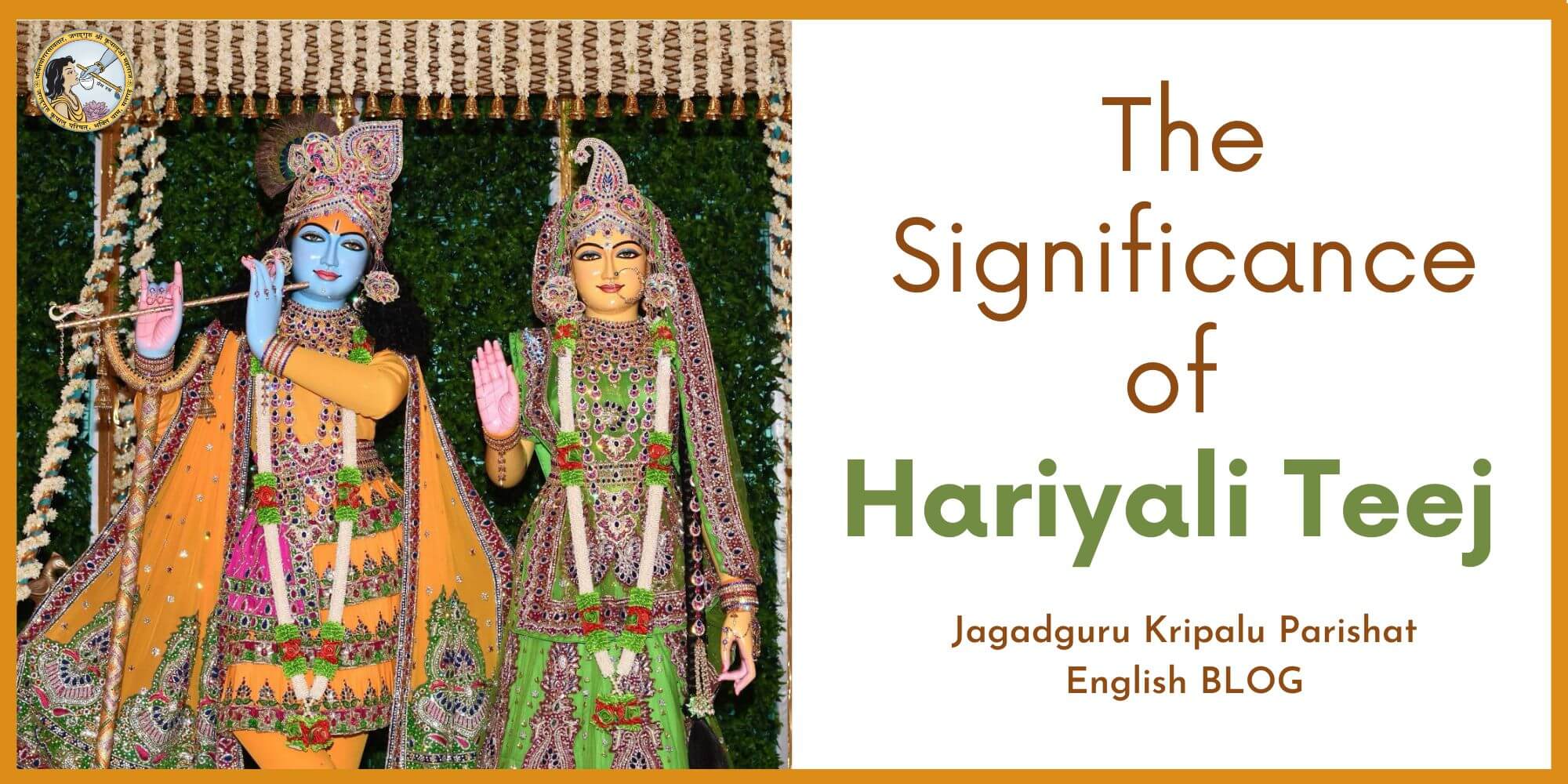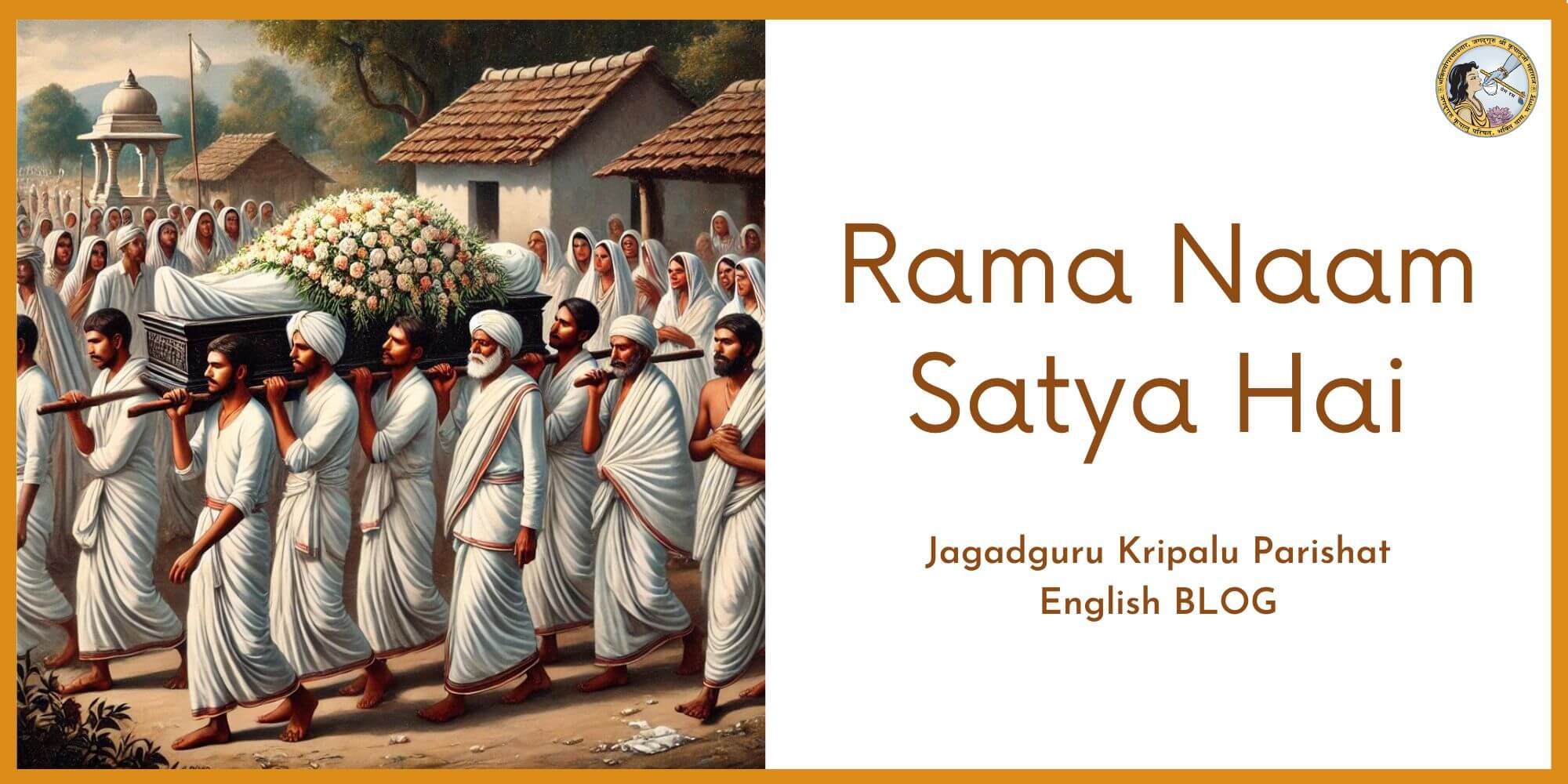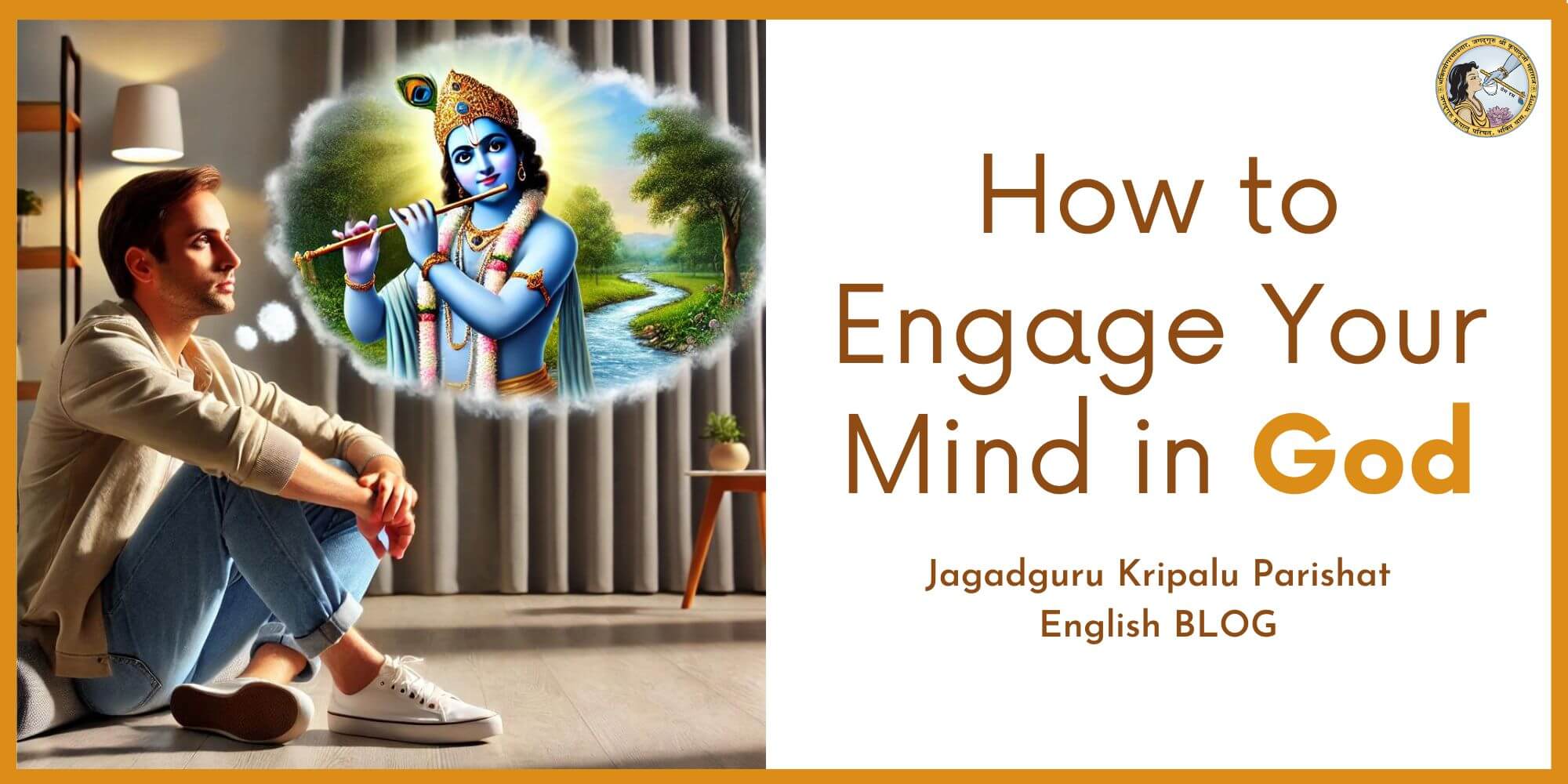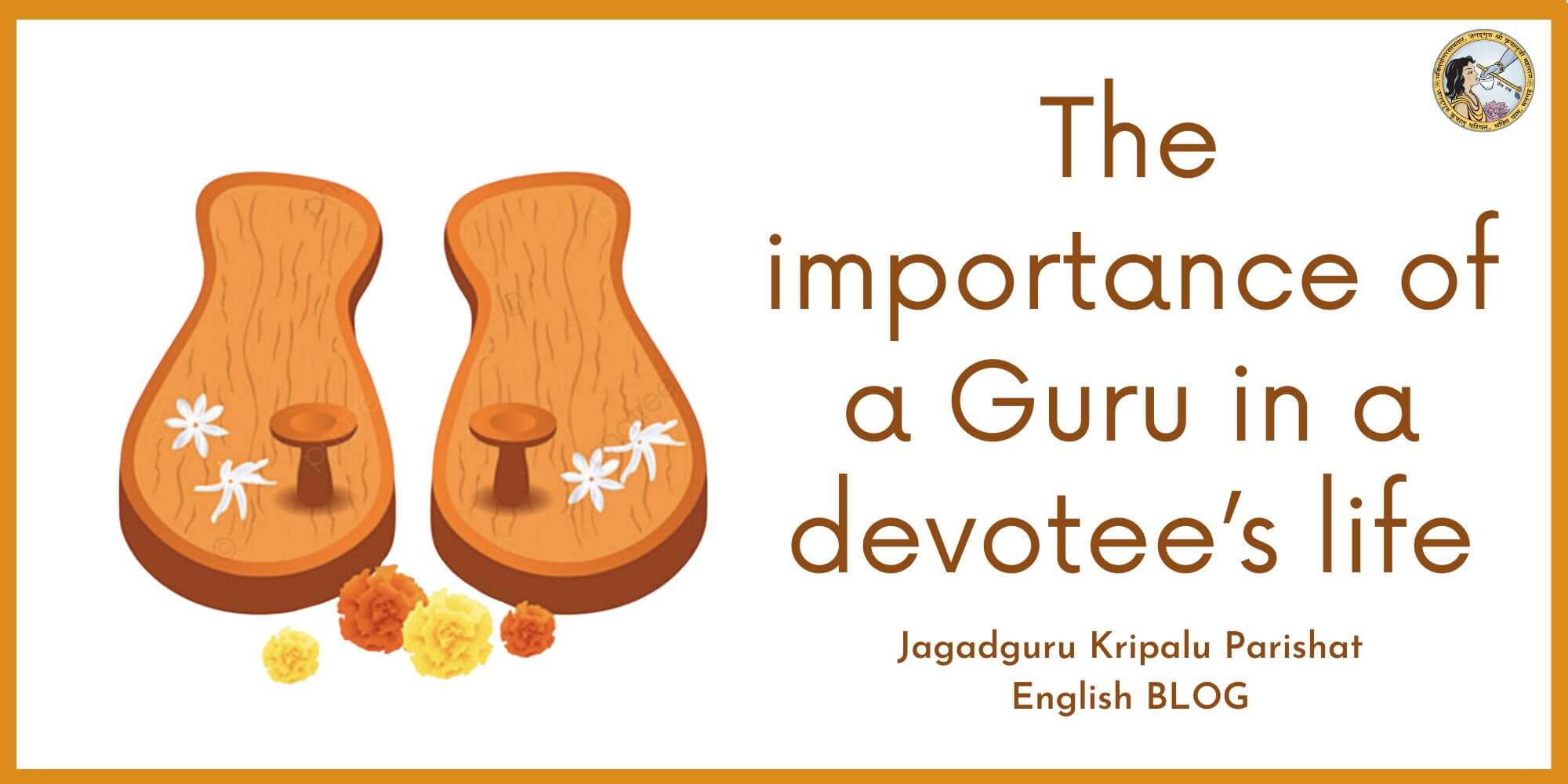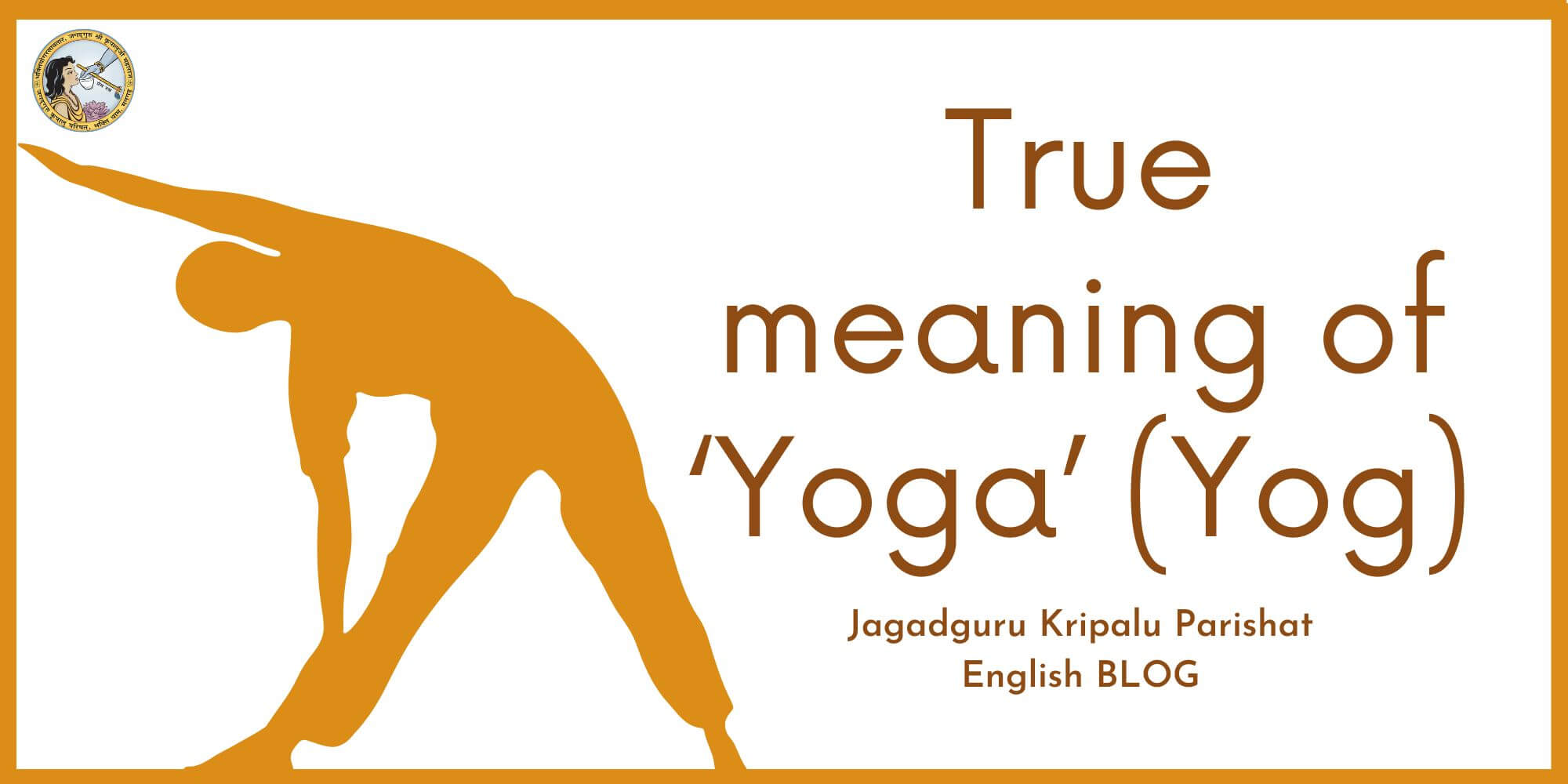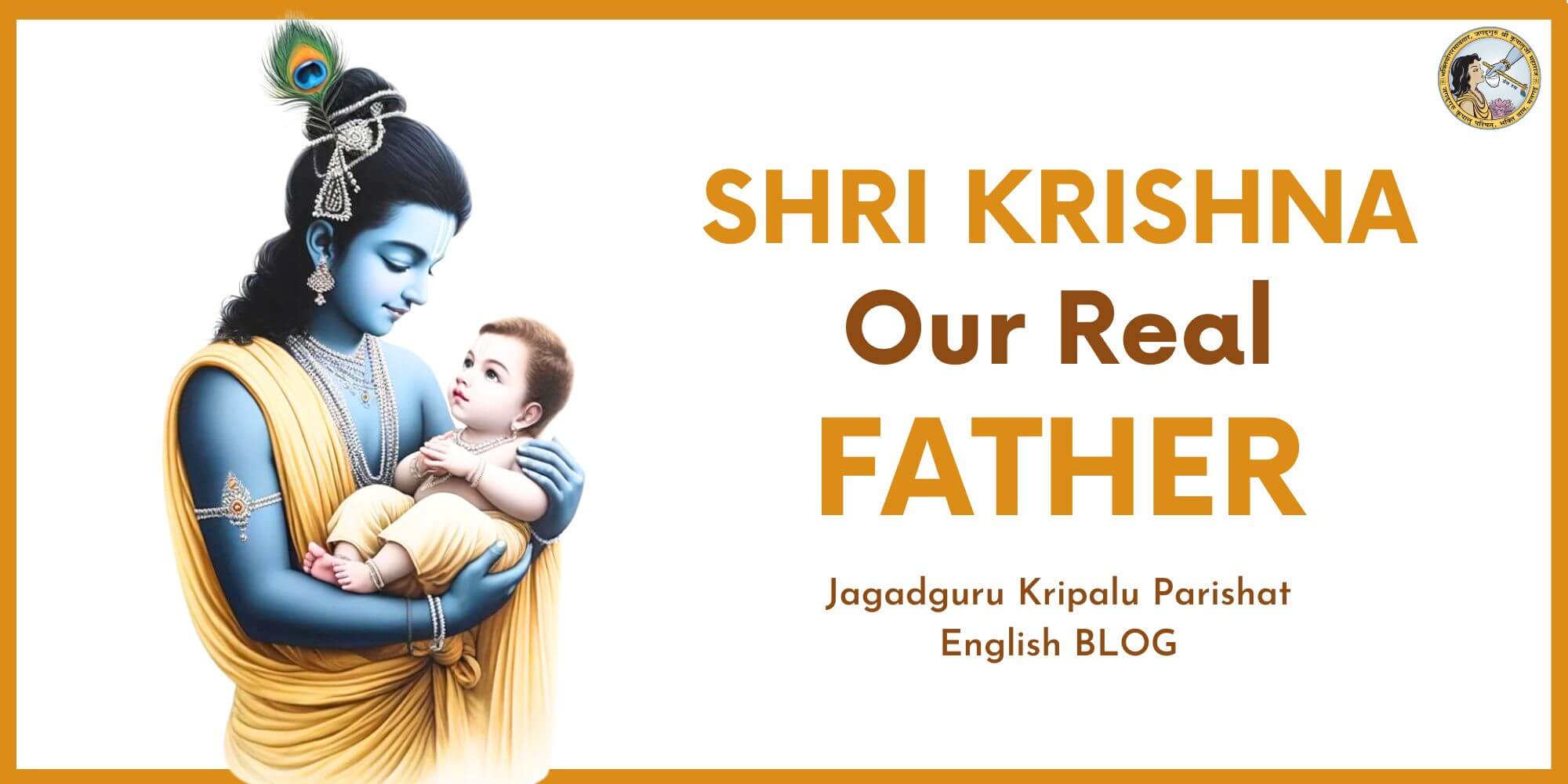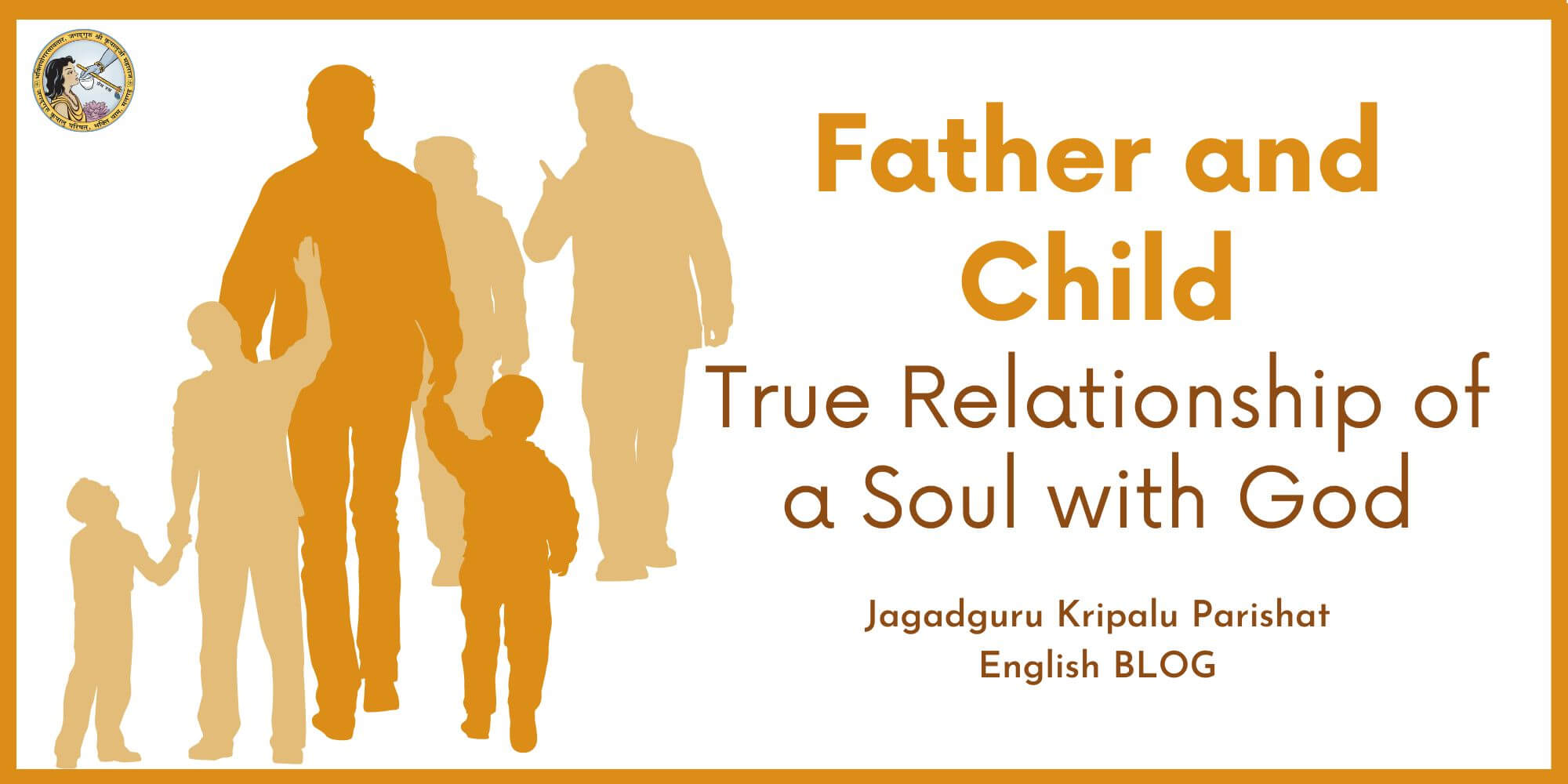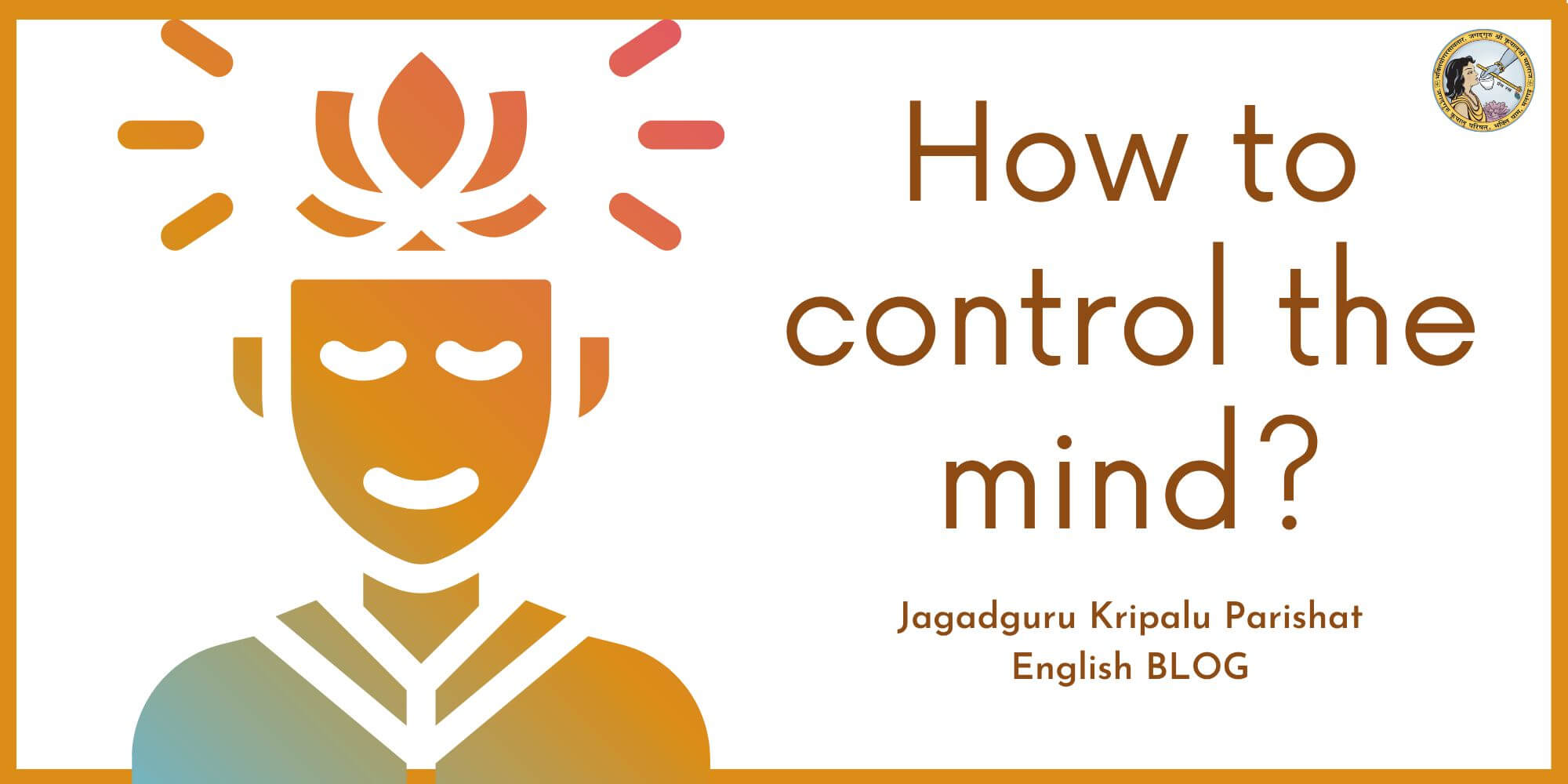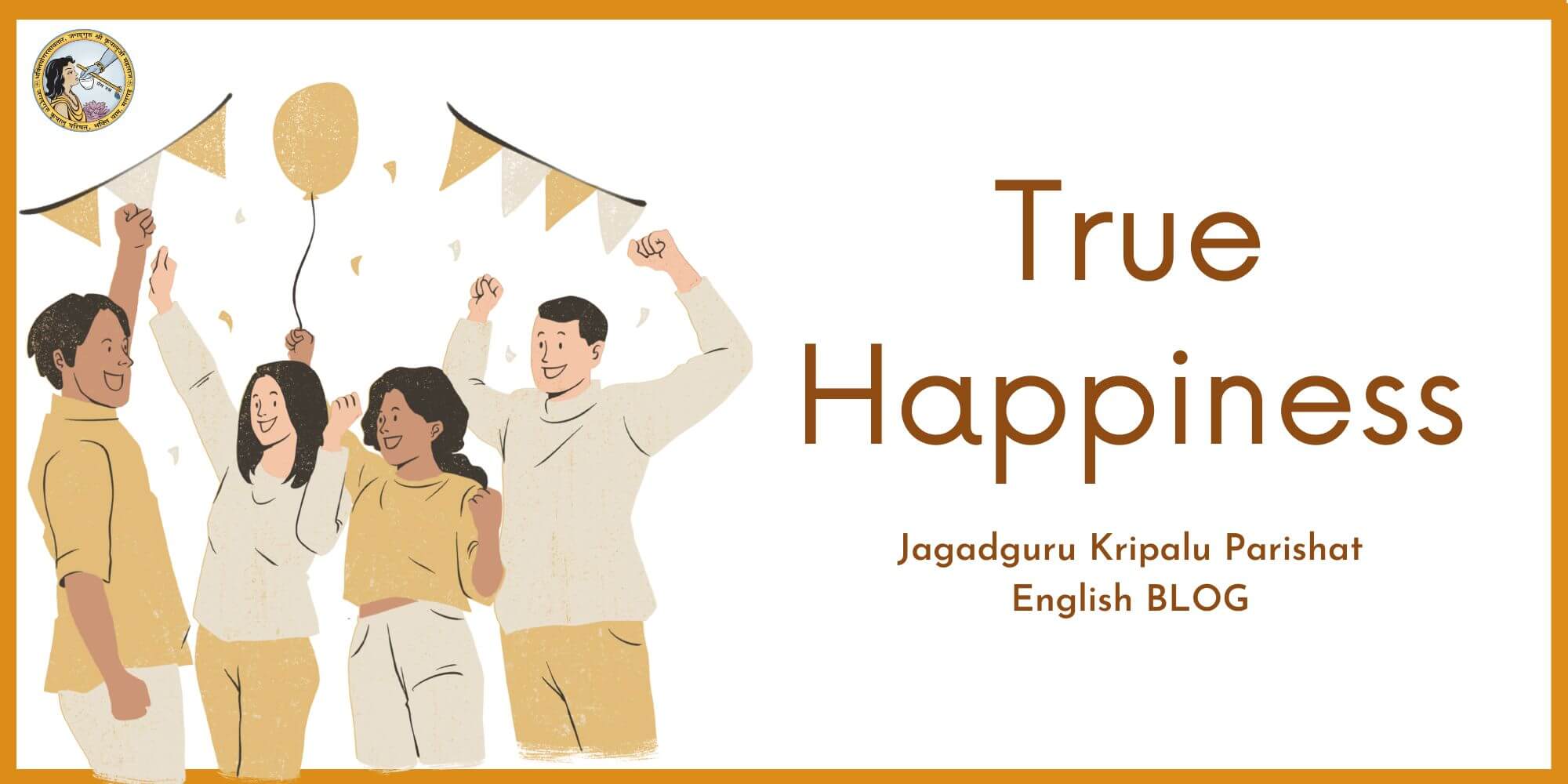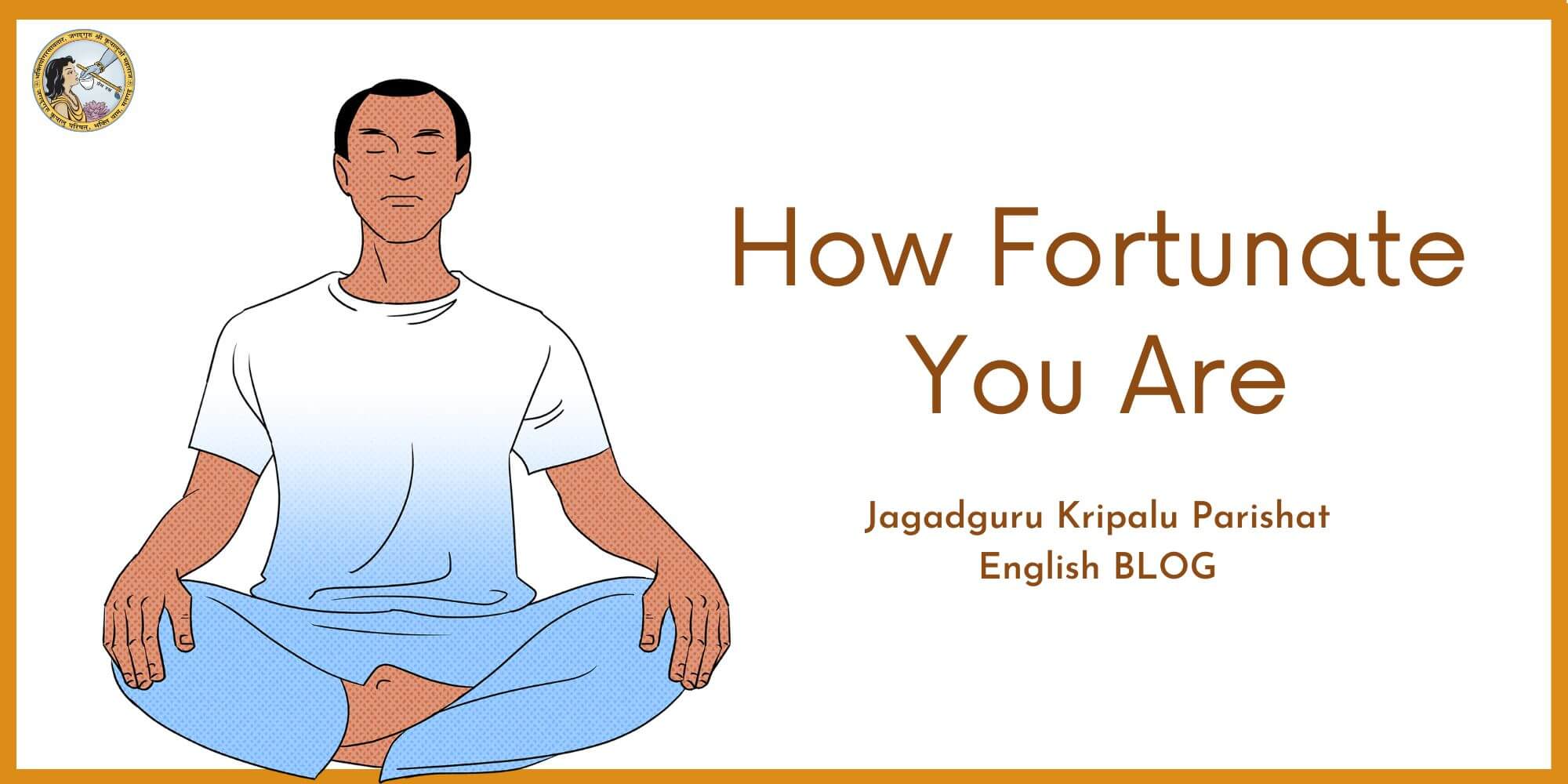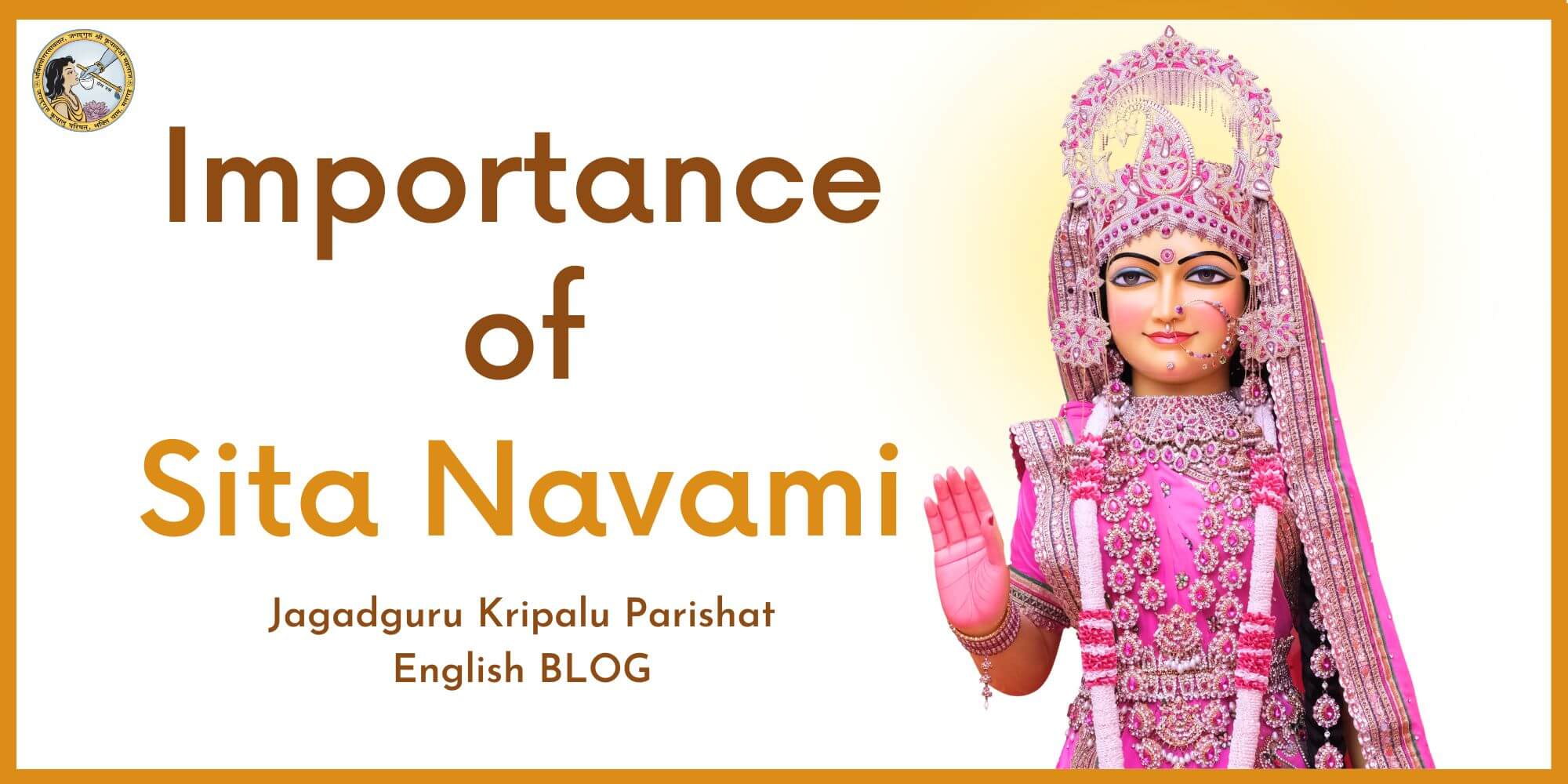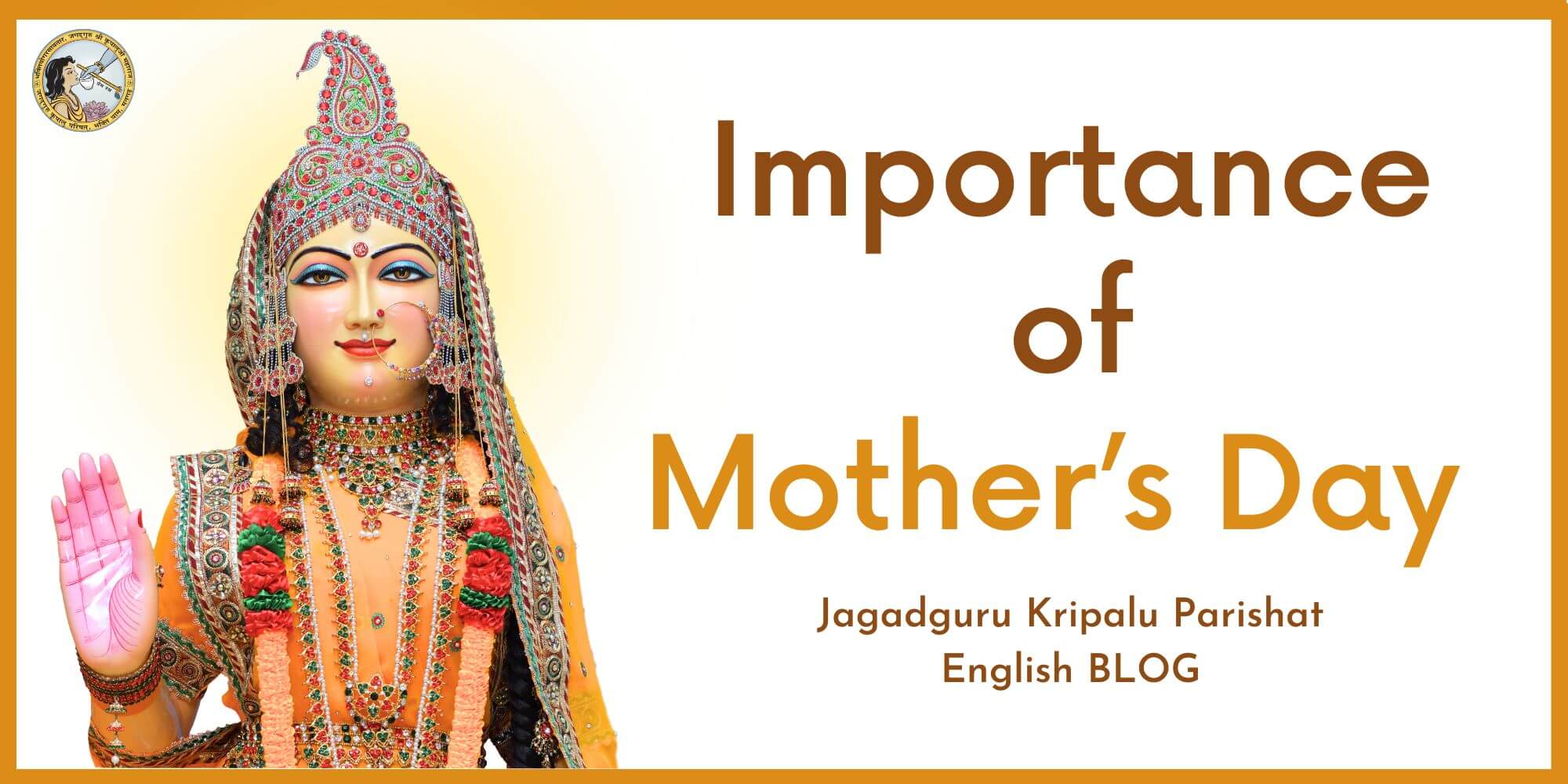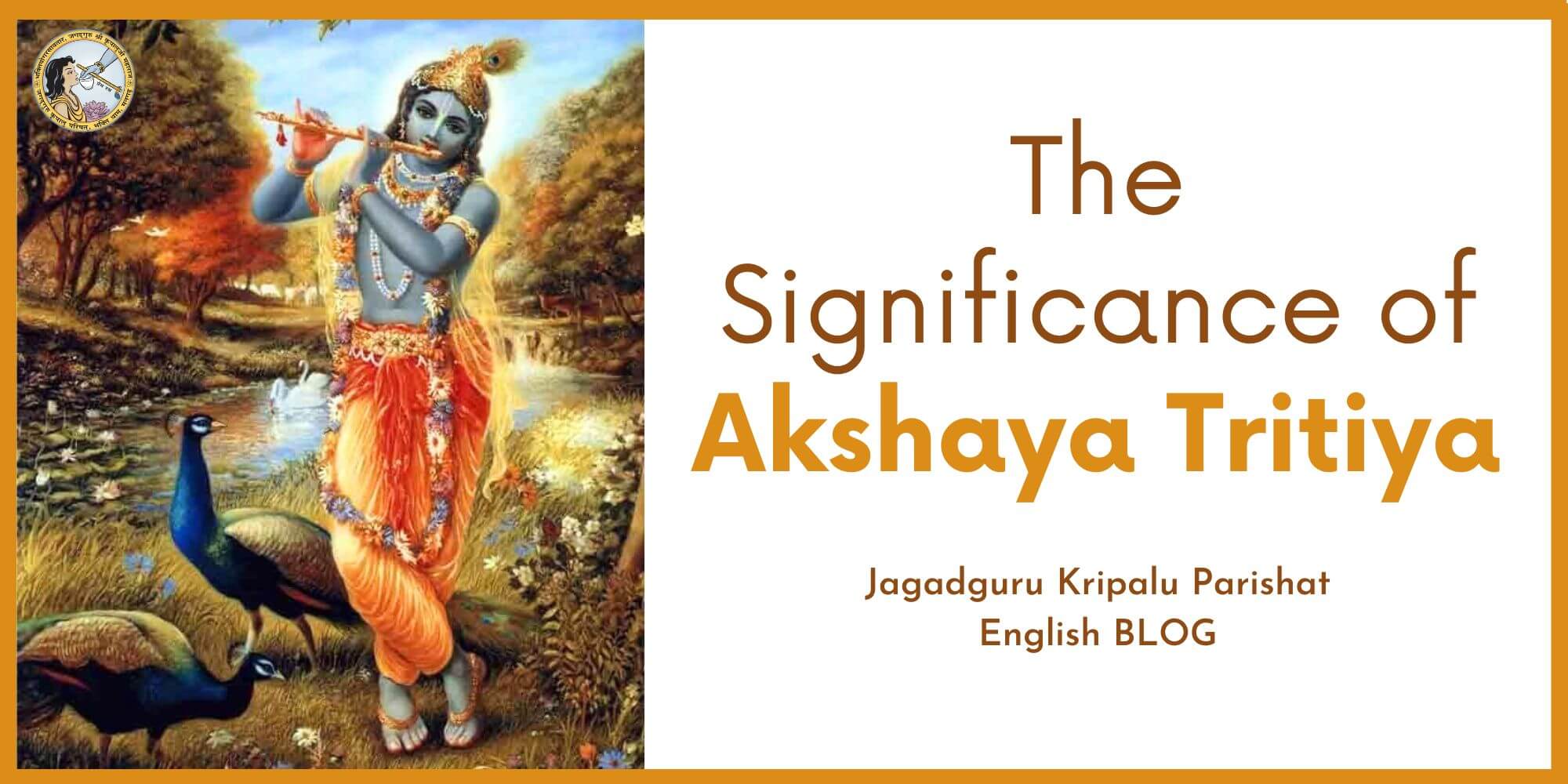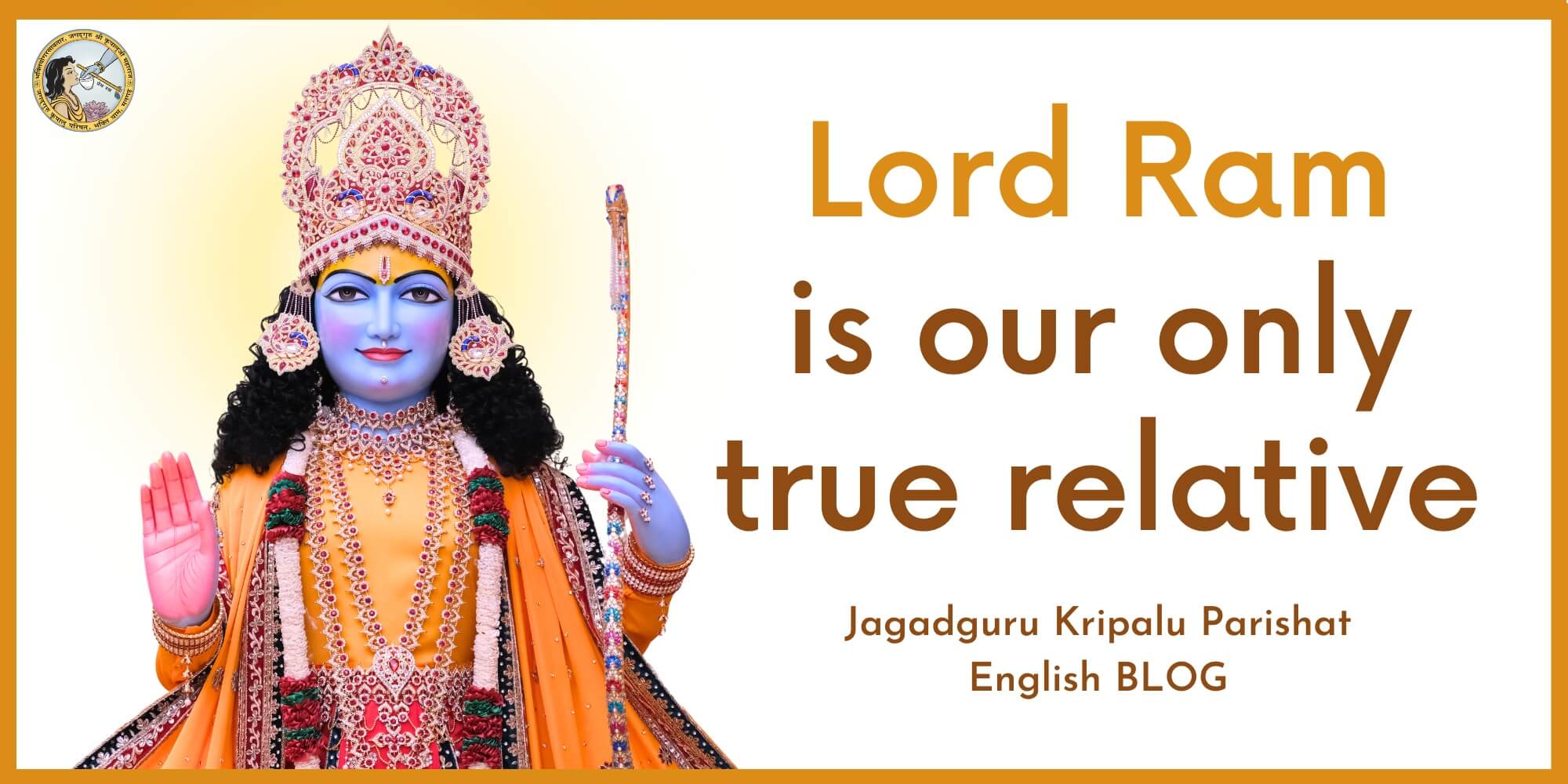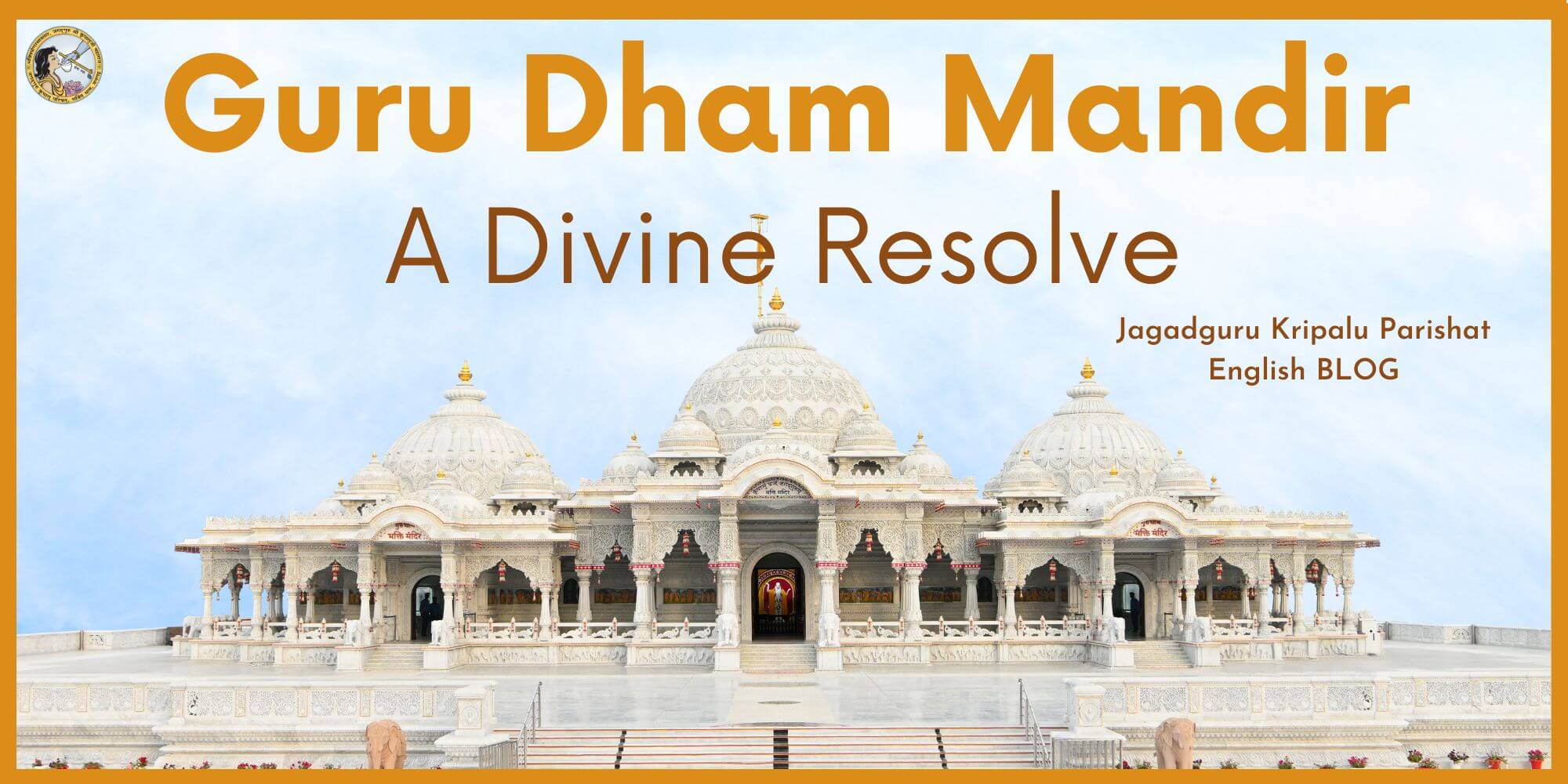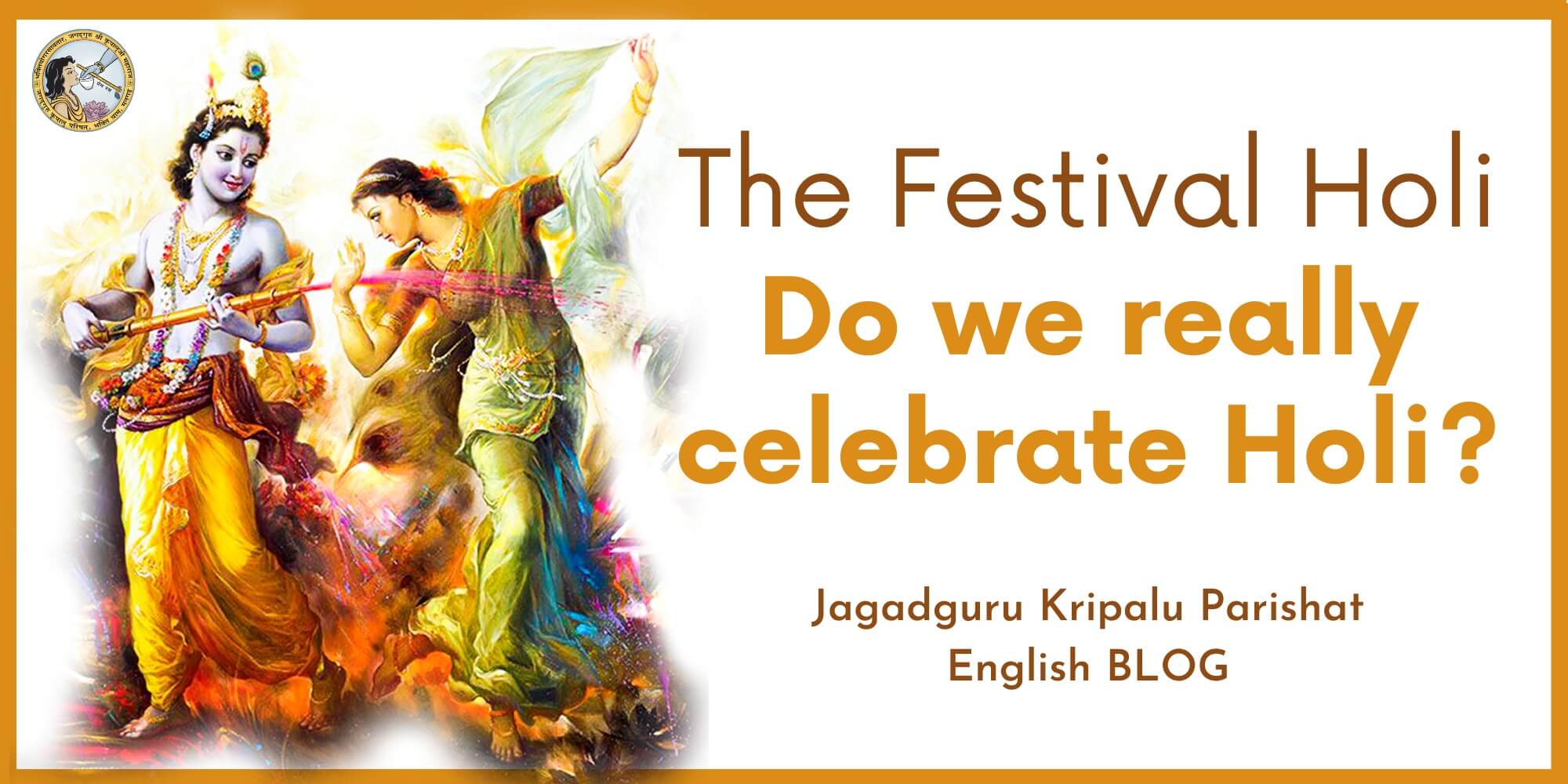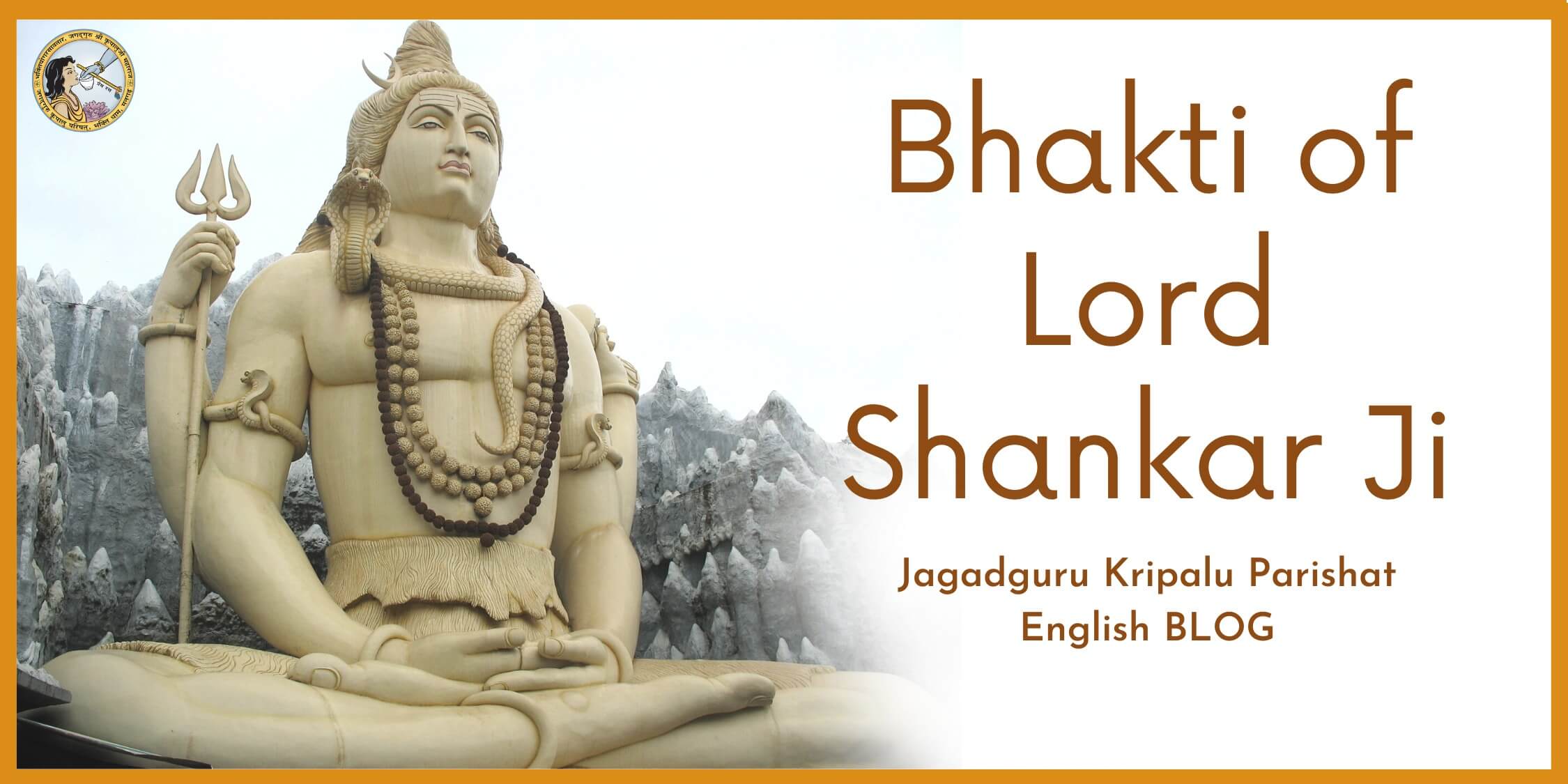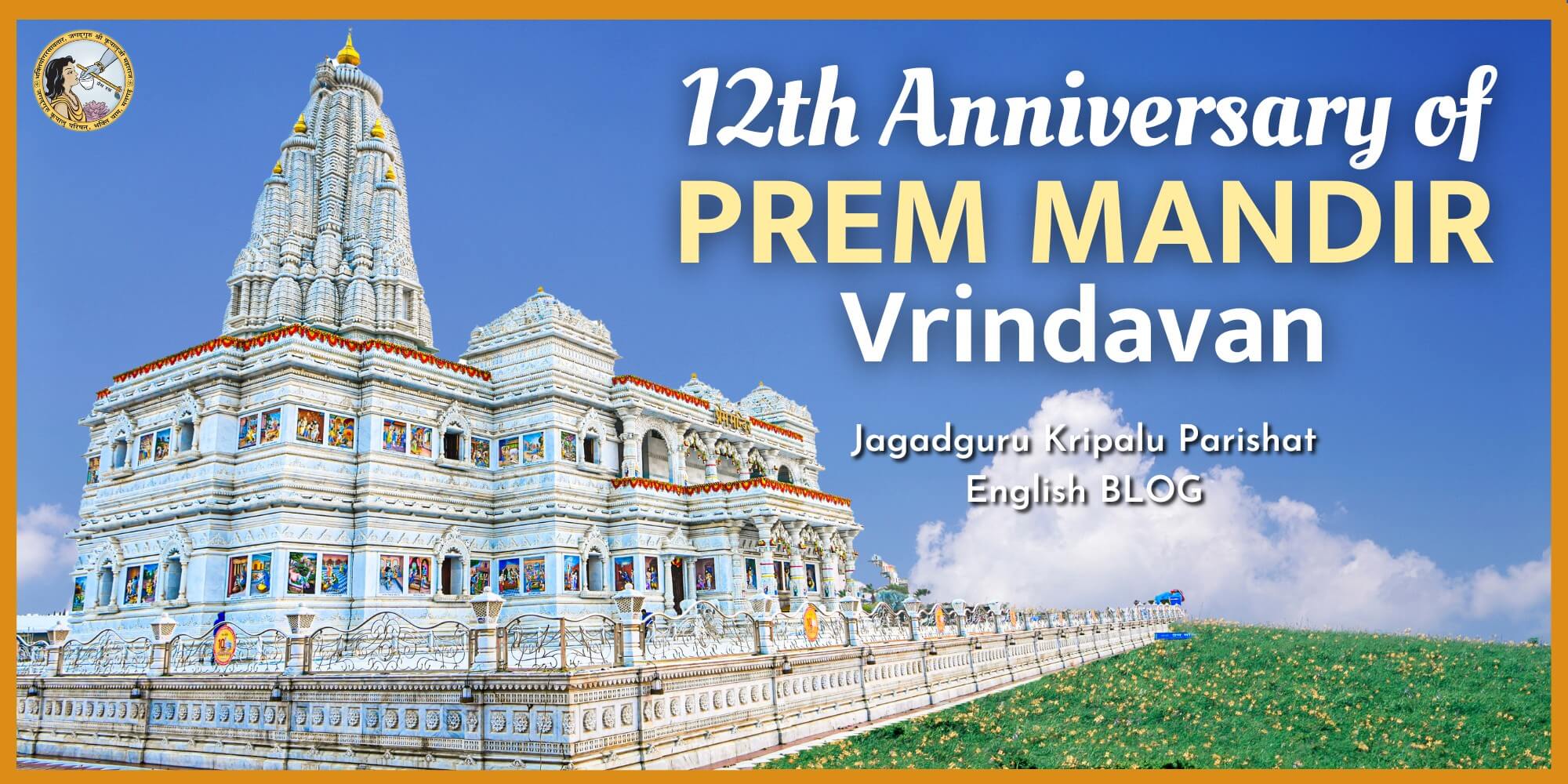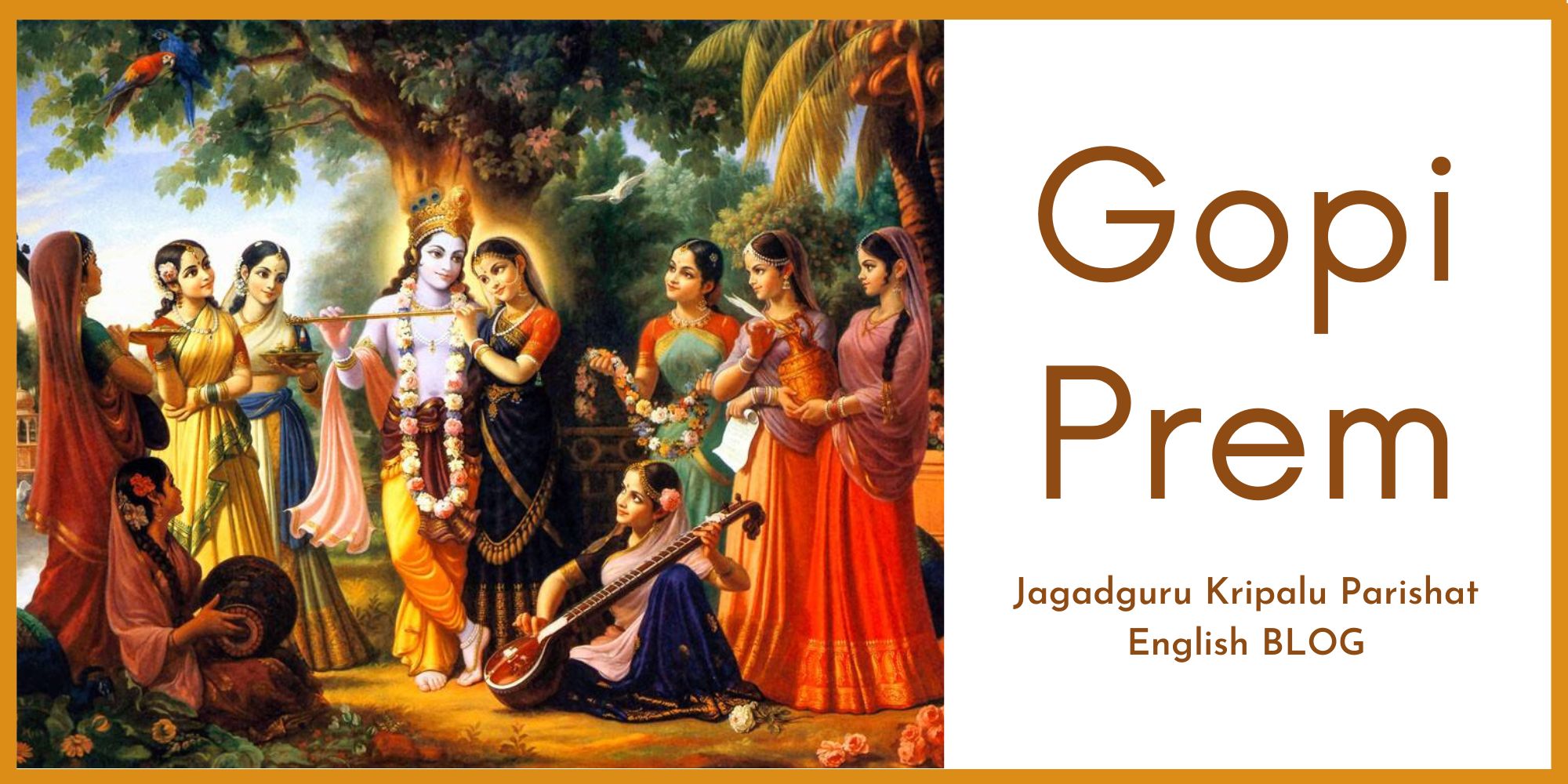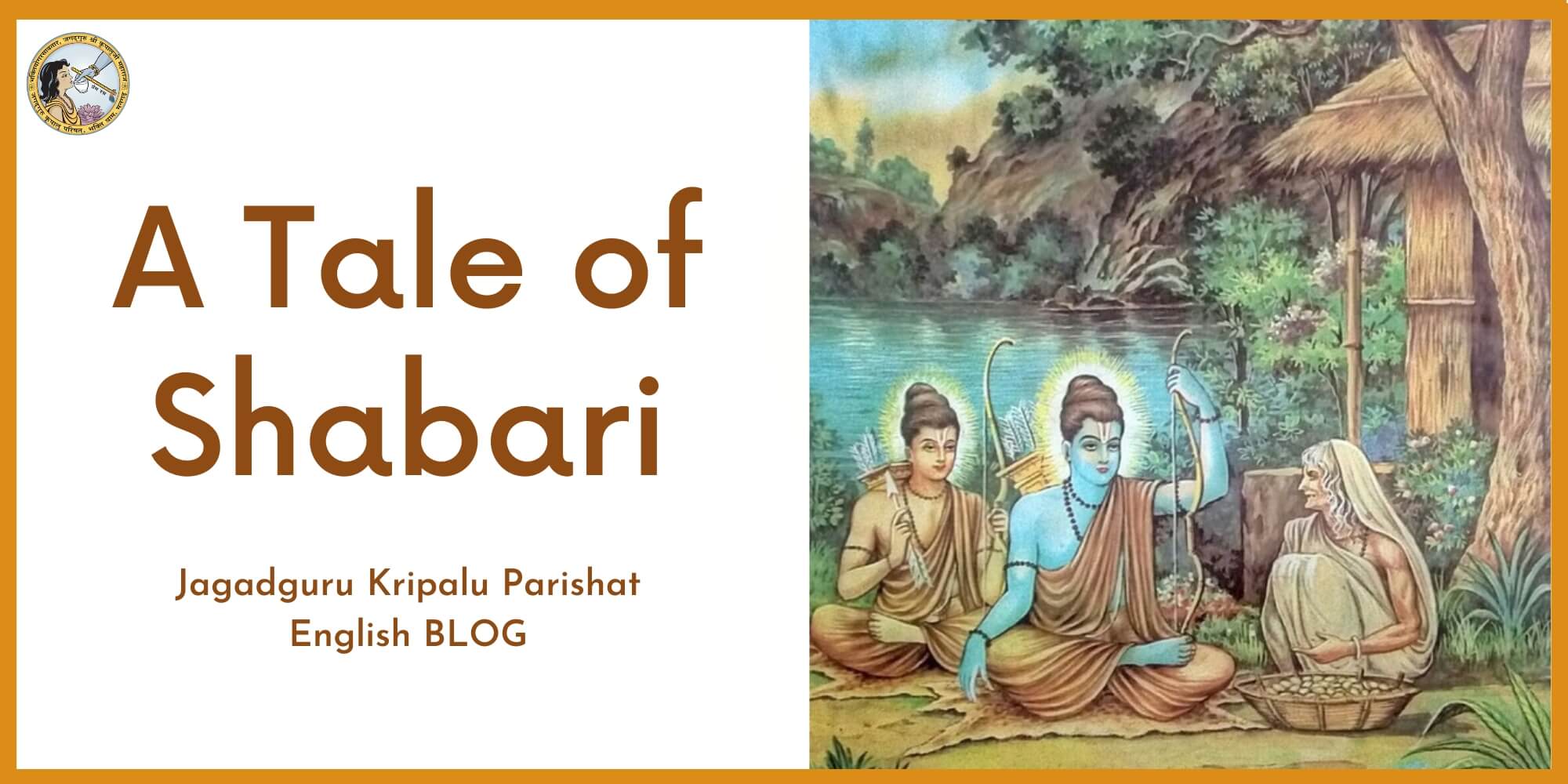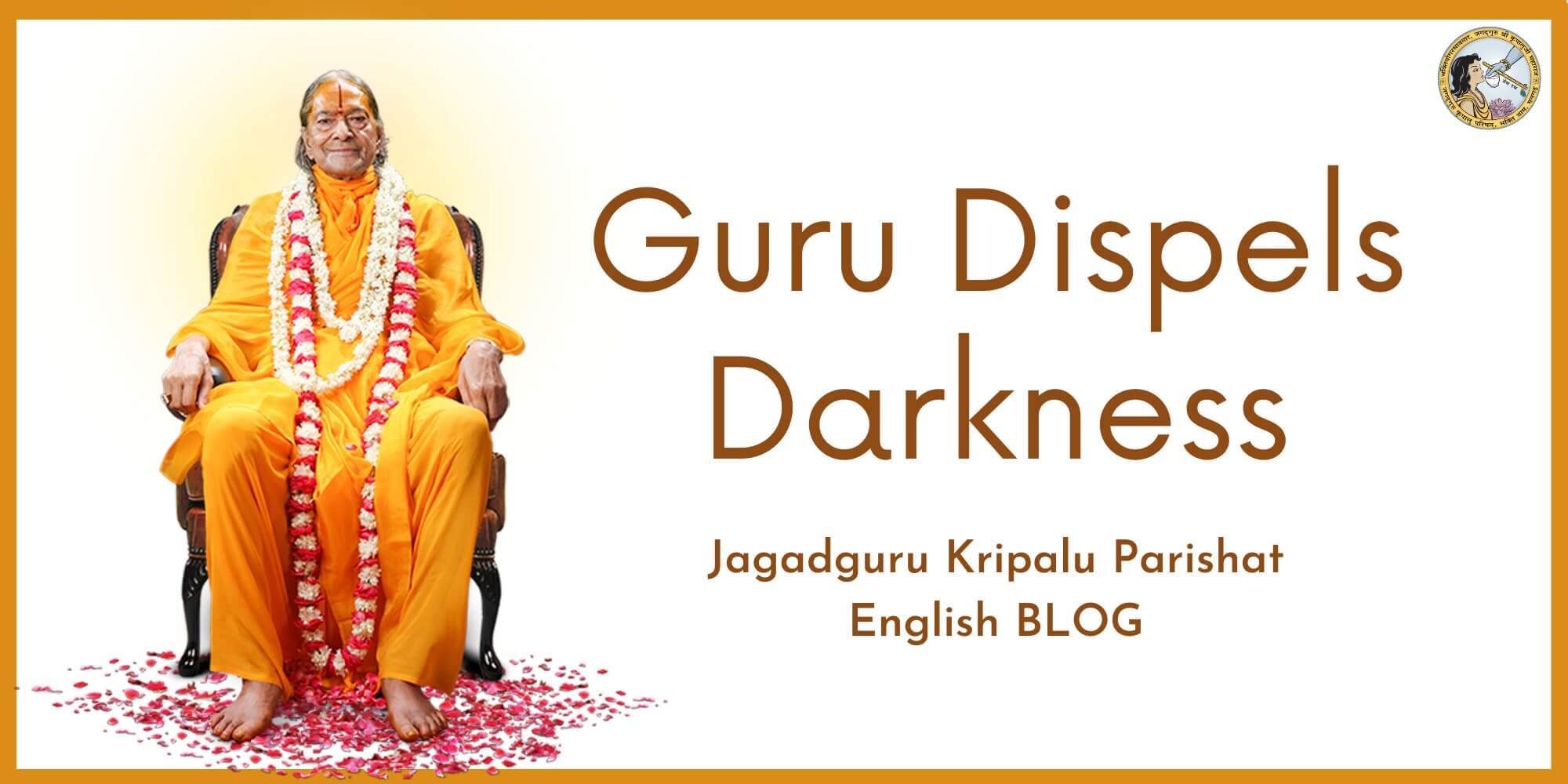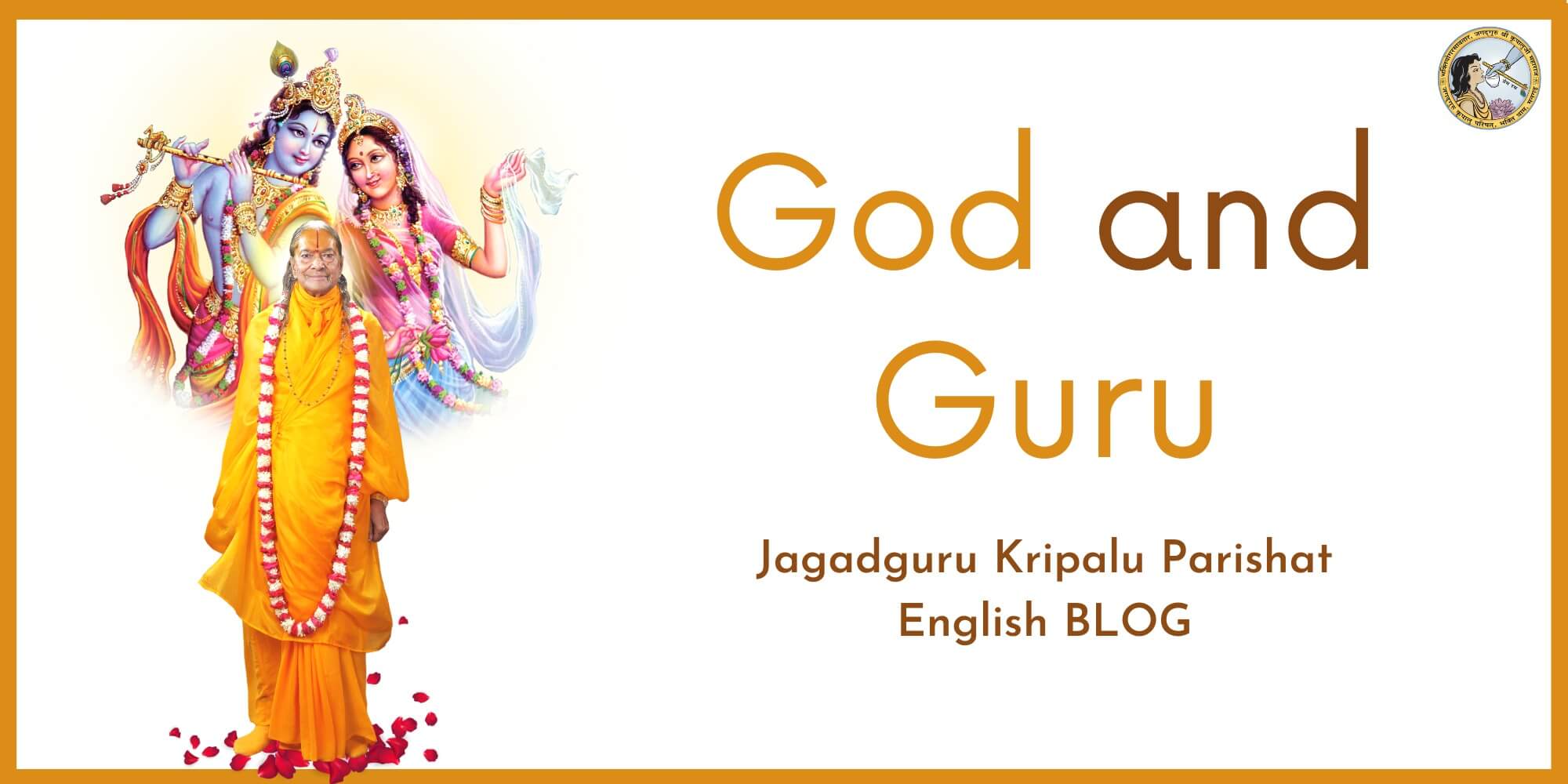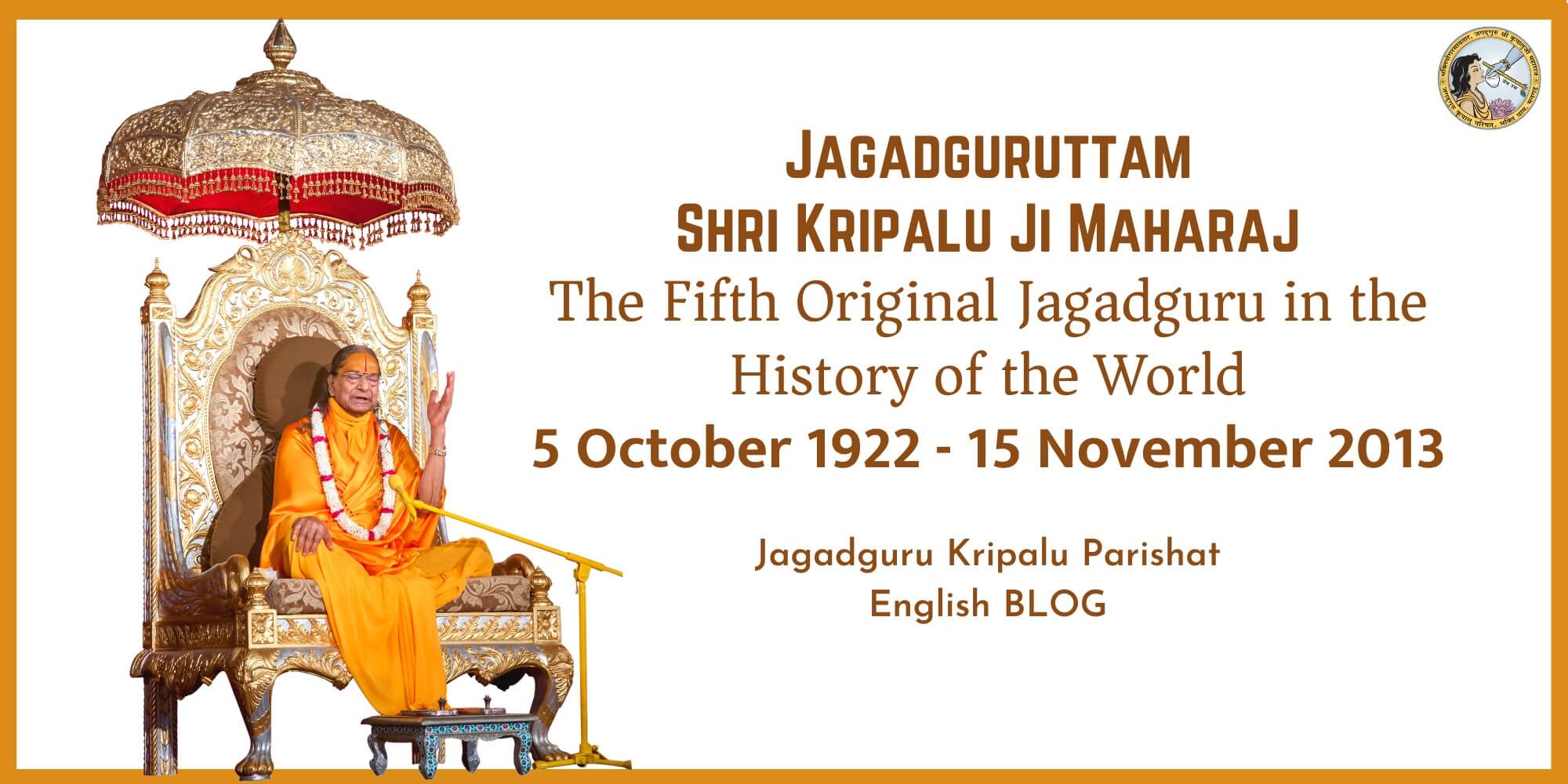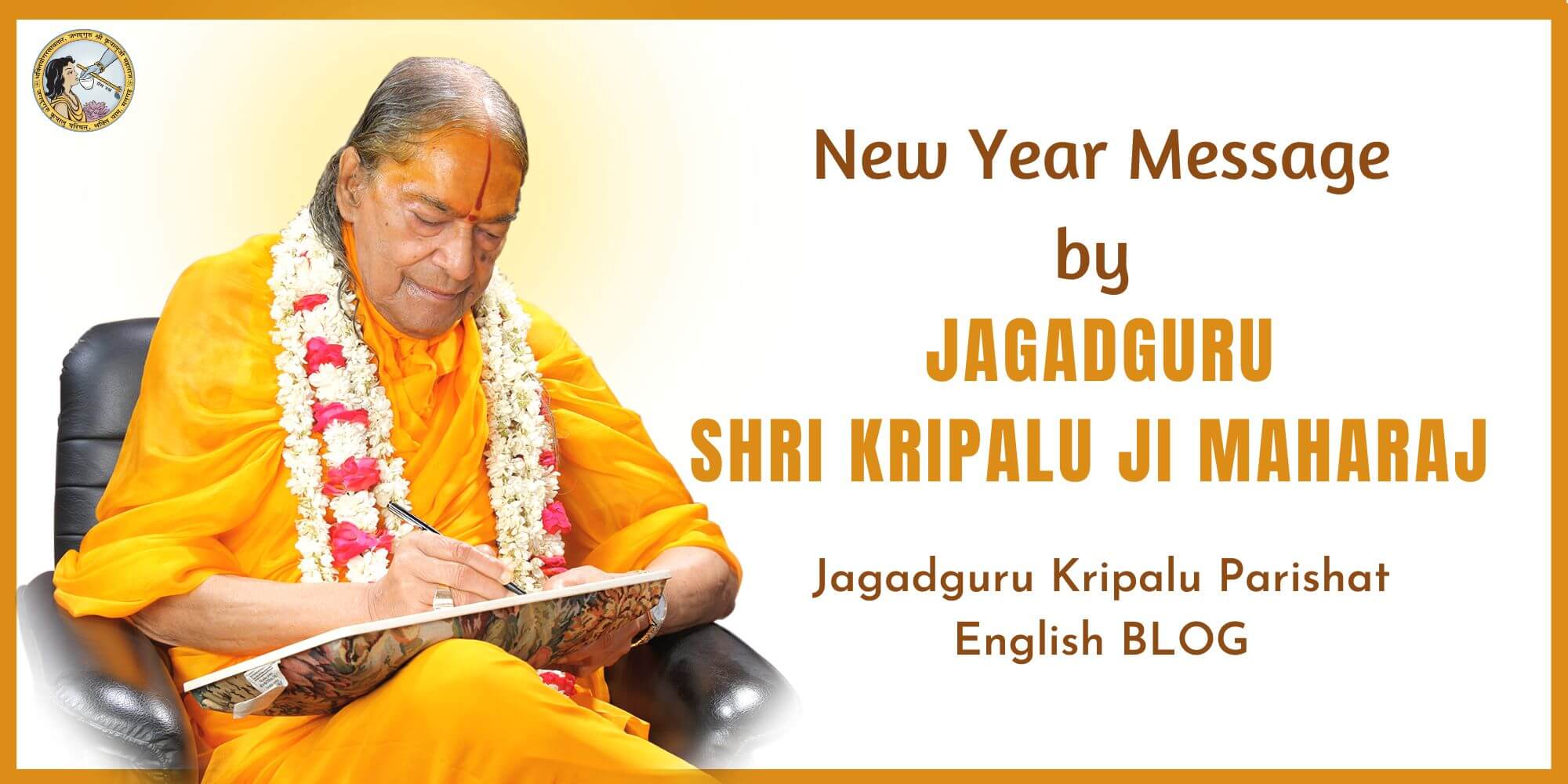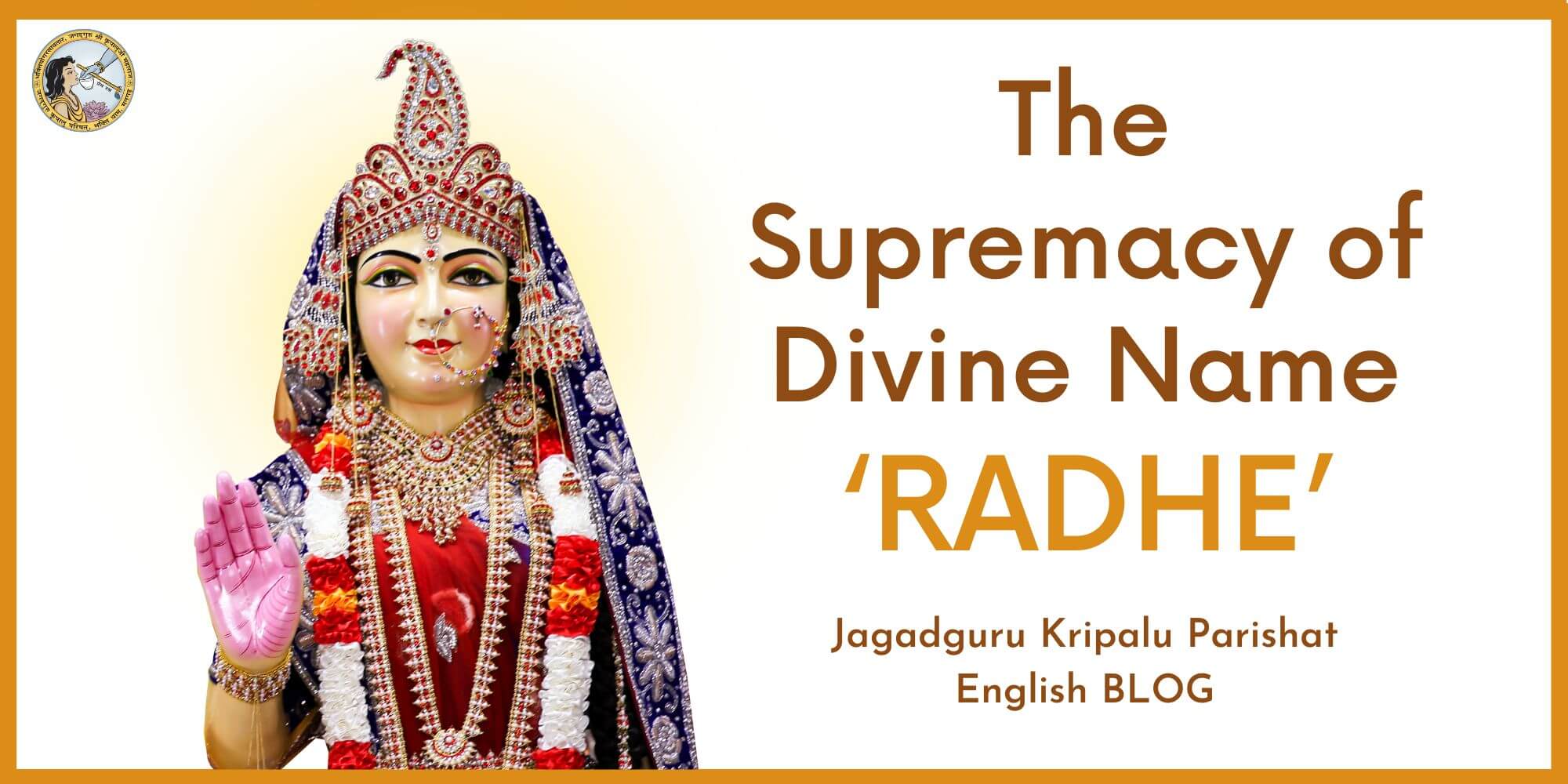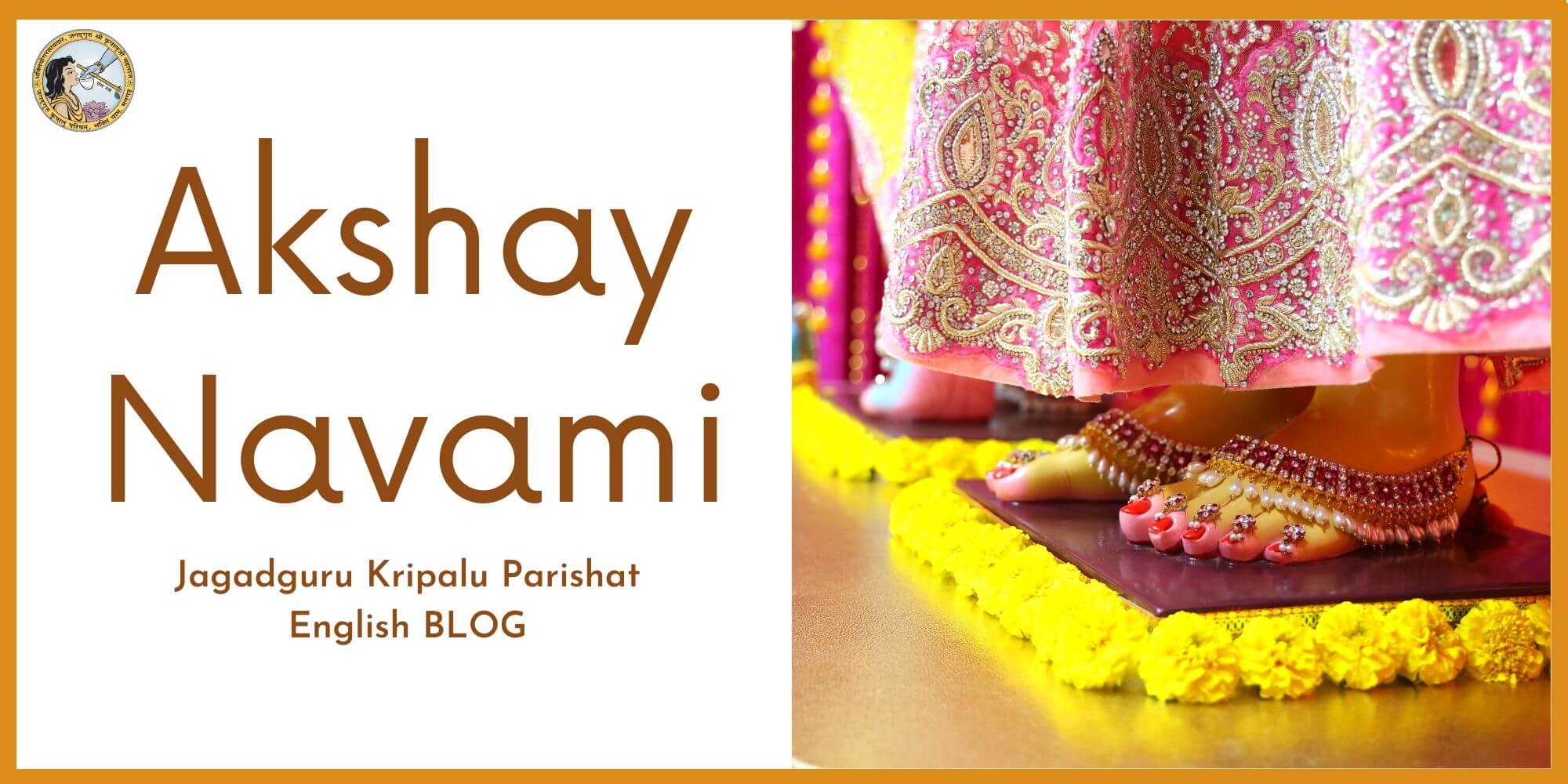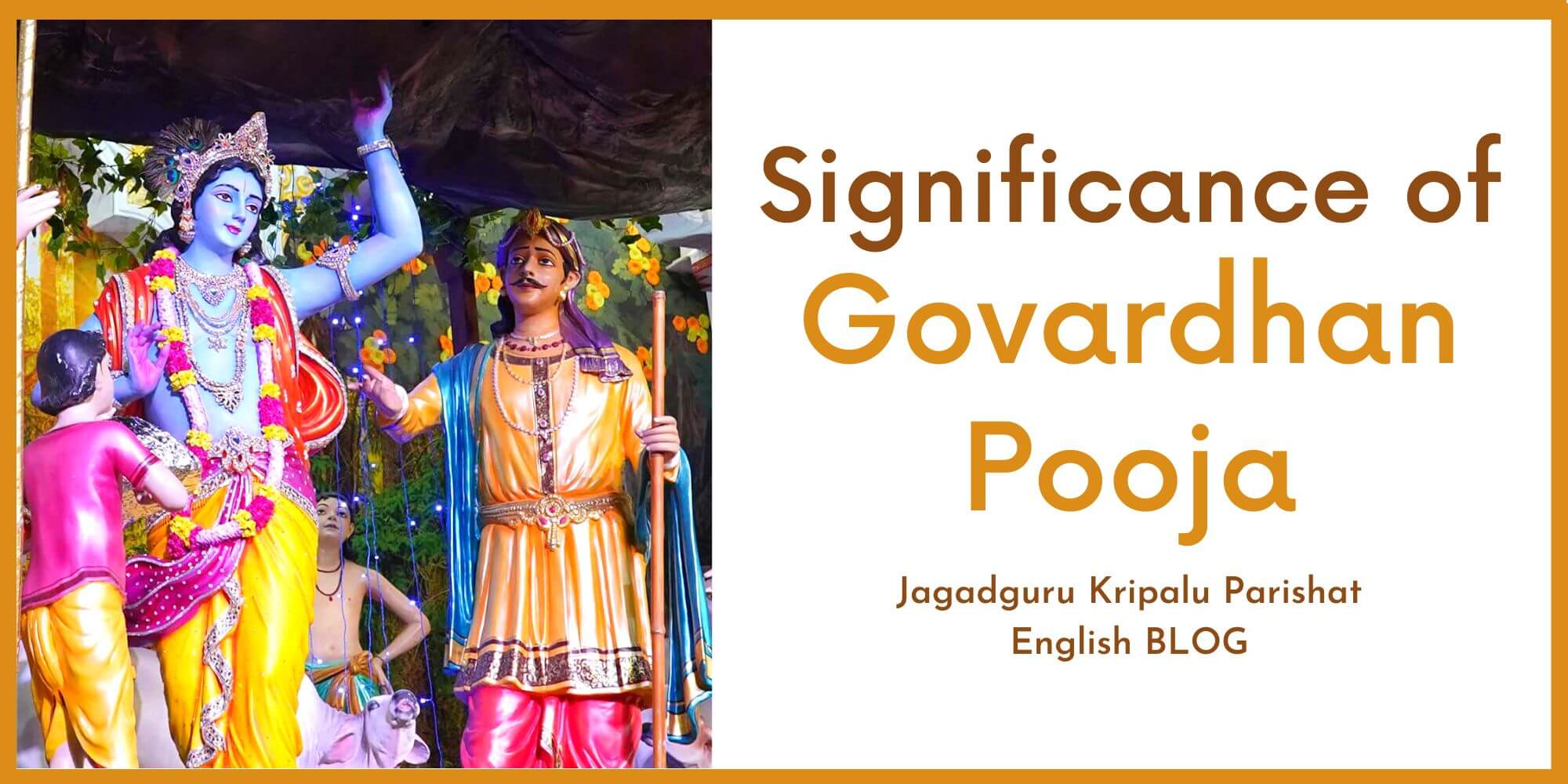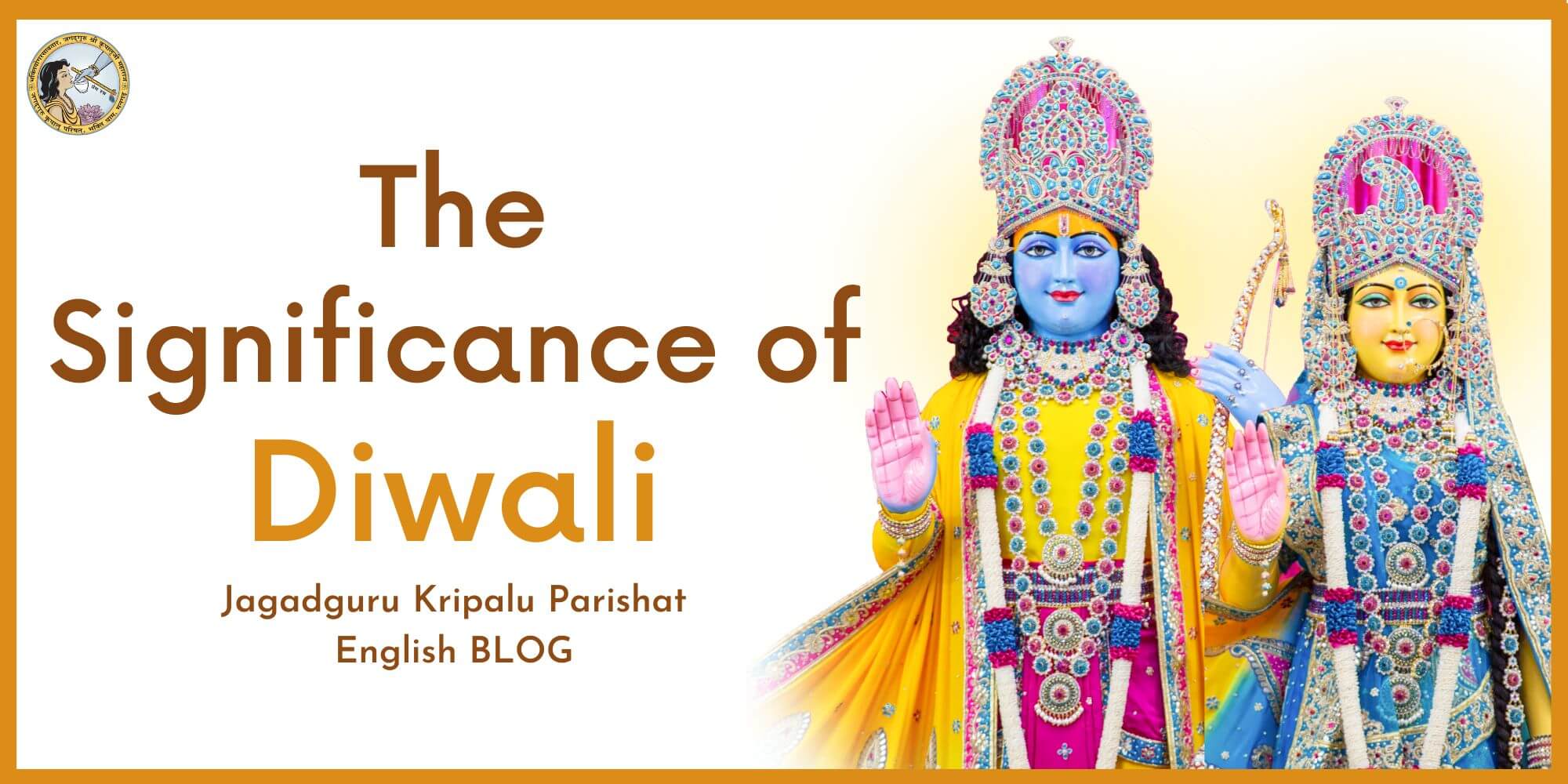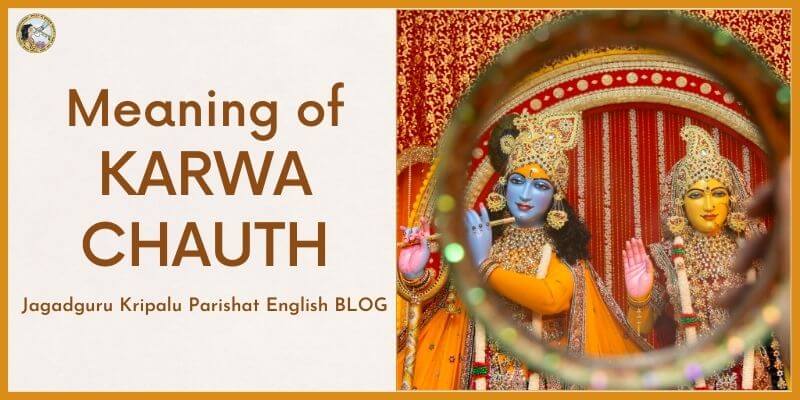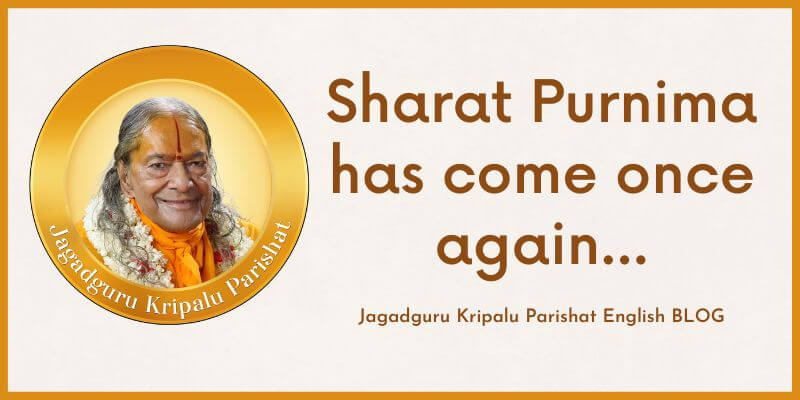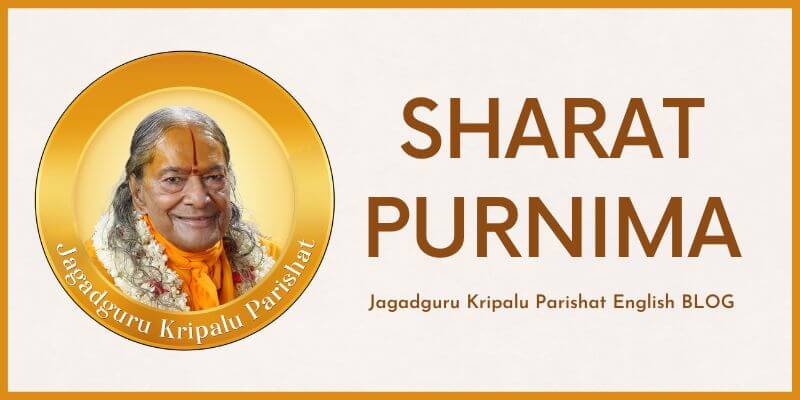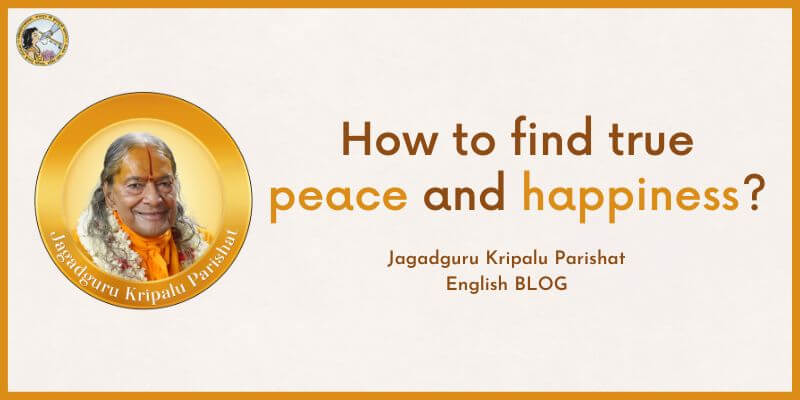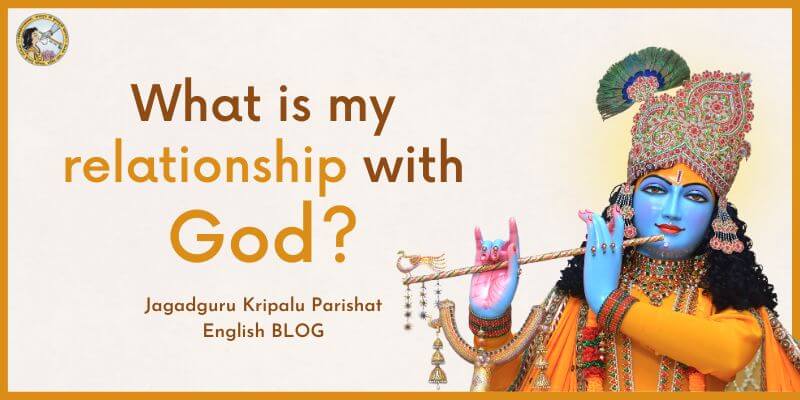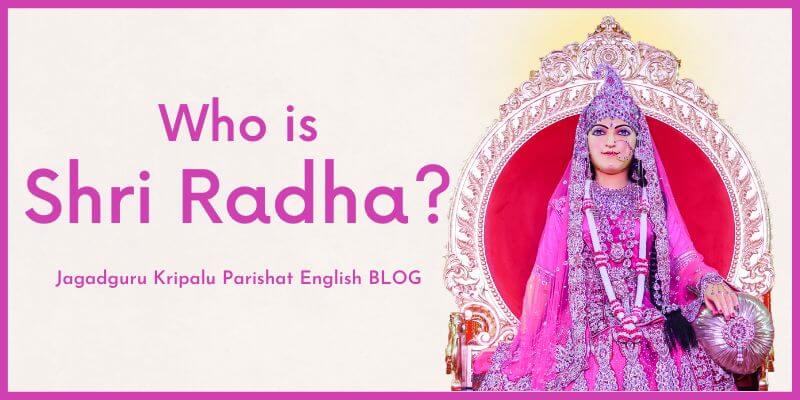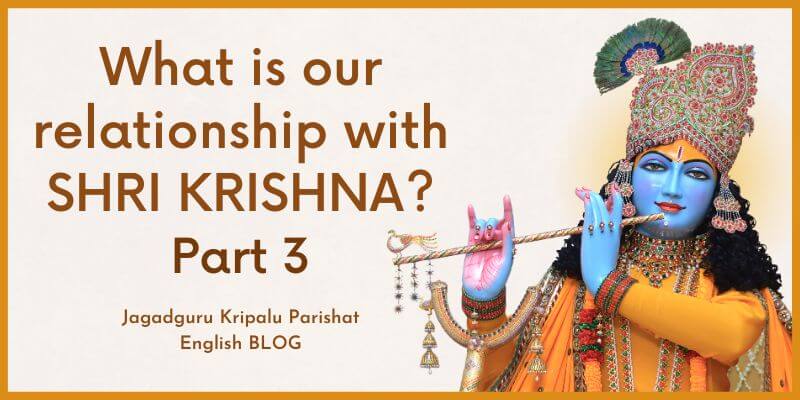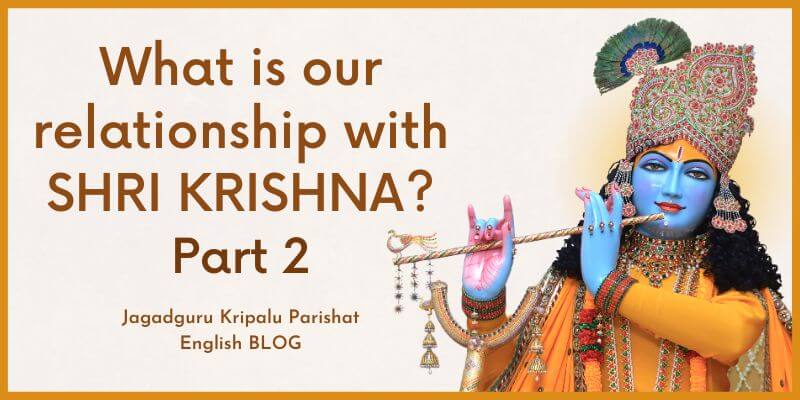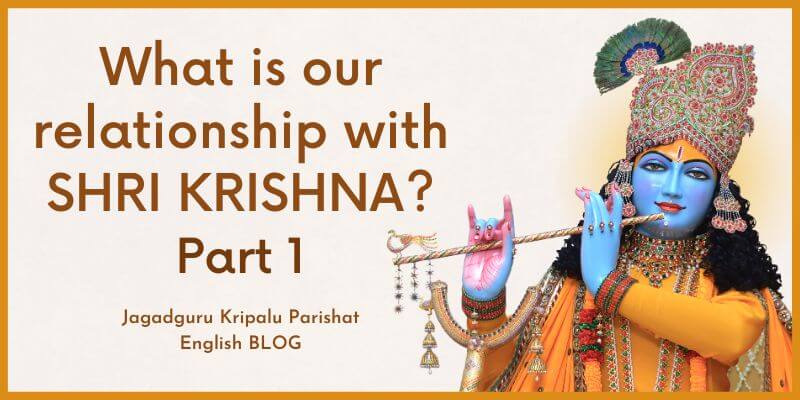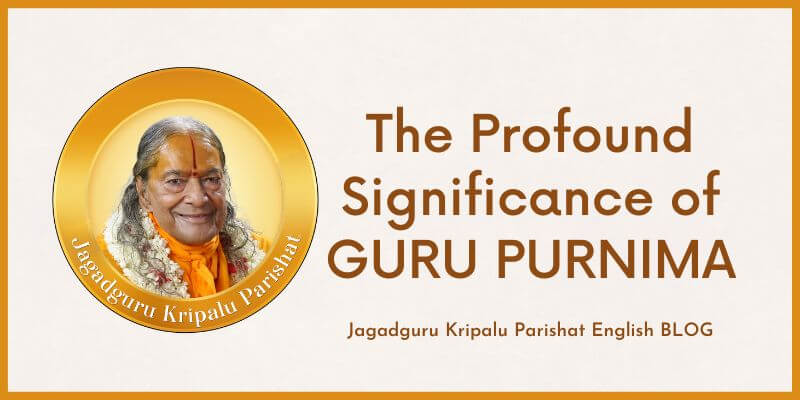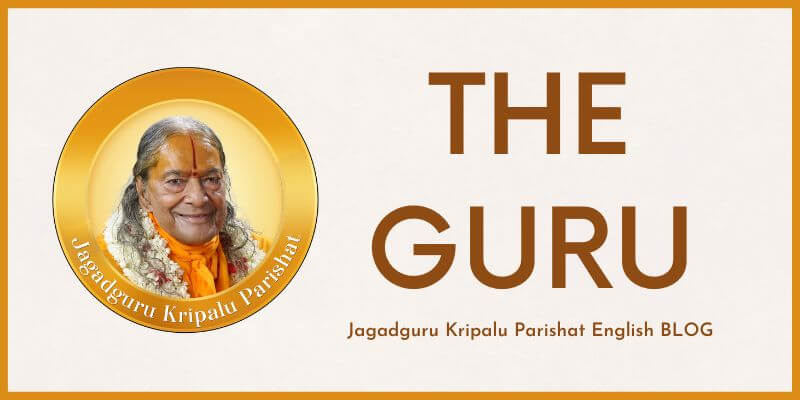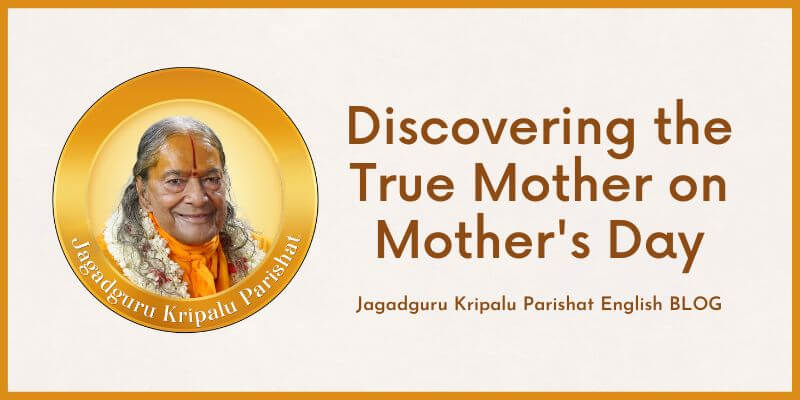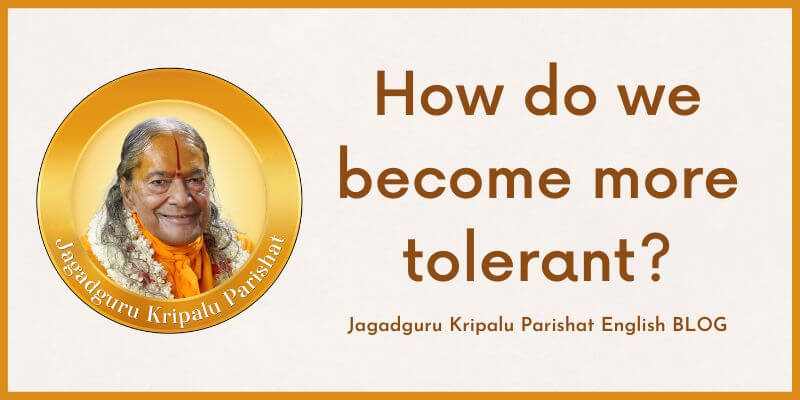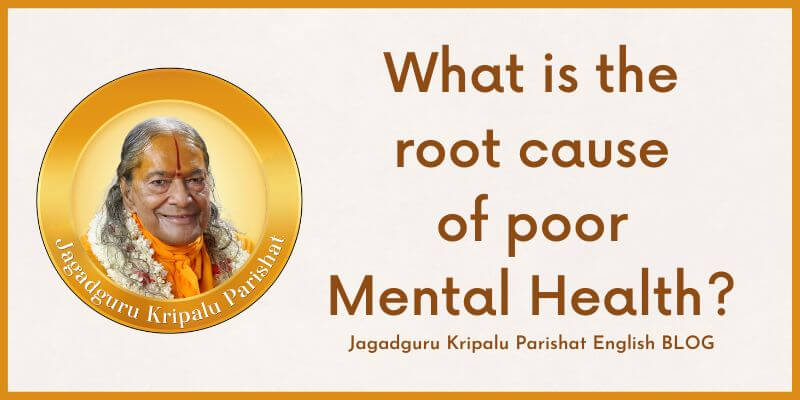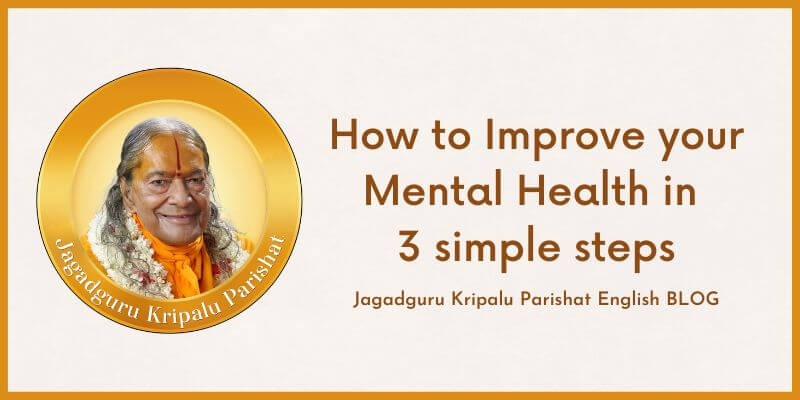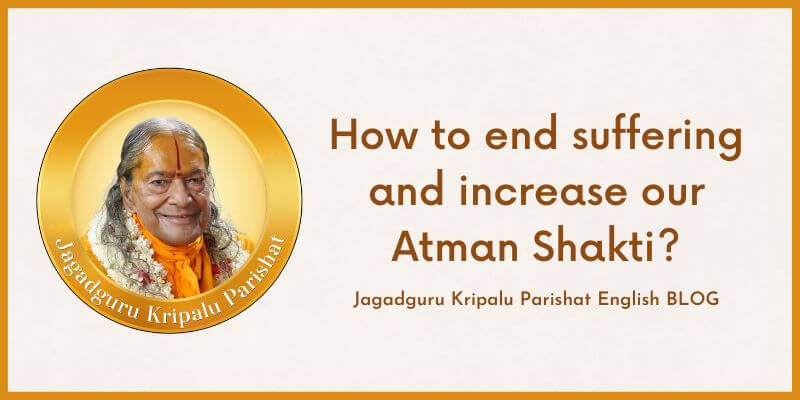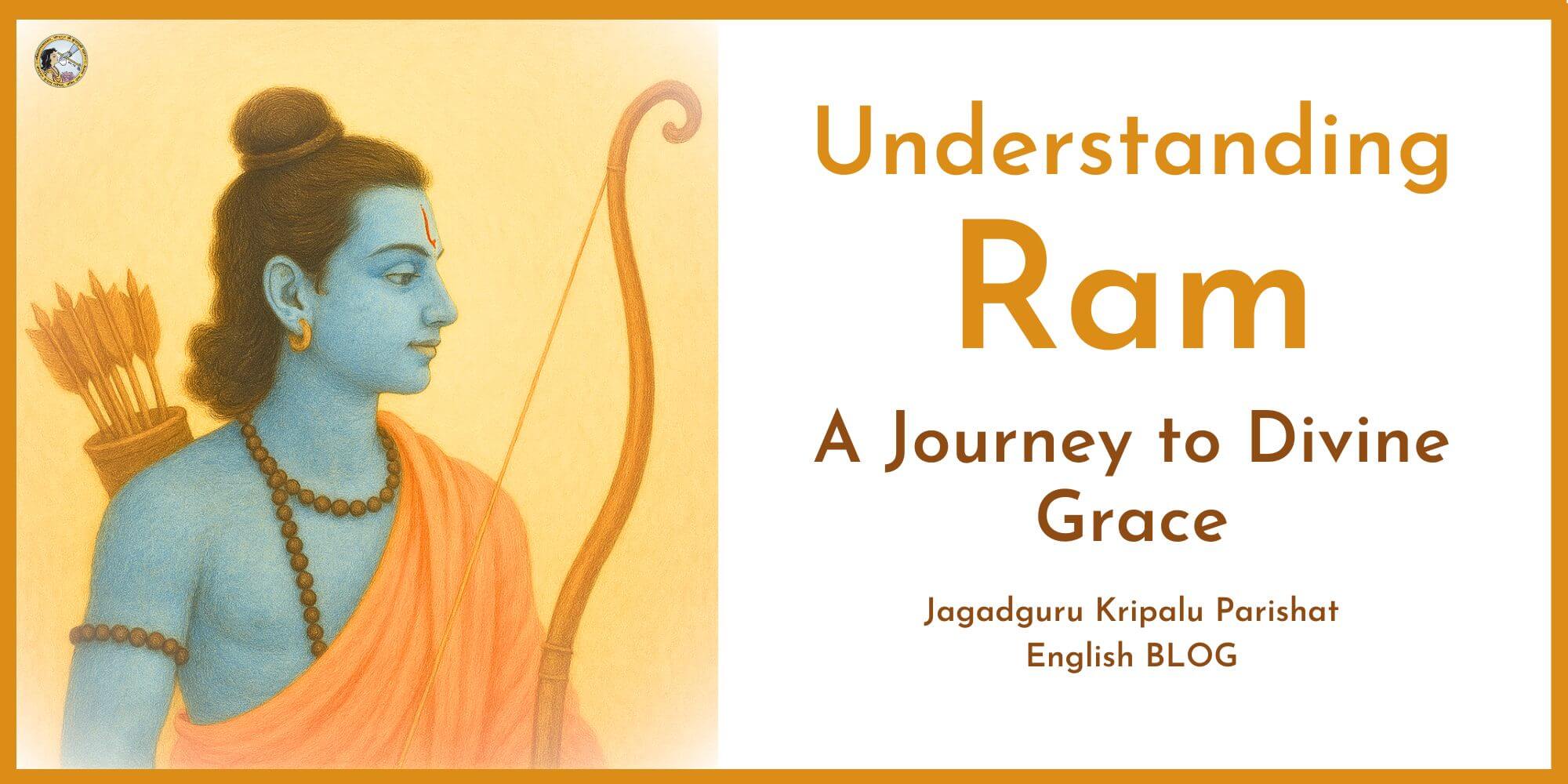The Relationship between God and the Soul (Can the Formless Aspect of God help us?) Part 2
A Speech delivered by Jagadguru Shri Kripalu Ji Maharaj in 1984 at Sadhana Bhawan
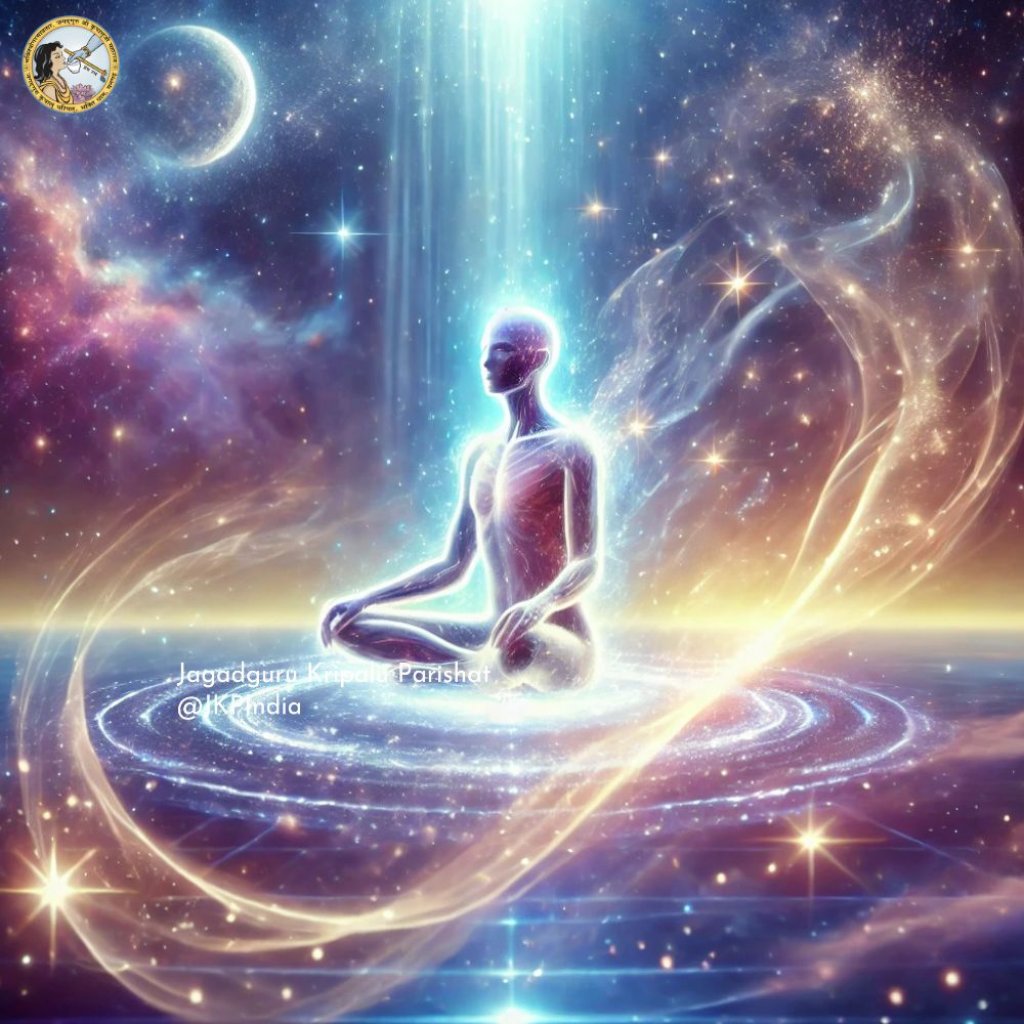
The concept that God, the Soul, and Maya are three different entities has been explained to us in various ways over time. However, all three exist within each other. What is truly fascinating is the paradox that while the Maya-bound souls reside within God, yet we are devoid of His divine happiness and knowledge.
Even though Maya resides within God, it remains inanimate, devoid of the divine qualities that characterize God. Similarly, while God resides within the Soul, the Soul does not reflect His divine attributes. Within the same Soul, Maya resides, and the qualities of Maya affect the Soul.
In the same way, the Soul also resides in Maya but is unable to make it animate. Although Maya exists within Brahm (the Absolute), it does not possess any of the divine qualities inherent in Brahm. This is the miracle of God’s personal power, Yogamaya, which makes the impossible possible—things beyond the comprehension of our ordinary minds.
So we must gain knowledge of these three elements: God, the Soul, and Maya. When we attain complete knowledge of just one of these elements, the understanding of the other two will follow naturally.
Let’s begin by trying to understand God. What is the true meaning of the word ‘Brahm’ (God)? There are two primary explanations for the word ‘Brahm.’ The scriptures define it as something that is vast and immeasurable. Brahm, in this context, means “big” — but how big? So big that there is no one equal to or greater than Him. To put it more simply, Brahm is so vast, so boundless, that He is limitless. Everything else has a limit. And God is limitless, that is why He is called ‘Brahm’
’The Vedas proclaim, “There is no one equal to Him, nor anyone greater than Him.” In simpler terms, this means that Brahm is so vast, so boundless, that He is limitless. While everything else in existence is big to a certain limit, God, or Brahm, is limitless in his greatness. This limitless nature is what makes Him distinct and supreme. that is why He is called ‘Brahm.’
There is another significant meaning: Brahm is not only great in Himself, but He is also the one who elevates others, making them great. One meaning of the word Brahm states that He is limitless in His greatness. And the other meaning states that Brahm is the one who Himself is great and makes others great too. In this sense, Brahm is both the source of all greatness and the force that empowers others to achieve greatness.
The first definition refers to the formless, impersonal aspect of God—limitless in greatness, The second definition highlights Brahm as God with form, qualities, and attributes—a personal aspect of God who embodies greatness and empowers others to achieve greatness.
Vedas assert that God exists in two forms. Even Shankaracharya Ji proclaimed such. His verse explains that God manifests in two aspects: the formless, nameless, and attribute-less divine essence, and the personal aspect of God with a form, name, and attributes. While both forms are equally valid, it is extremely challenging to practice bhakti (devotion) toward the formless and nameless aspect of God.
The Bhagavad Gita also echoes this sentiment: It is particularly difficult for someone who has a body to direct devotion toward something without a tangible form. The human mind and heart often find it easier to connect with the personal aspect of God, which allows for a deeper and more accessible relationship through bhakti.
Shankaracharya Ji further states that “It is easier to attain the other form of God—the one with a form and shape.” He emphasizes that followers of both forms of God ultimately attain liberation (moksha).
What is particularly noteworthy here is that these statements come from Shankaracharya Ji, who is renowned for his strong advocacy of the formless, attribute-less aspect of God. Yet, even he acknowledges the accessibility and significance of the personal form of God in spiritual practice.
The Vedas and Sage Veda Vyasa also uphold this philosophy, proclaiming: “O Shri Krishna! It is your form that is called ‘Brahm’—the formless aspect of God. He is merely another manifestation of You.”
This highlights the eternal wisdom of the Vedas and Puranas, which affirm the unity of God’s two aspects—formless and with form. Their teachings are timeless and authoritative. If someone proposes a philosophy that contradicts the principles of the Vedas and Puranas, it is considered unacceptable, reflecting a lack of understanding or naivety on their part.
Some people argue that the Supreme God, Brahm, cannot be the same as the God with a form. According to this view, Brahm—the formless, omnipresent, and omniscient aspect of God—creates the world with form and shape but is incapable of taking a form Himself. This notion implies that the all-powerful Brahm is somehow limited or helpless, unable to manifest in a tangible form.
In fact, even the soul, which is merely a part of God, takes on various forms and bodies, wandering through 8.4 million life forms. If the soul can take a form, how is it possible to claim that the all-powerful God cannot manifest in a form? If He were truly unable to do so, how could we call Him all-powerful? How could we affirm that “He does what He wishes”
Our Shastras clearly declare: “Sankalp kiya” (‘He resolved).’ This illustrates that God, through His Divine will, can bring anything into existence, including manifesting Himself in a form or body. To believe otherwise reflects a simplistic misunderstanding of God’s boundless omnipotence.”
The truth is that God manifests in two forms: the formless and the personal. Both are valid, and both represent His infinite power and divine nature.
The formless aspect of God does not perform any actions. Therefore, one should not expect anything from Him. To understand this better, consider the example of a bottle: the bottle is non-active because it is inanimate. Similarly, the formless aspect of God is also non-active, but unlike the bottle, it is animate—conscious and eternal.
So, how can such a formless aspect of God benefit us? Why isn’t it useful in our spiritual journey? The answer lies in the fact that, to transcend Maya (the illusion of the material world), we need God’s Grace. All the scriptures from the Ramayana to the Vedas unanimously affirm this truth: it is impossible to overcome Maya without Divine Grace.
However, Grace is something we receive through a personal connection with God—a relationship that is more accessible through the personal, active aspect of God with form. The formless aspect of God, being non-active, does not engage with us in a way that can bestow grace.
One could engage in countless types of sadhana (spiritual practices) for infinite lifetimes and still fail to transcend Maya. This is because liberation from Maya is not something one can achieve through effort alone—it requires Divine Grace.
However, the formless aspect of God, Brahm, cannot bestow Grace. Why? Because Brahm is beyond qualities, attributes, and actions.
Watch and listen to this full lecture by Jagadguru Shri Kripalu Ji Maharaj on our free Sanatan Vedic Dharma (SVD) App – (God, Soul and World Series Part 2)
To be continued in Part 3
*A brief introduction of Jagadguru Shri Kripalu Ji Maharaj*
(Known by His devotees as Shri Maharaj Ji)
The original title of Jagadguruttam (Greatest Spiritual Teacher of the World) was bestowed upon Shri Kripalu Ji Maharaj on January 14, 1957, by Kashi Vidvat Parishad (a council of 500 greatest scholars saints of India). He composed divine texts like Prem Ras Madira, Prem Ras Siddhant, and Radha Govind Geet to lead us on the right path of devotion. He also gave priceless monuments as gifts to the world which include Bhakti Mandir located in Bhakti Dham, Mangarh, Prem Mandir located in Vrindavan Dham, and Kirti Mandir located in Barsana Dham. Shri Maharaj Ji also built hospitals for the impoverished, the Jagadguru Kripalu Chikitsalaya in Vrindavan, Jagadguru Kripalu Chikitsalaya in Barsana, and another one in Pratapgarh. All three help millions of underprivileged to gain free access to medical care. His Kindergarten, School, and College for impoverished girls Jagadguru Kripalu Parishat Education is located in Kunda and provides completely free education.
